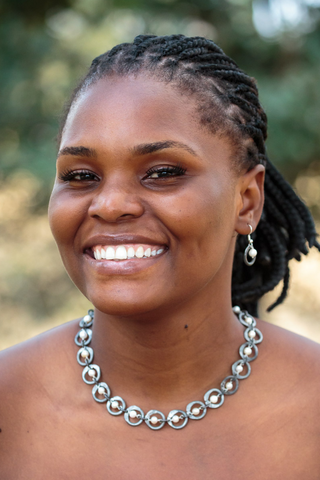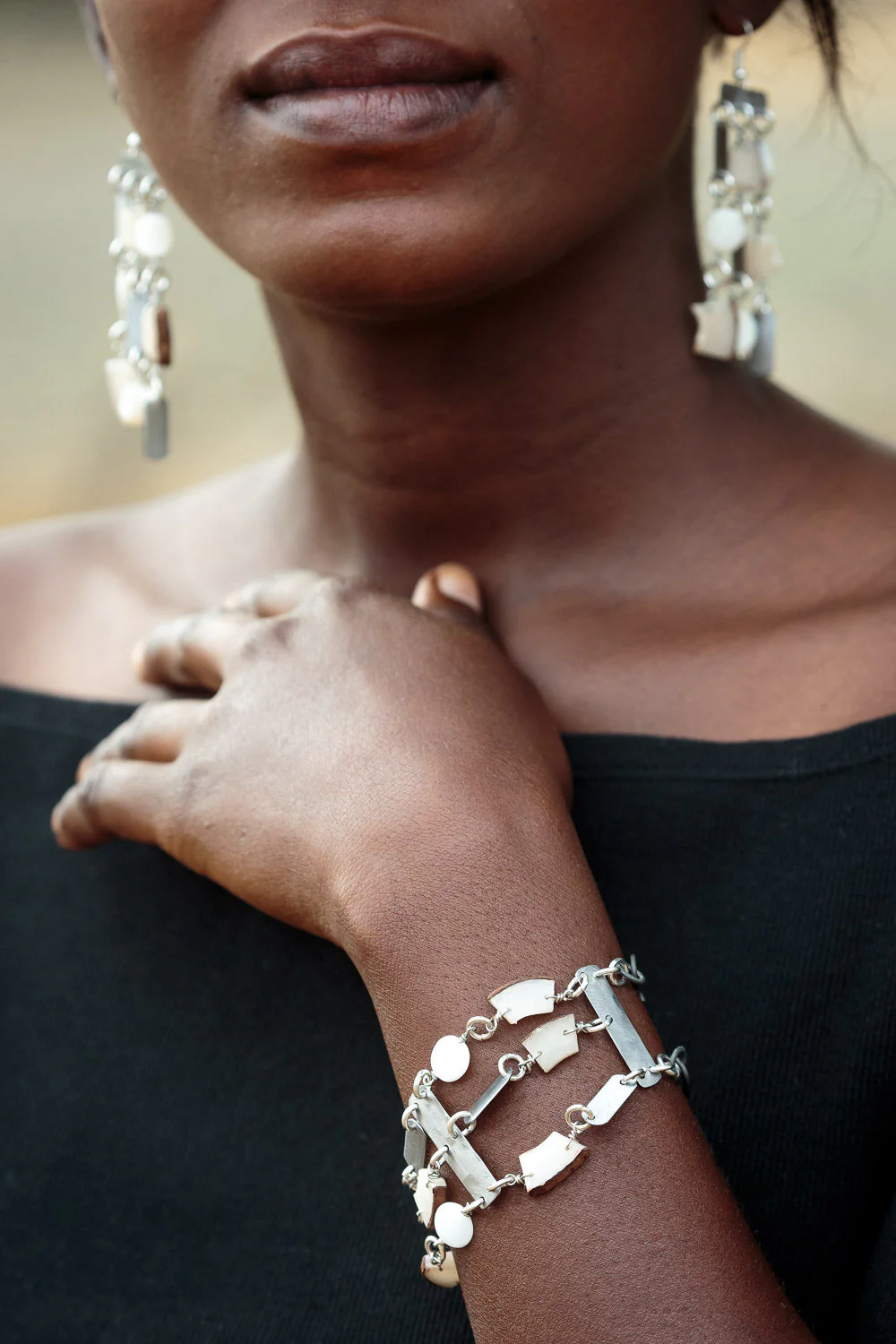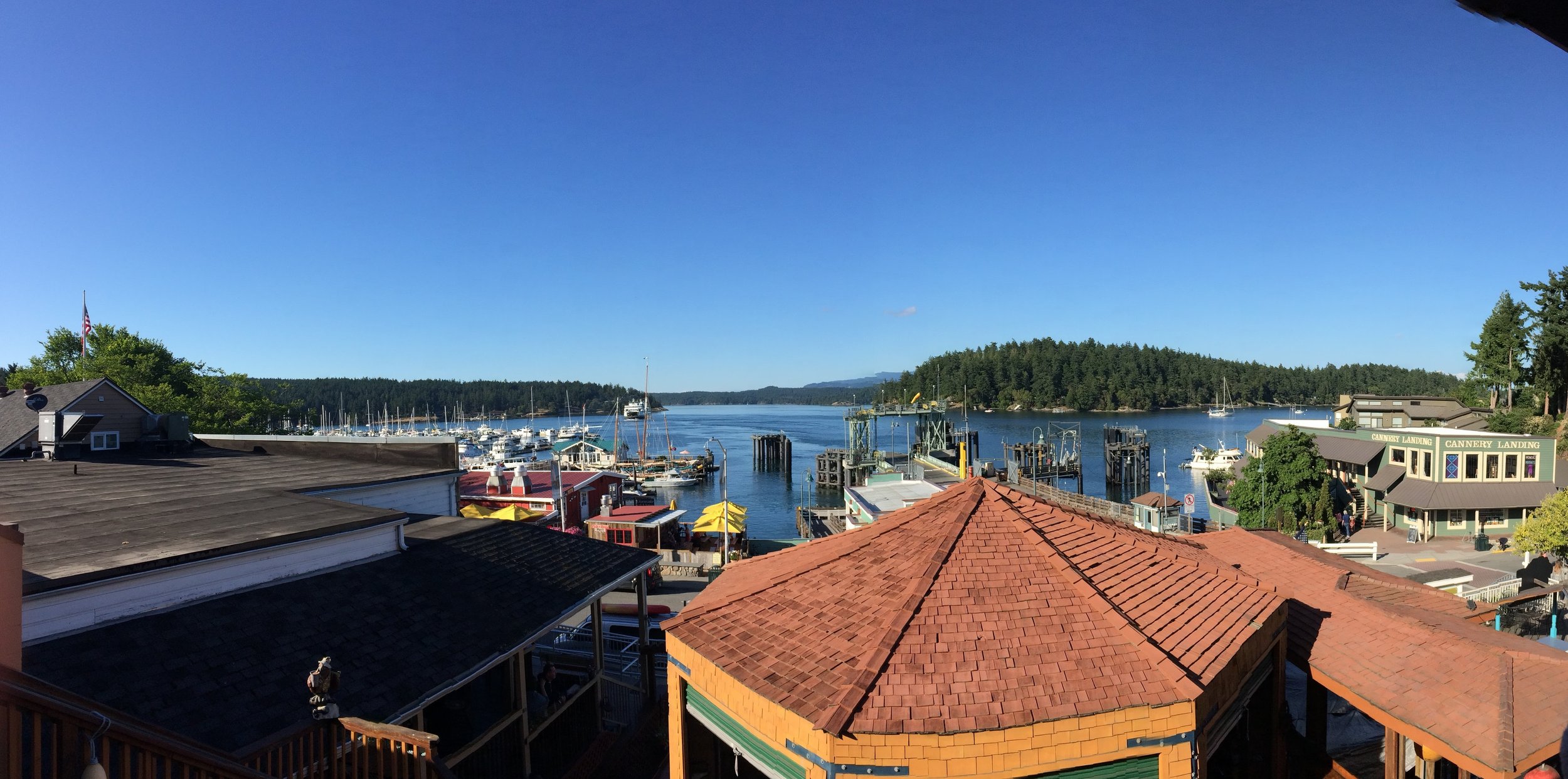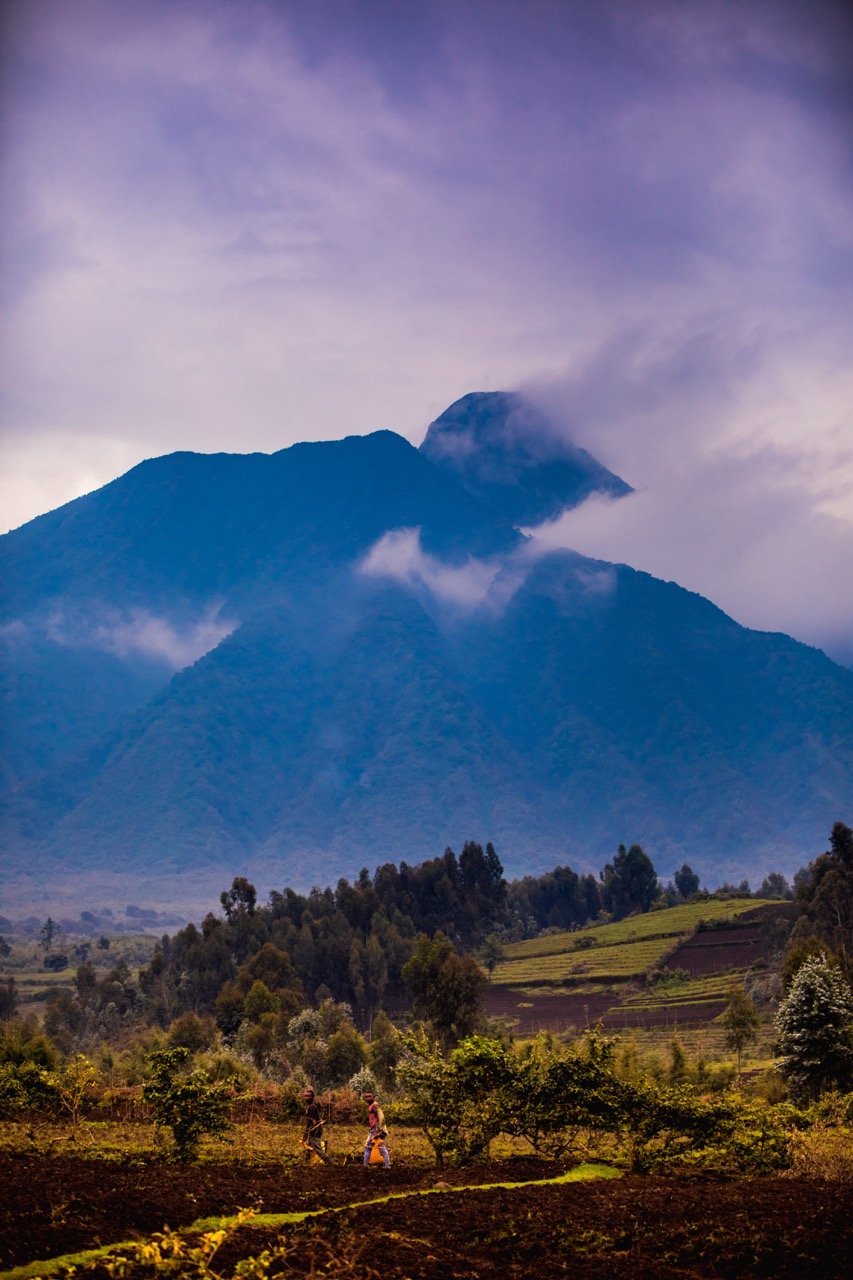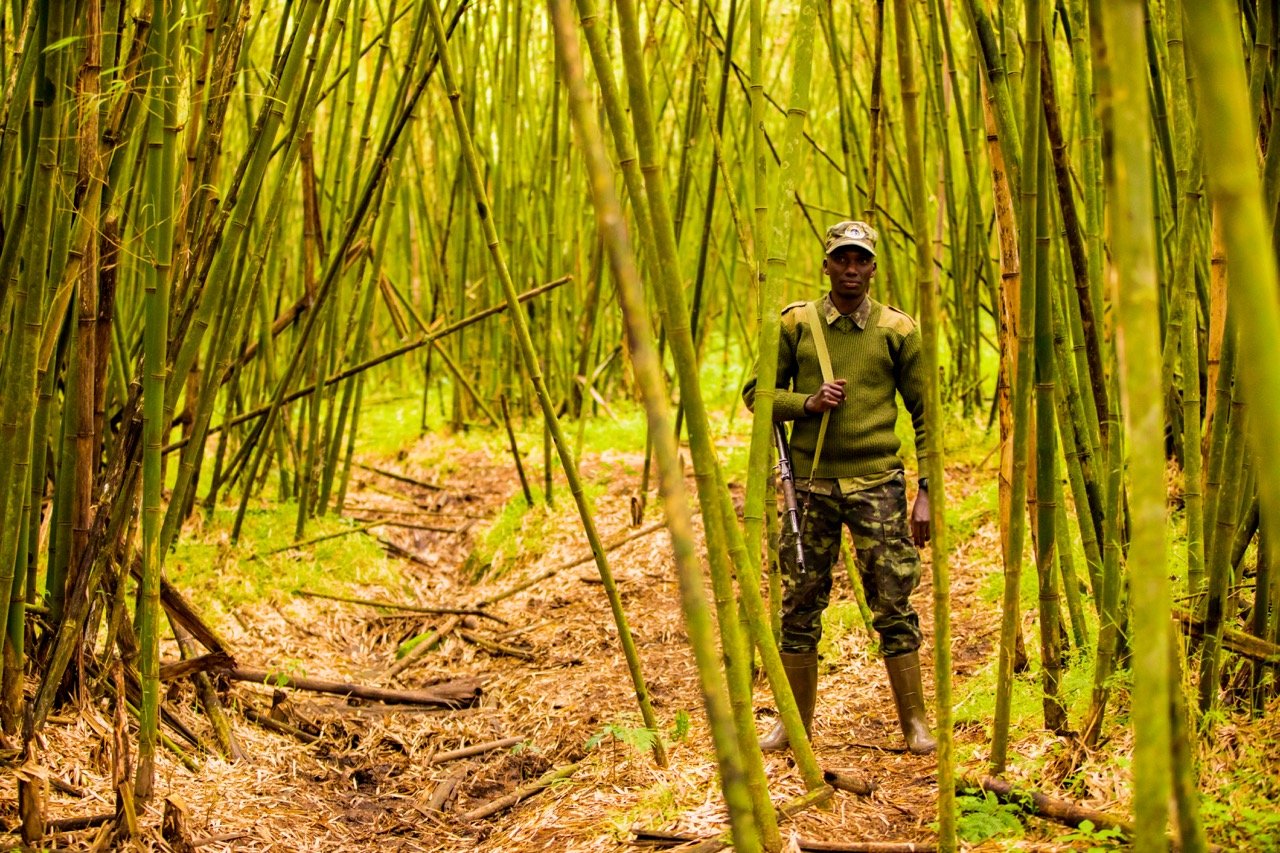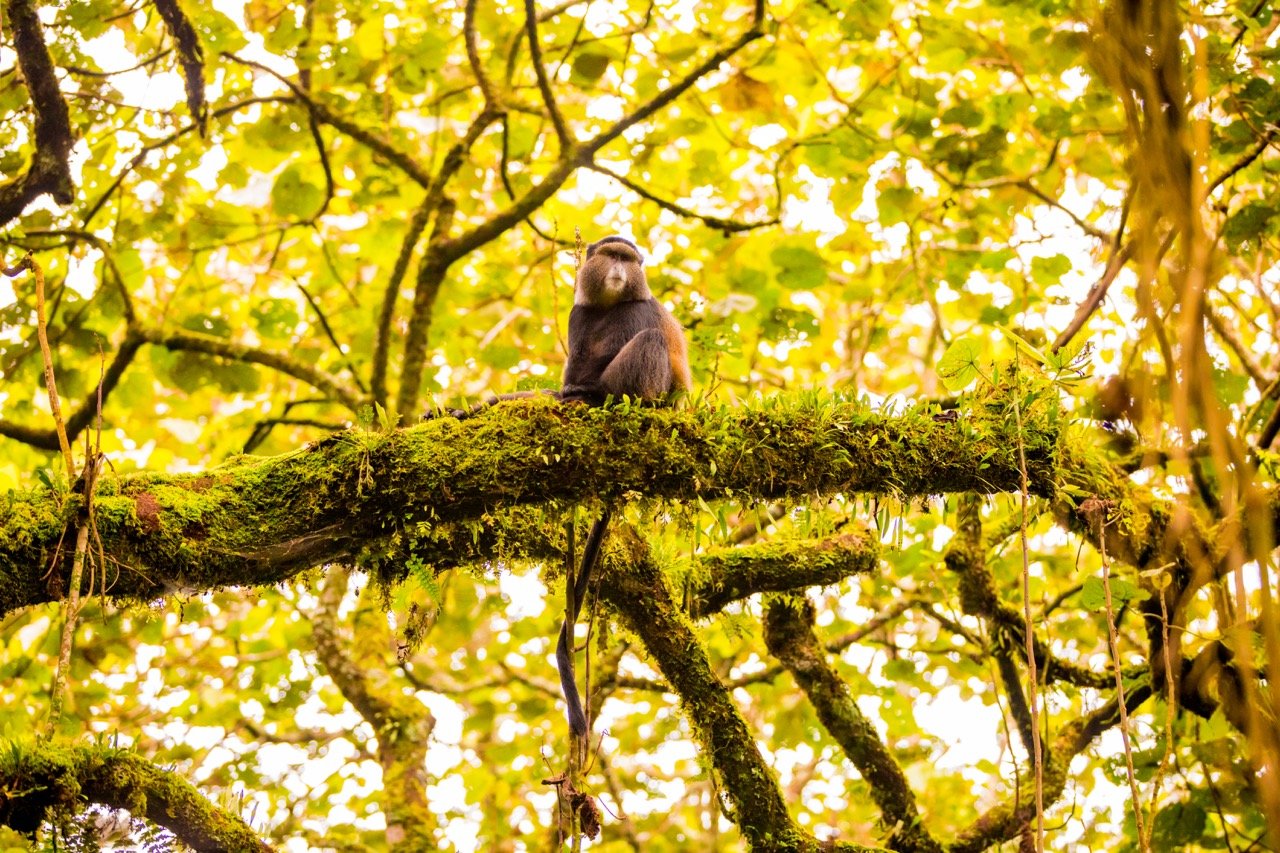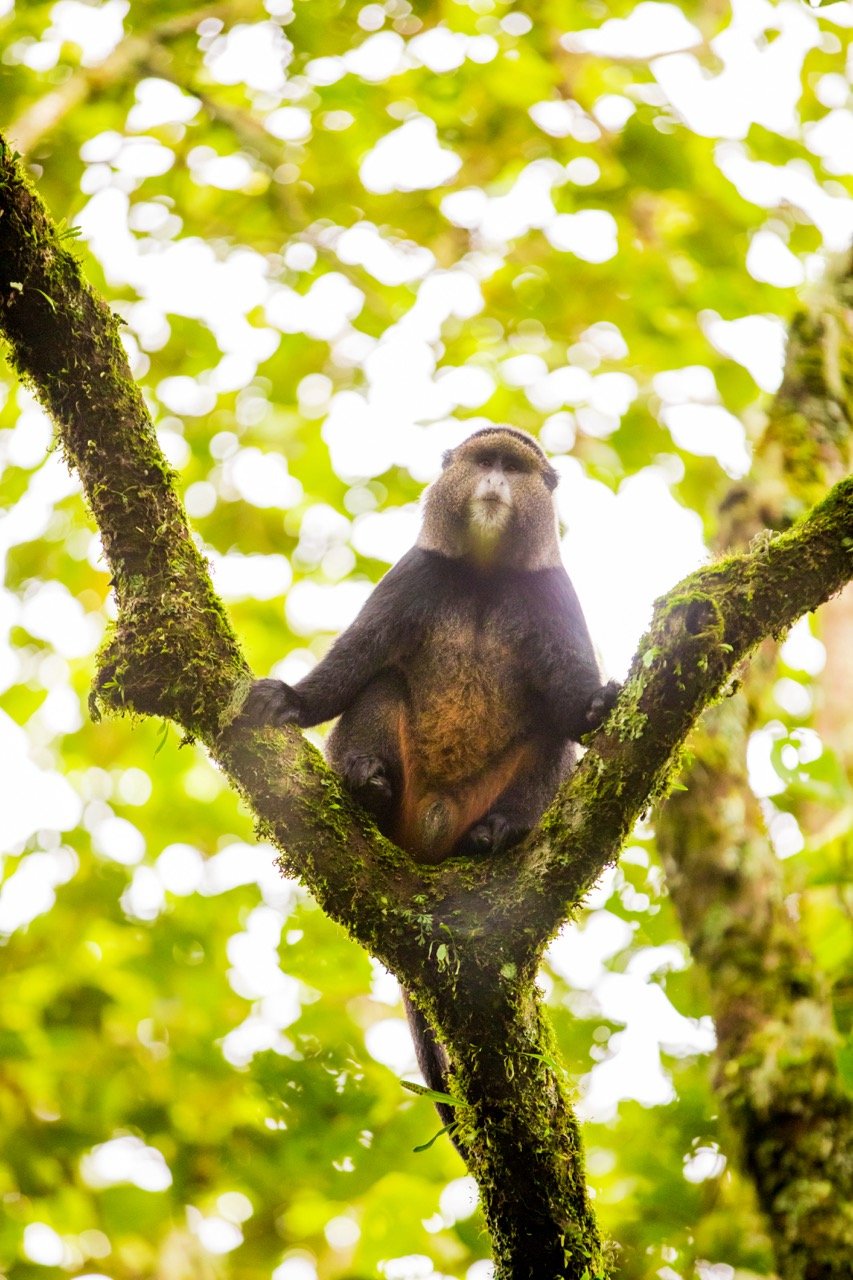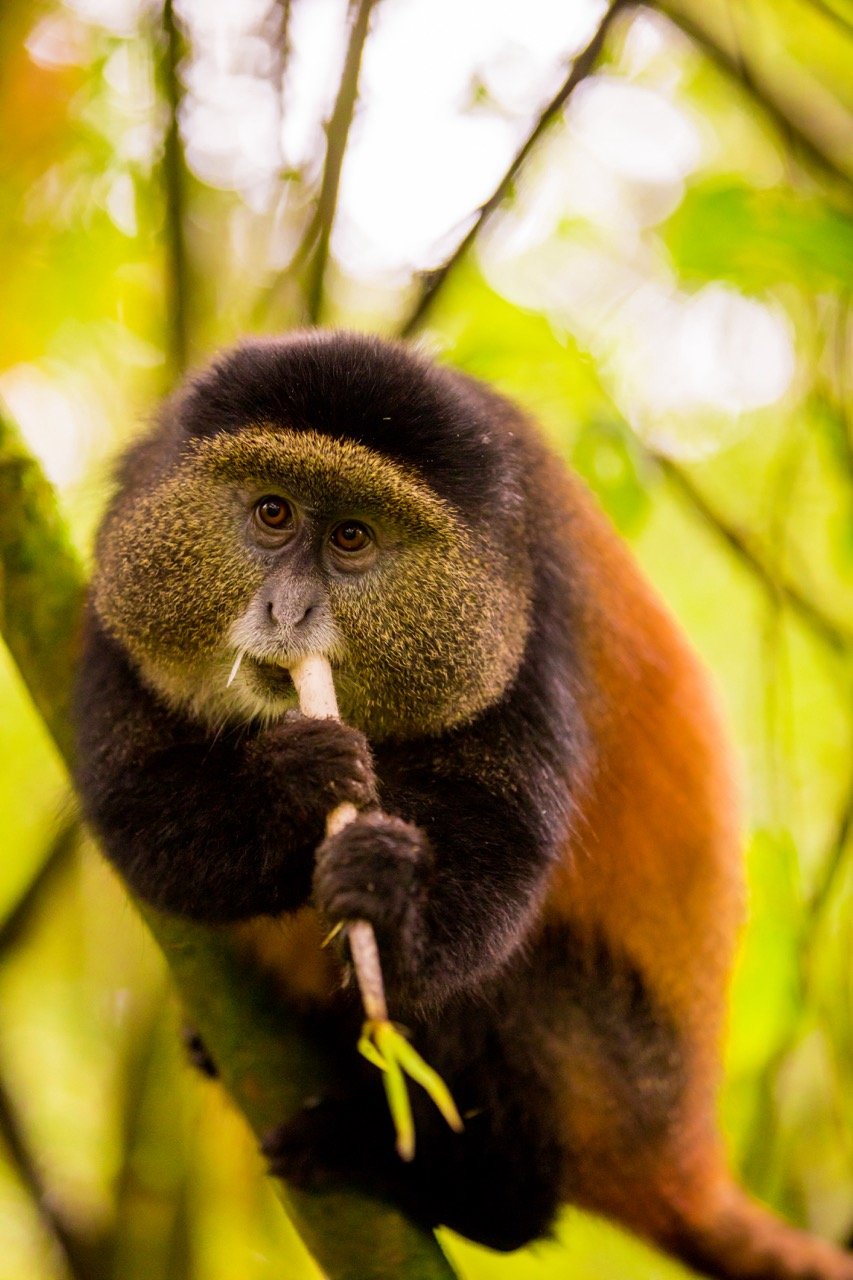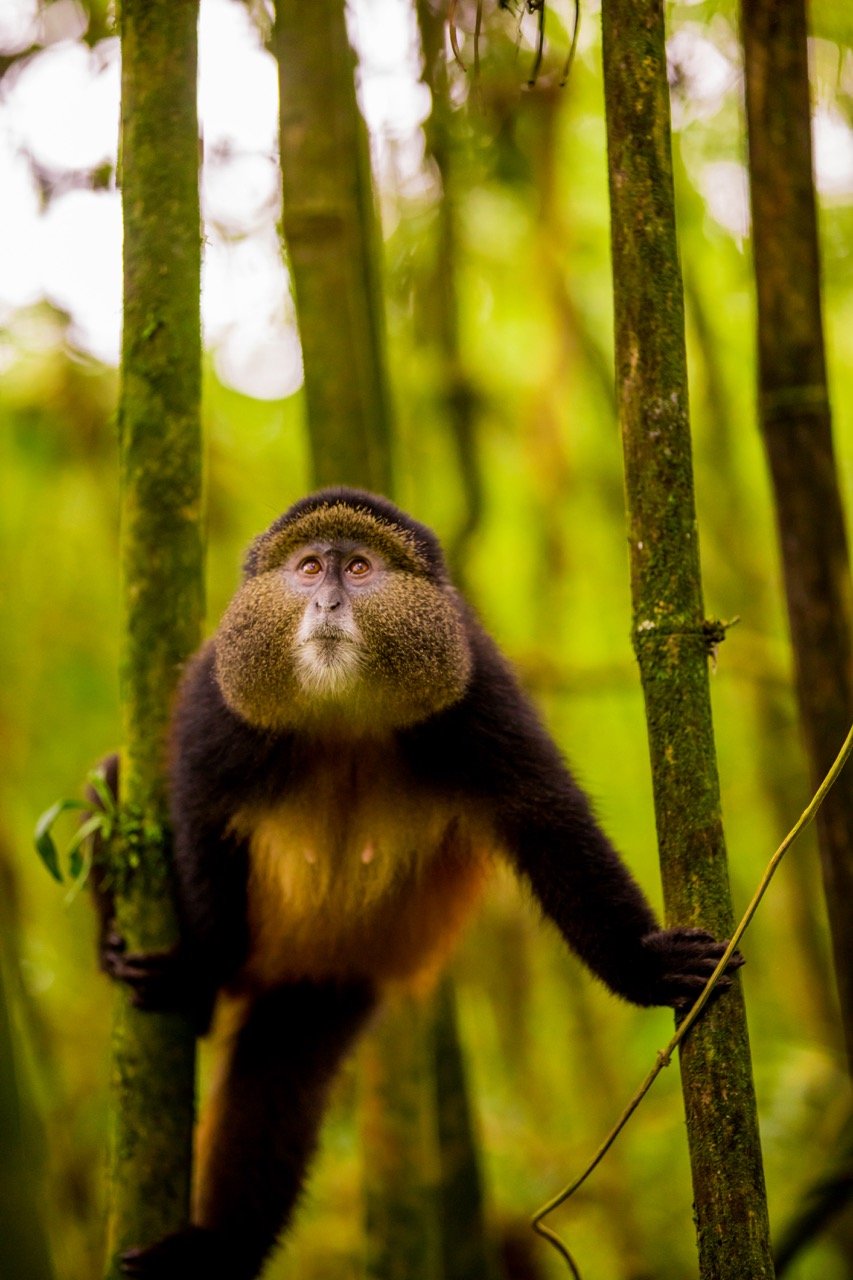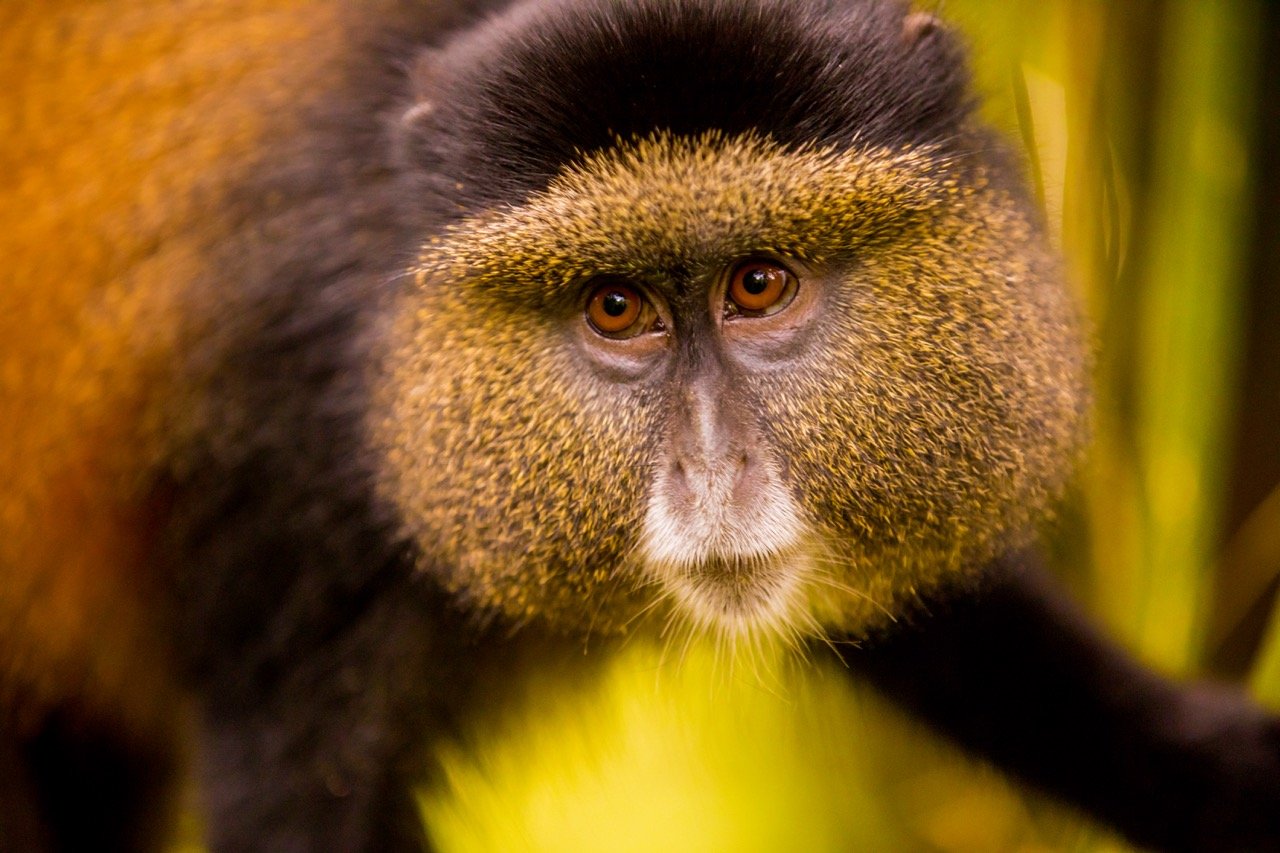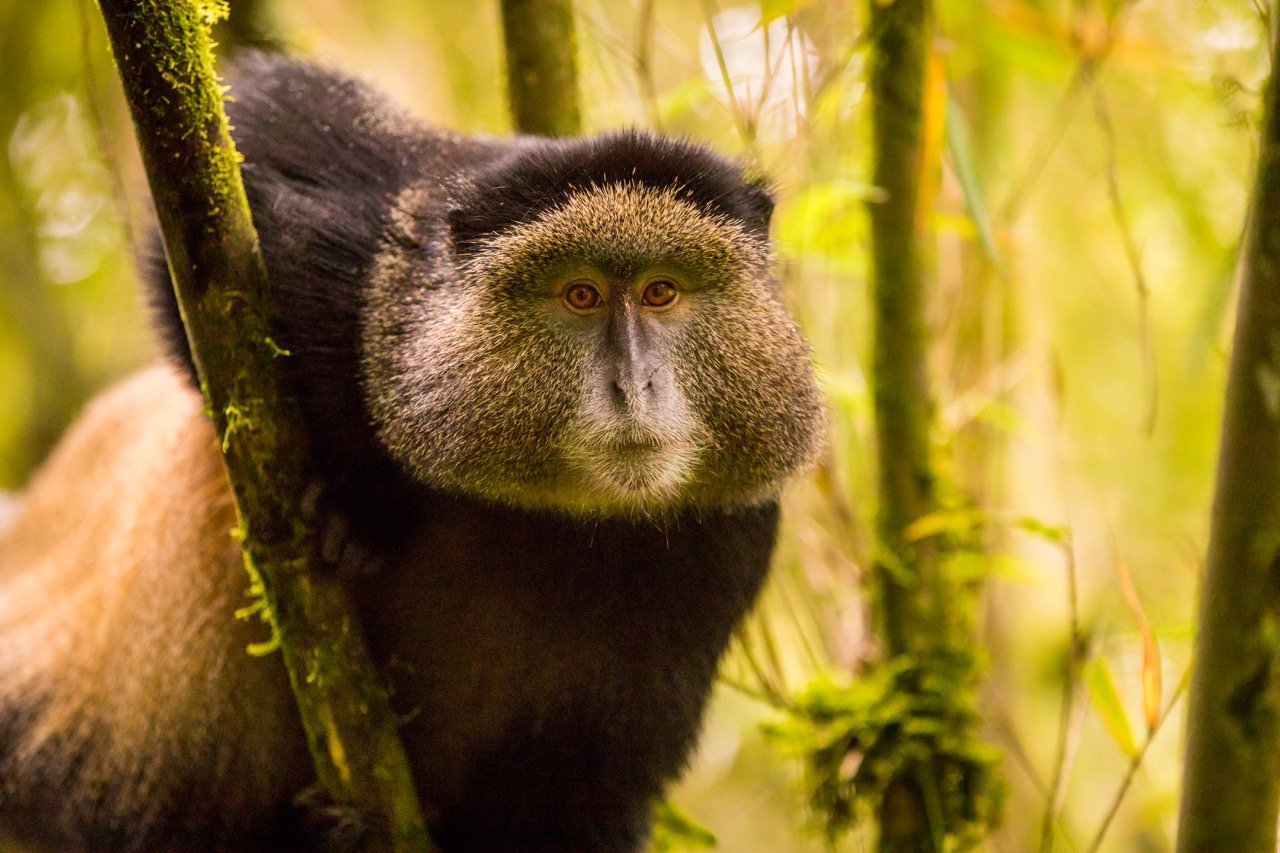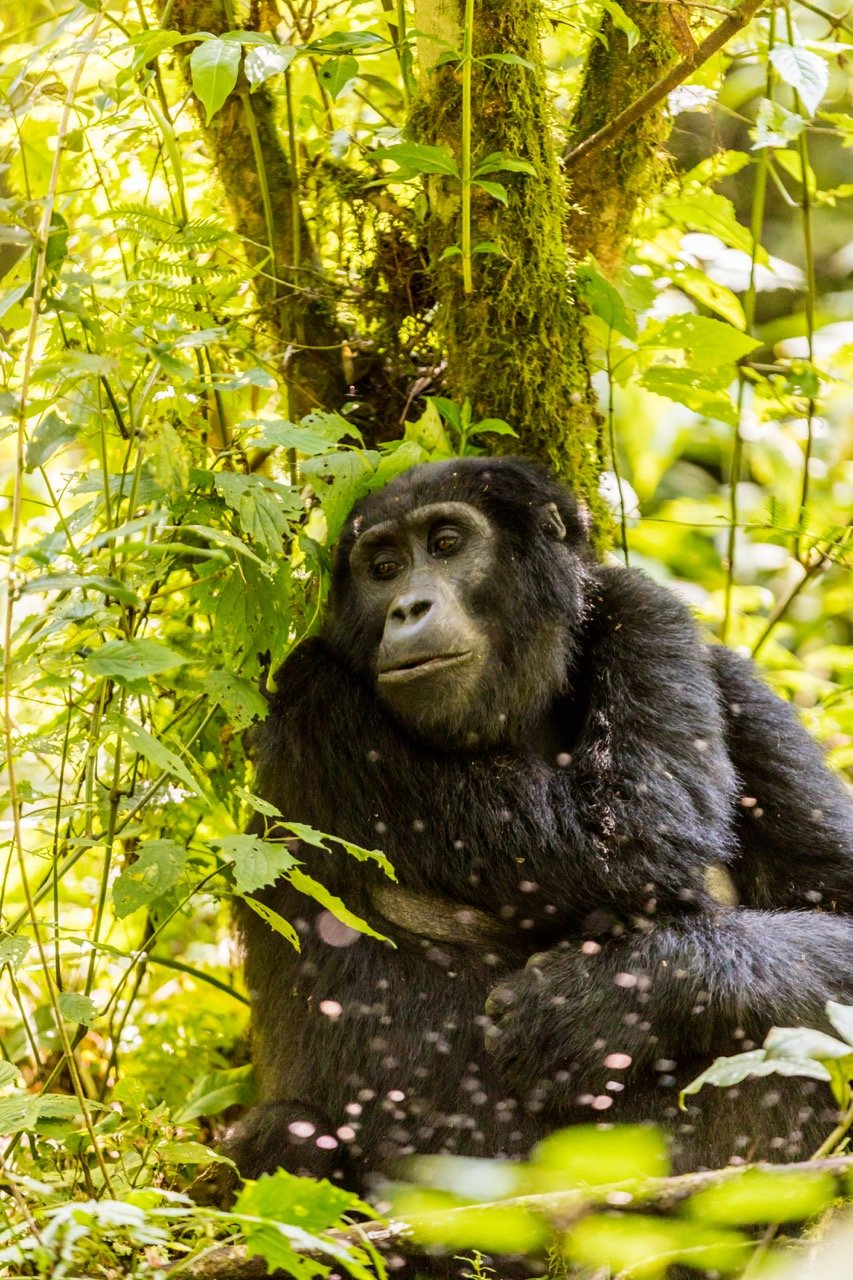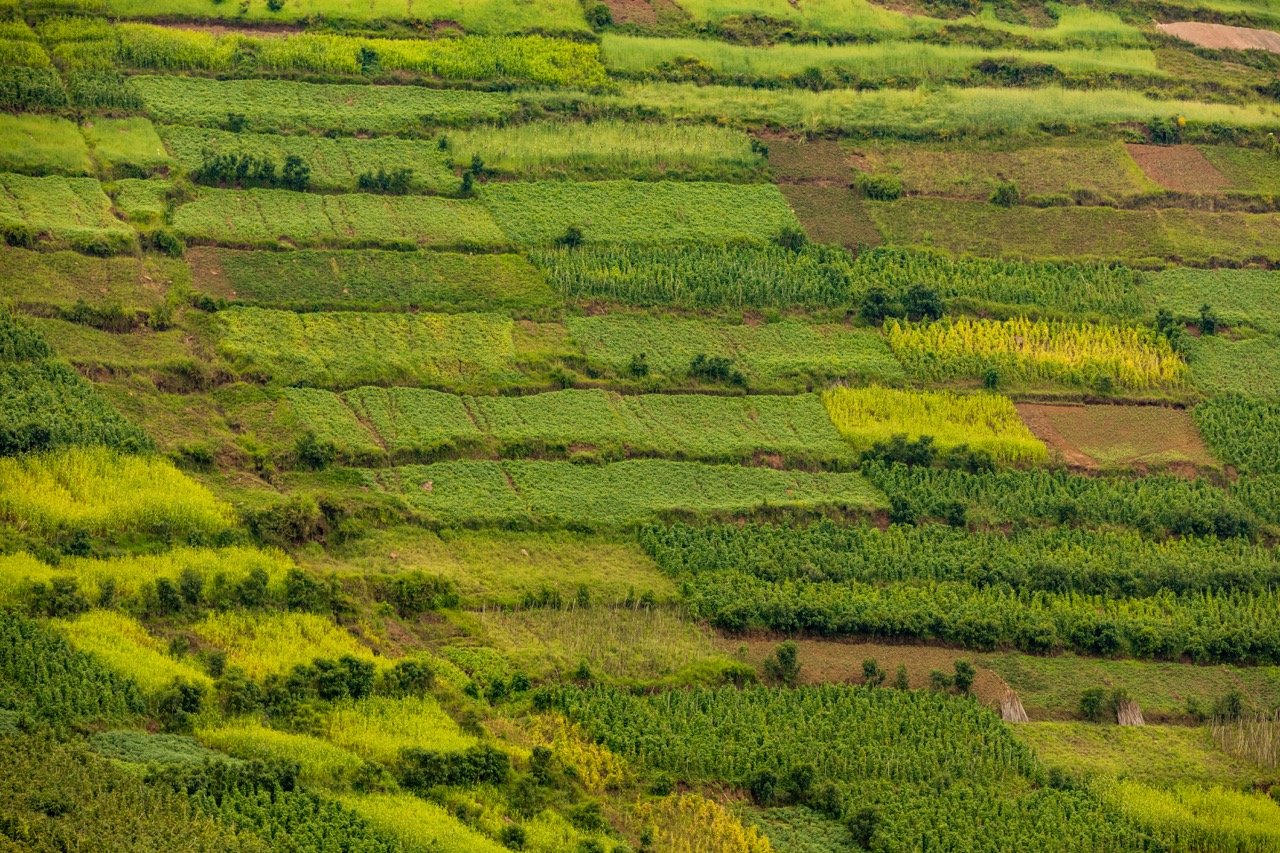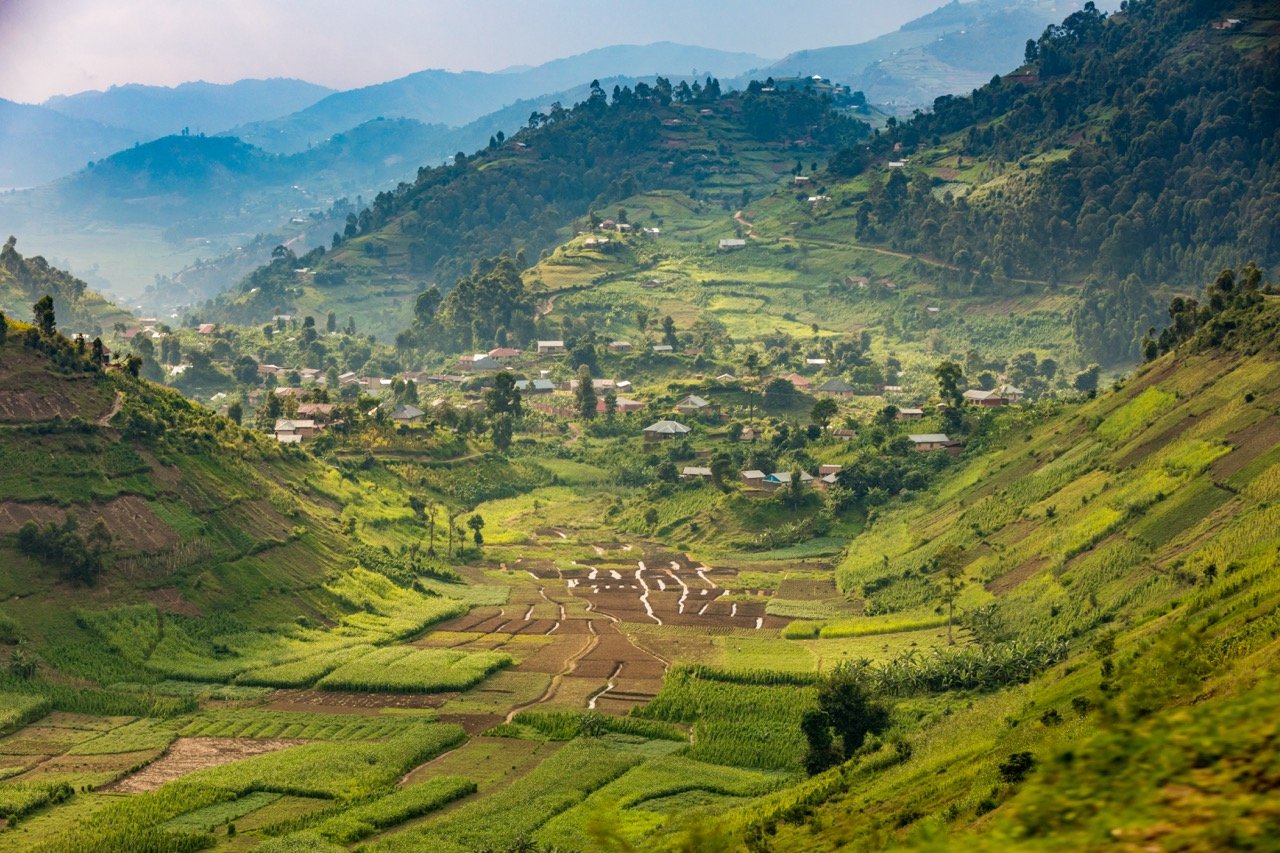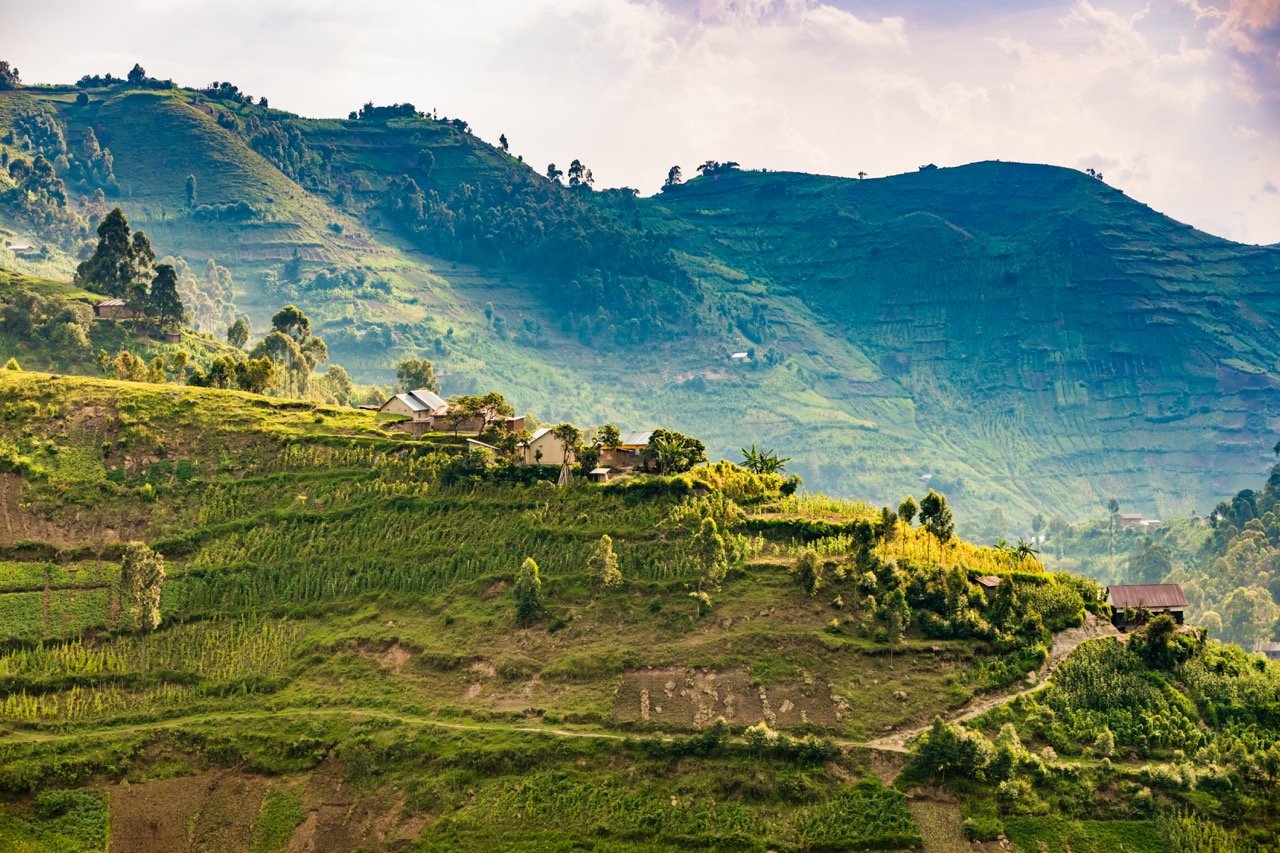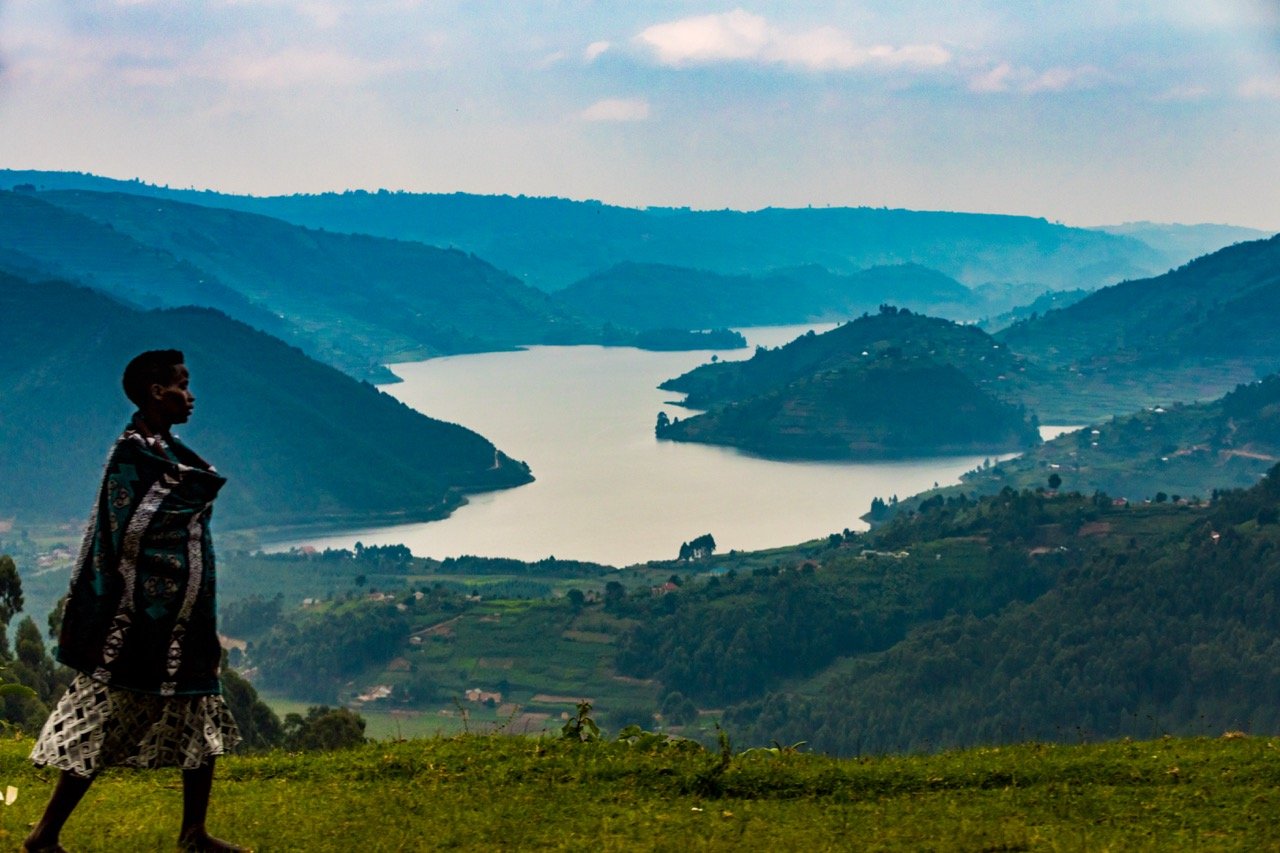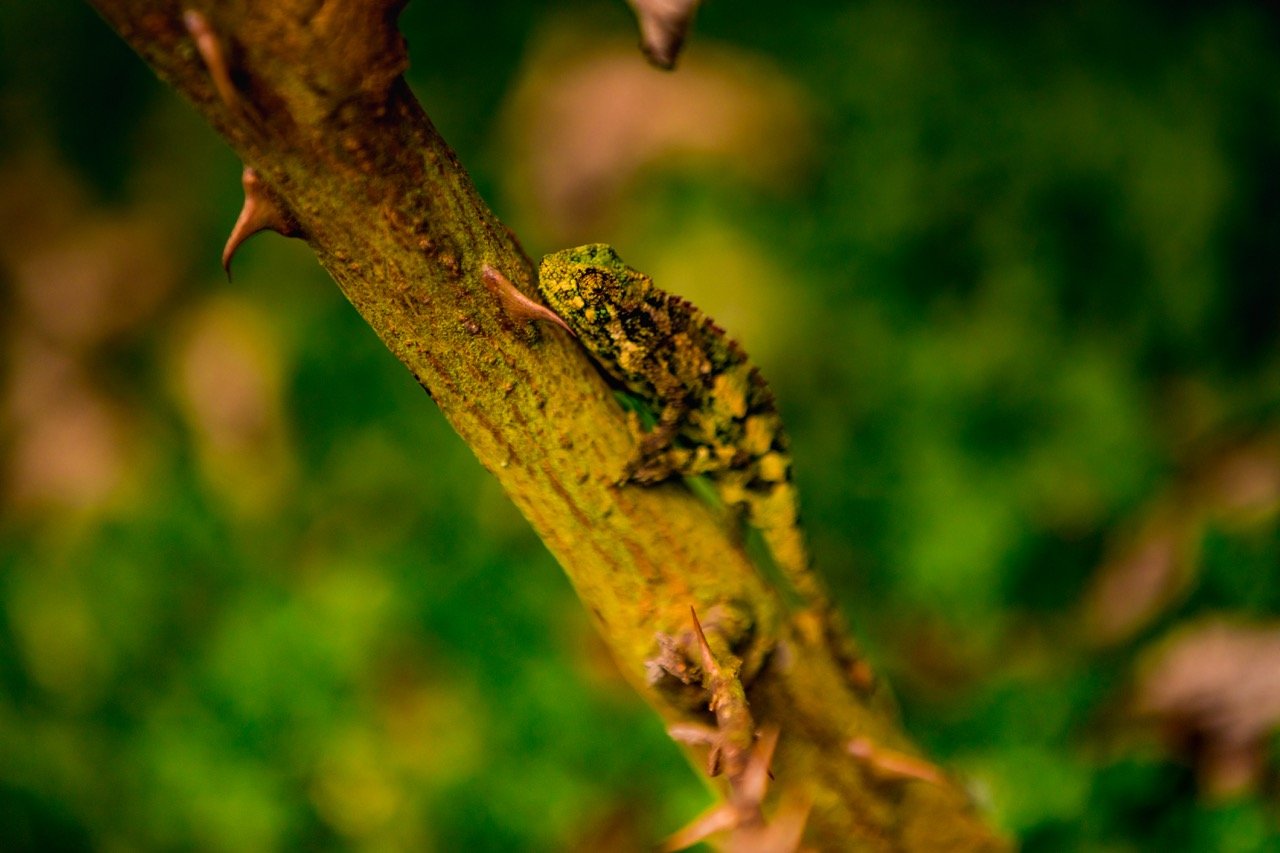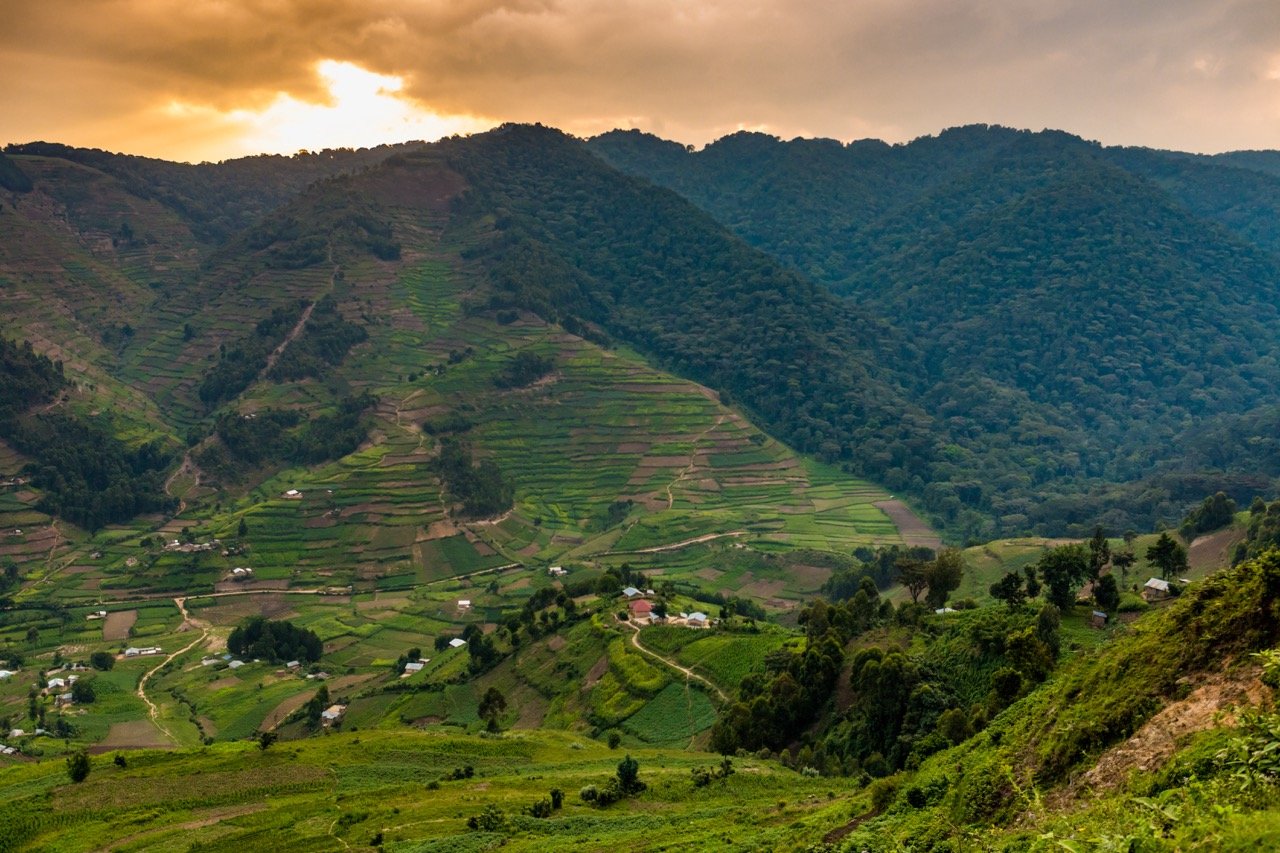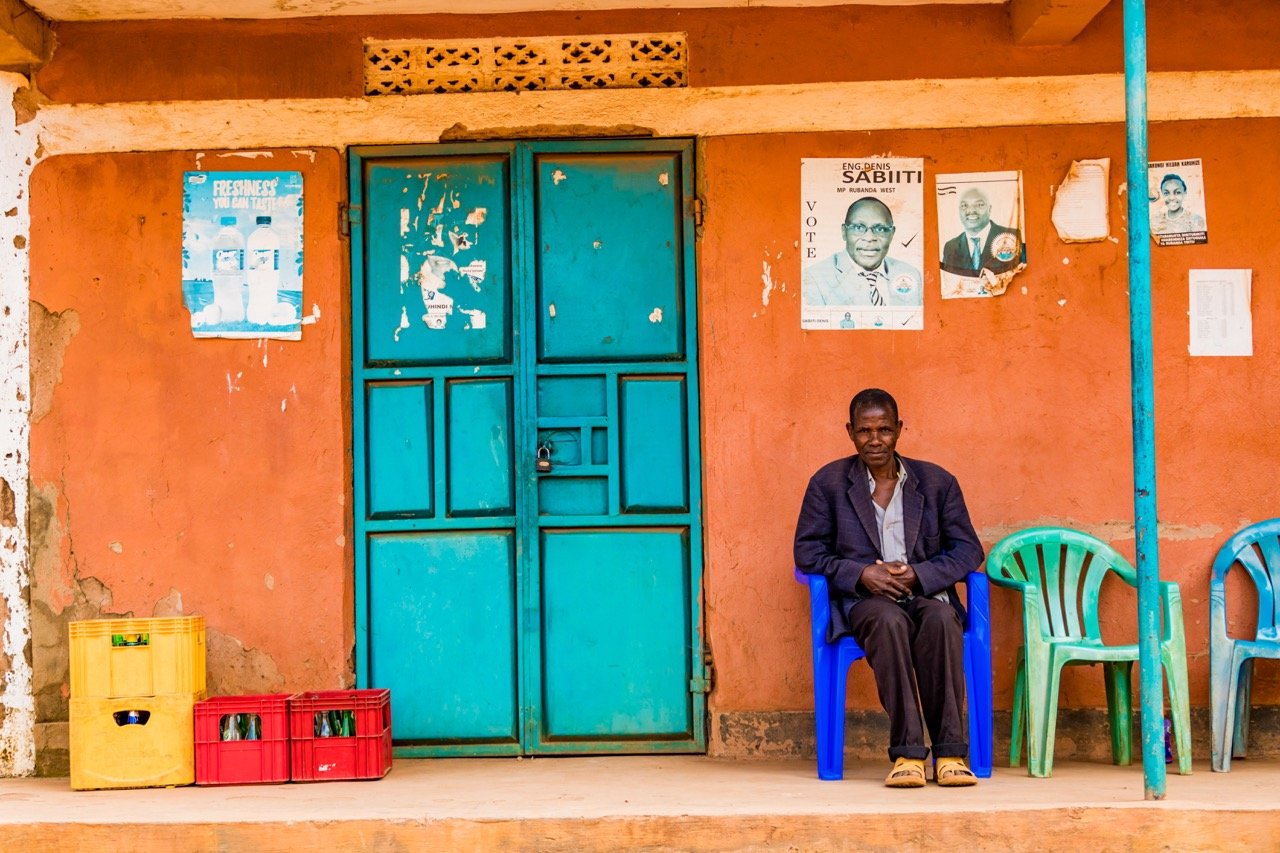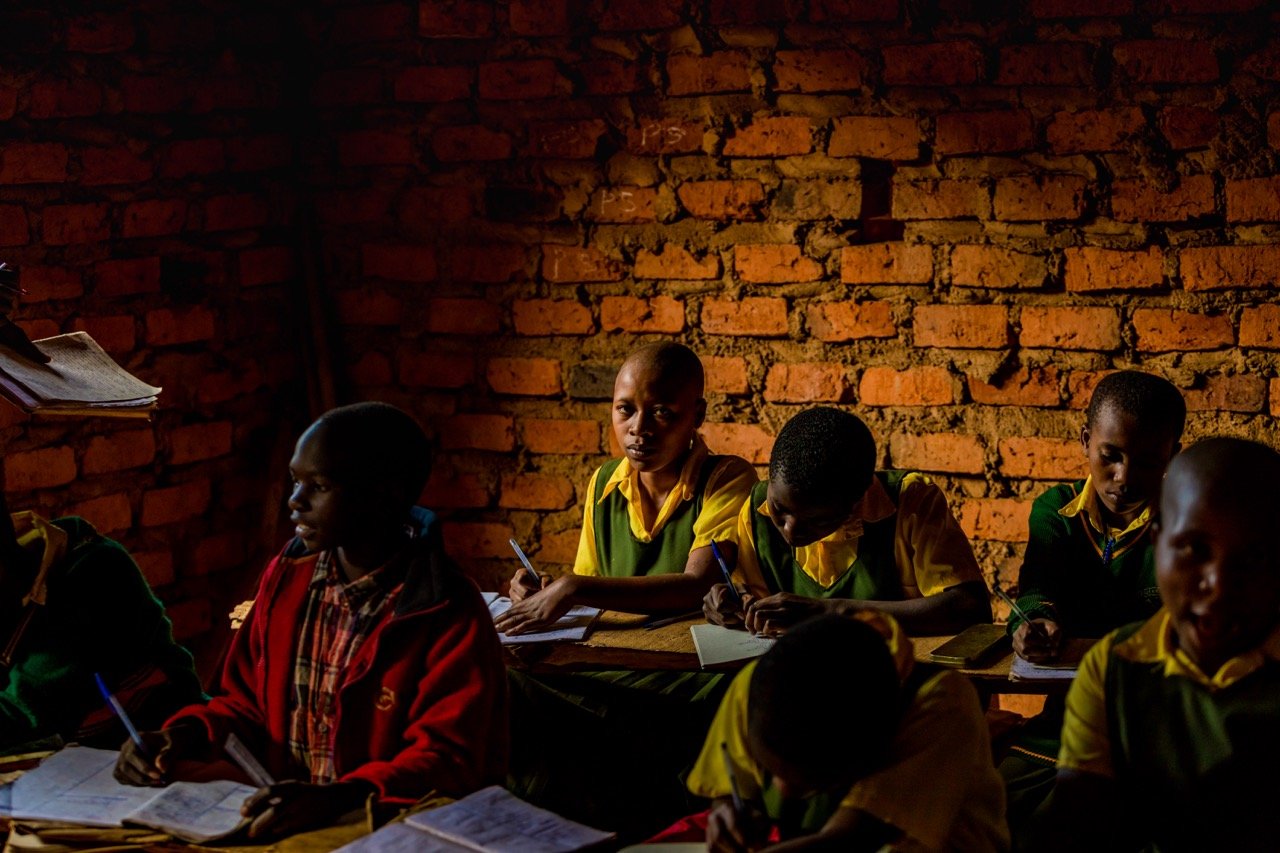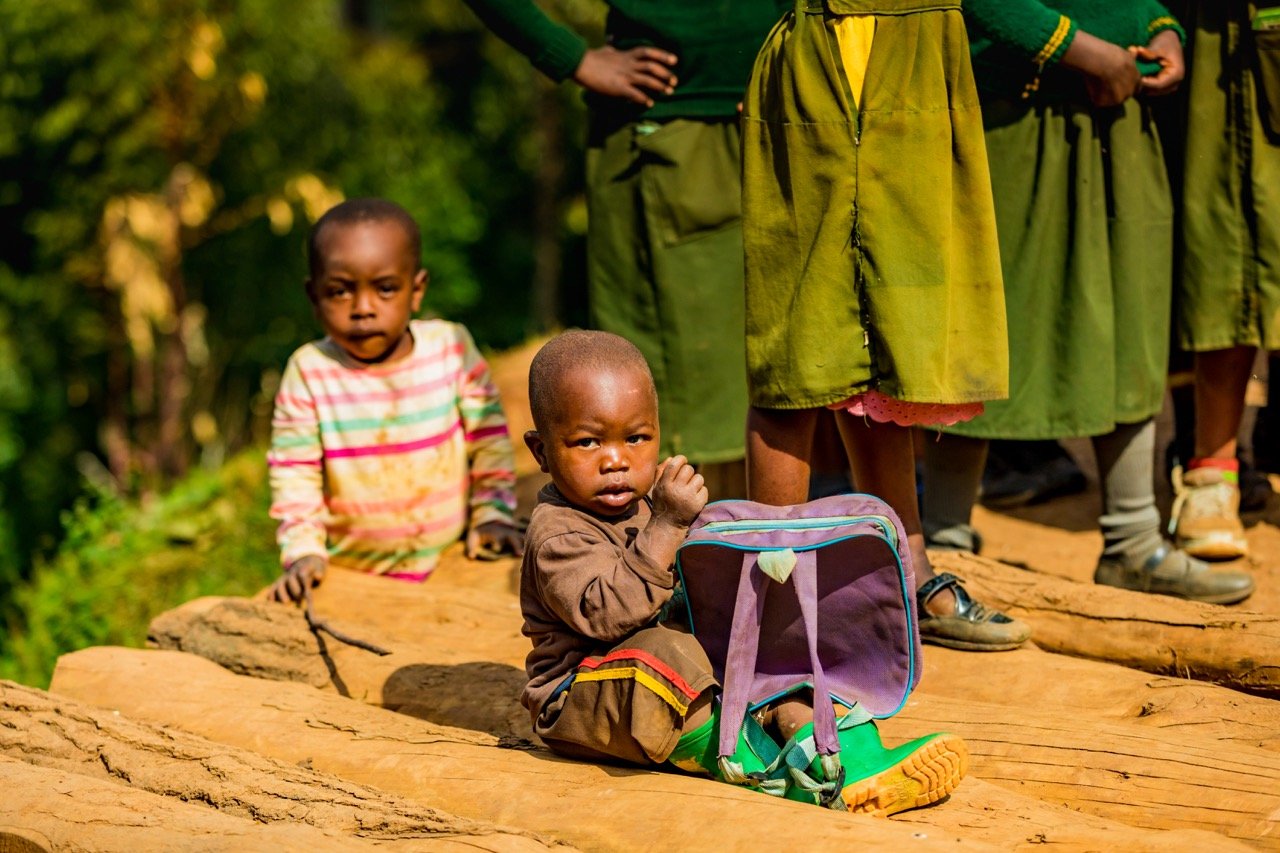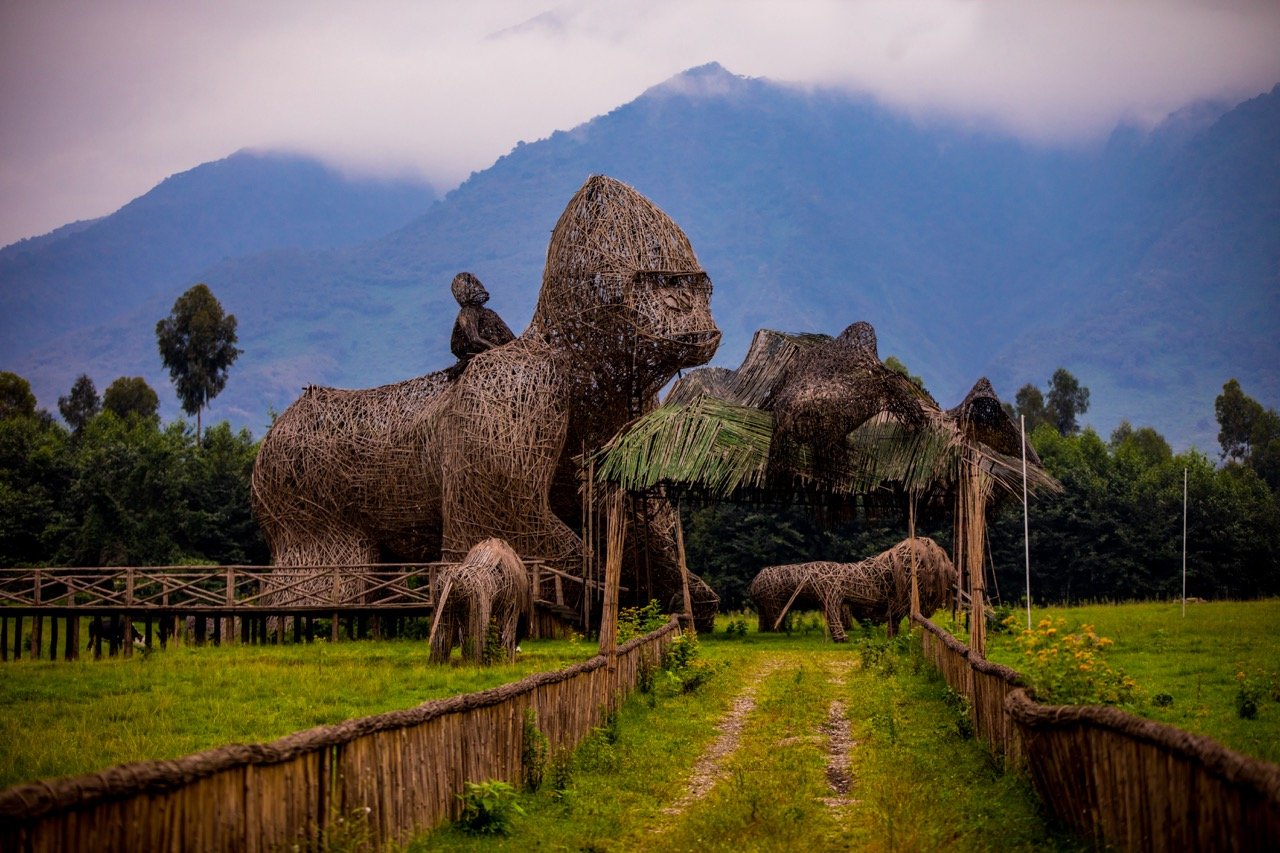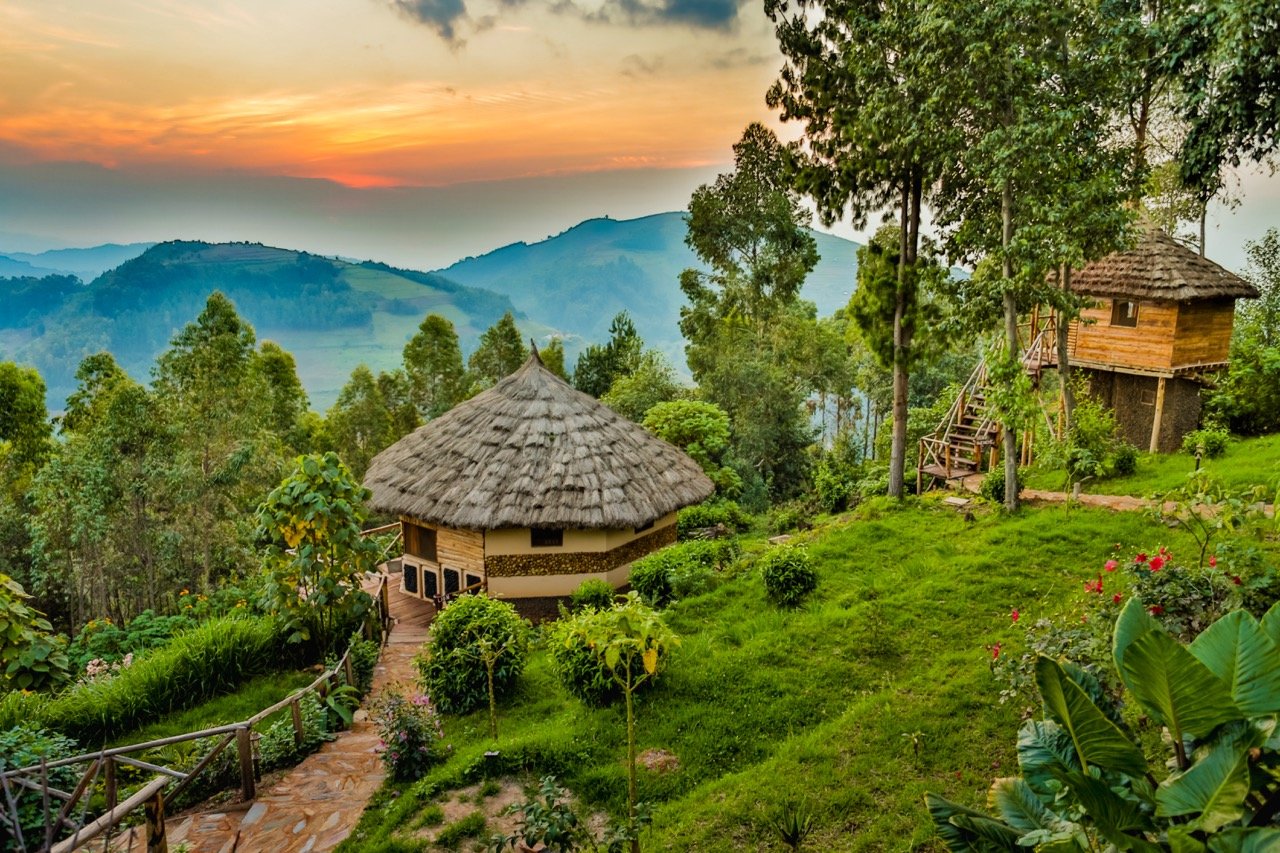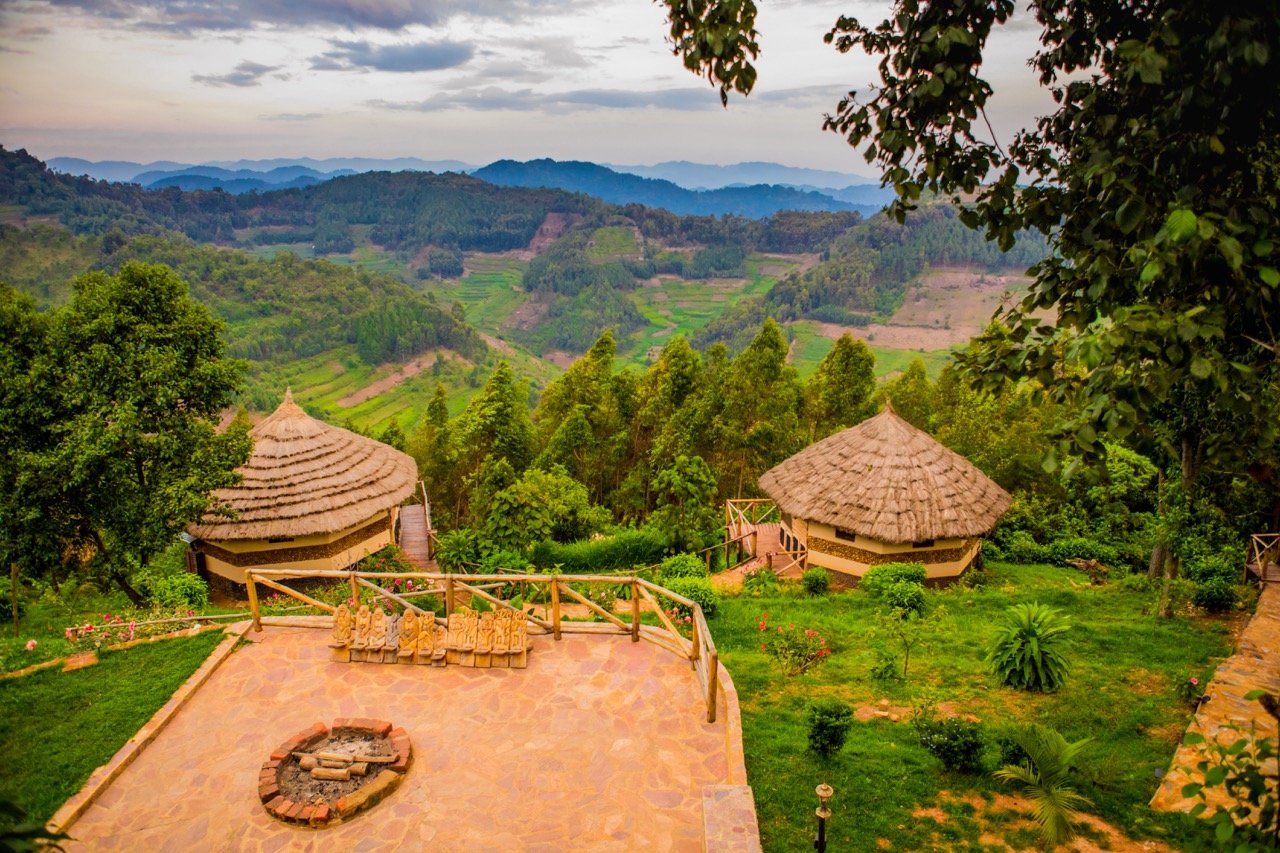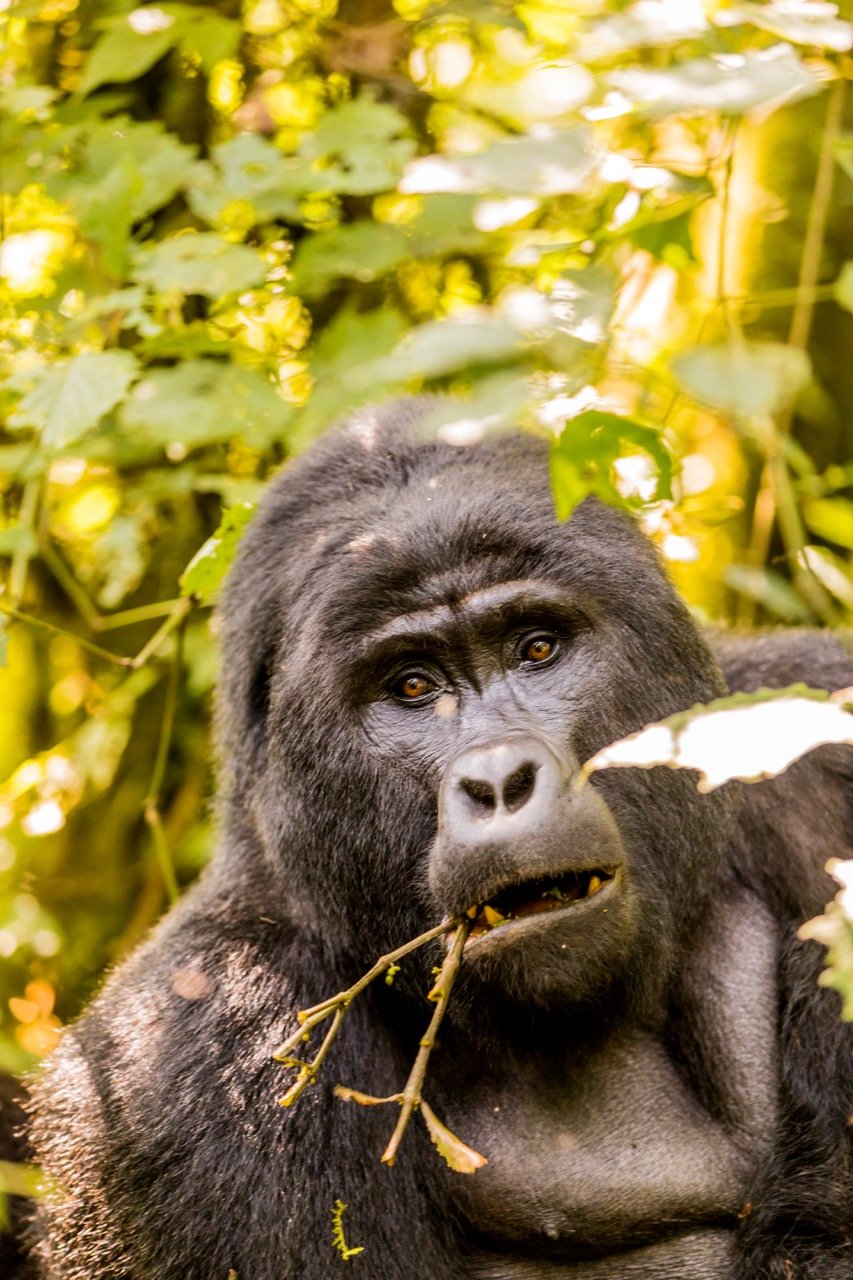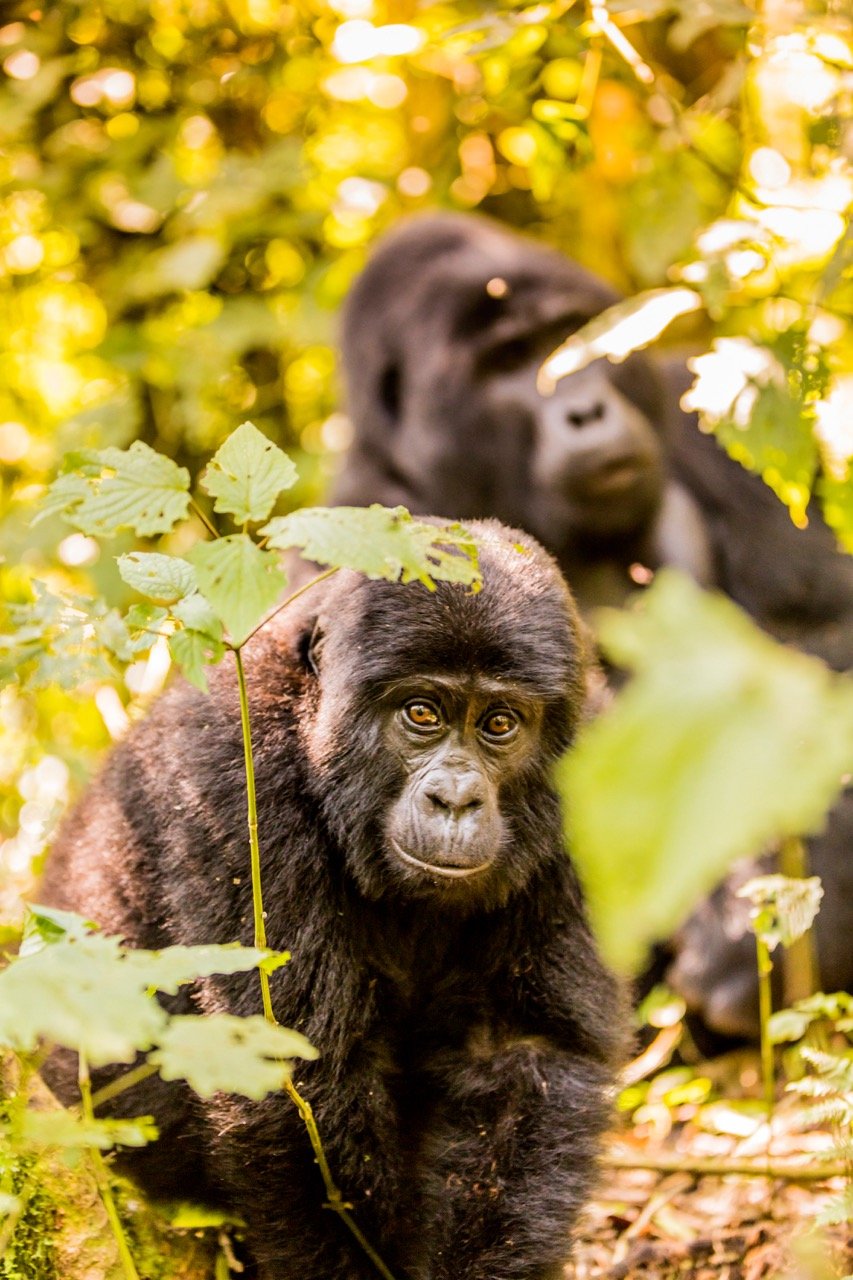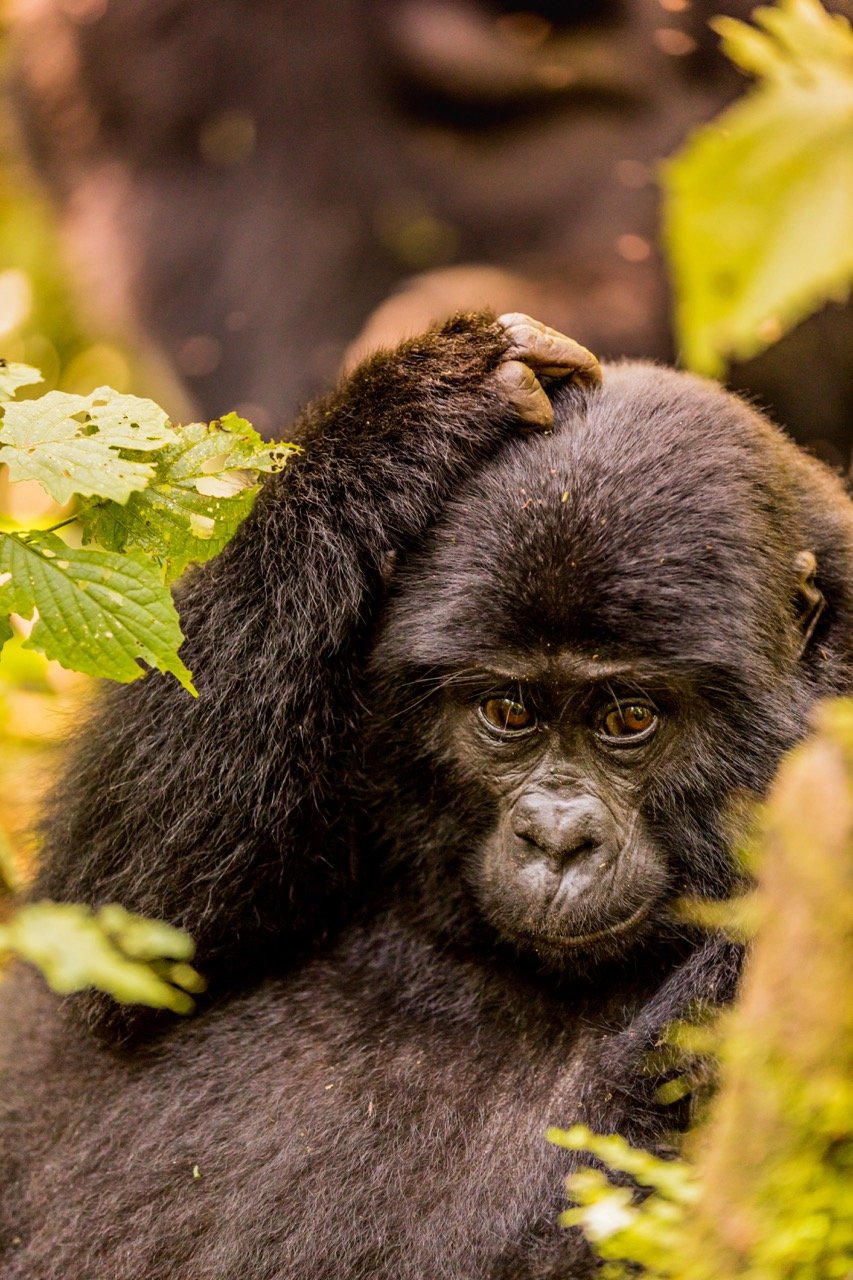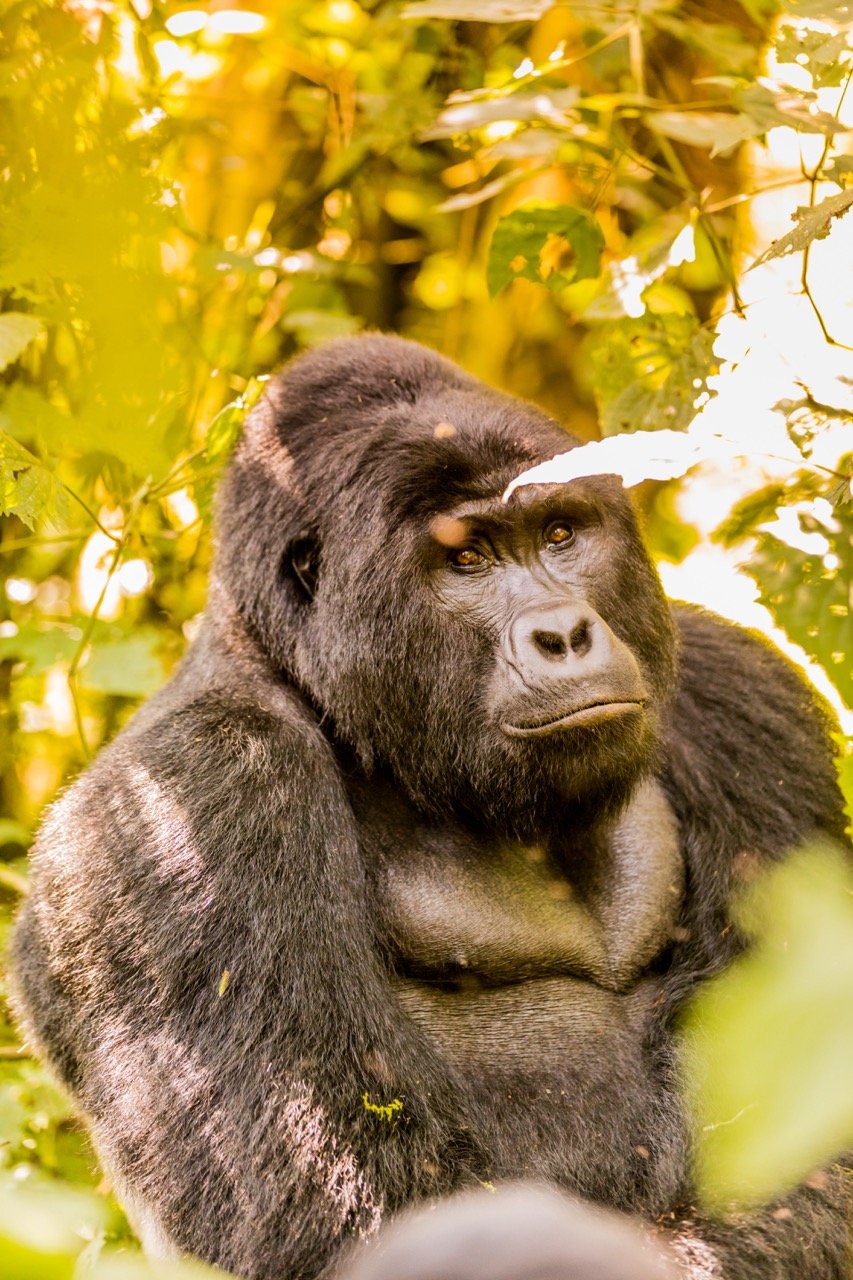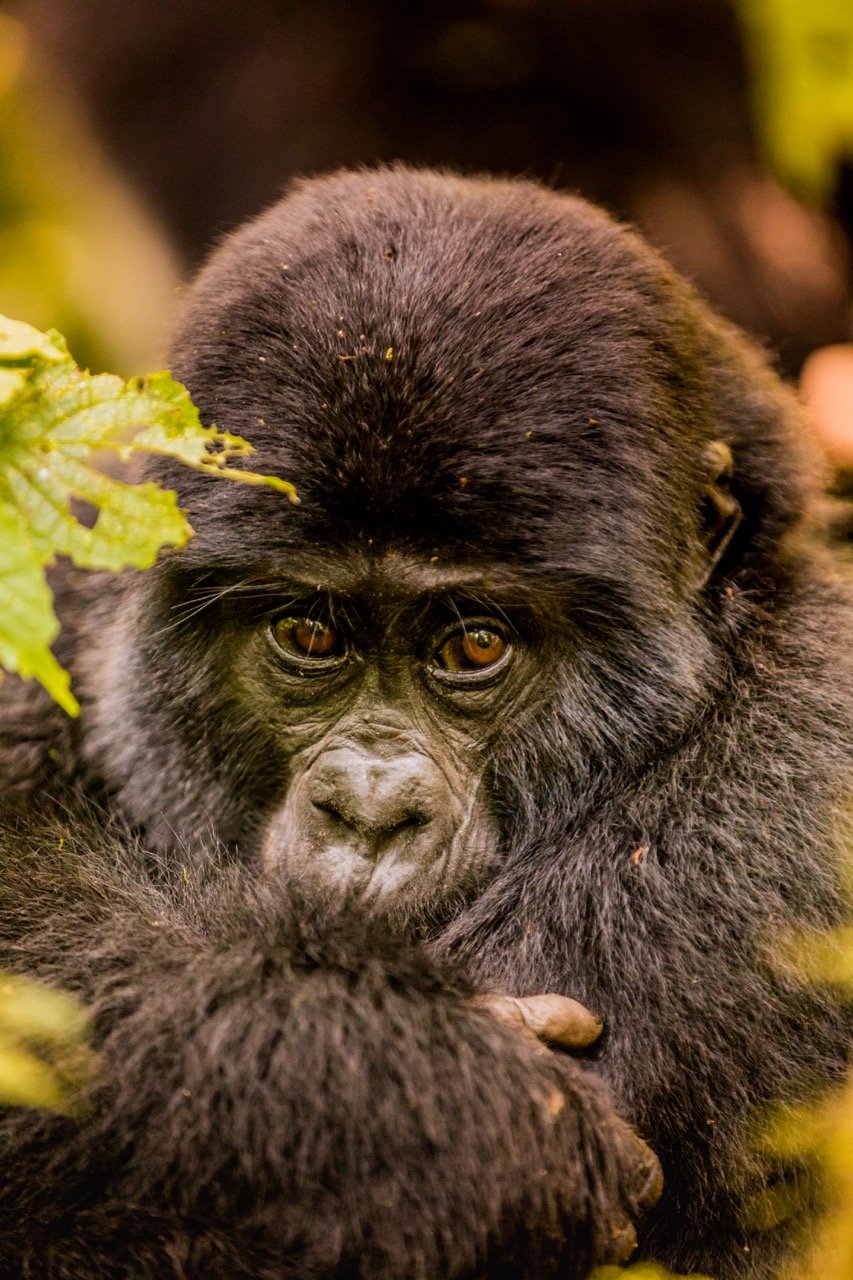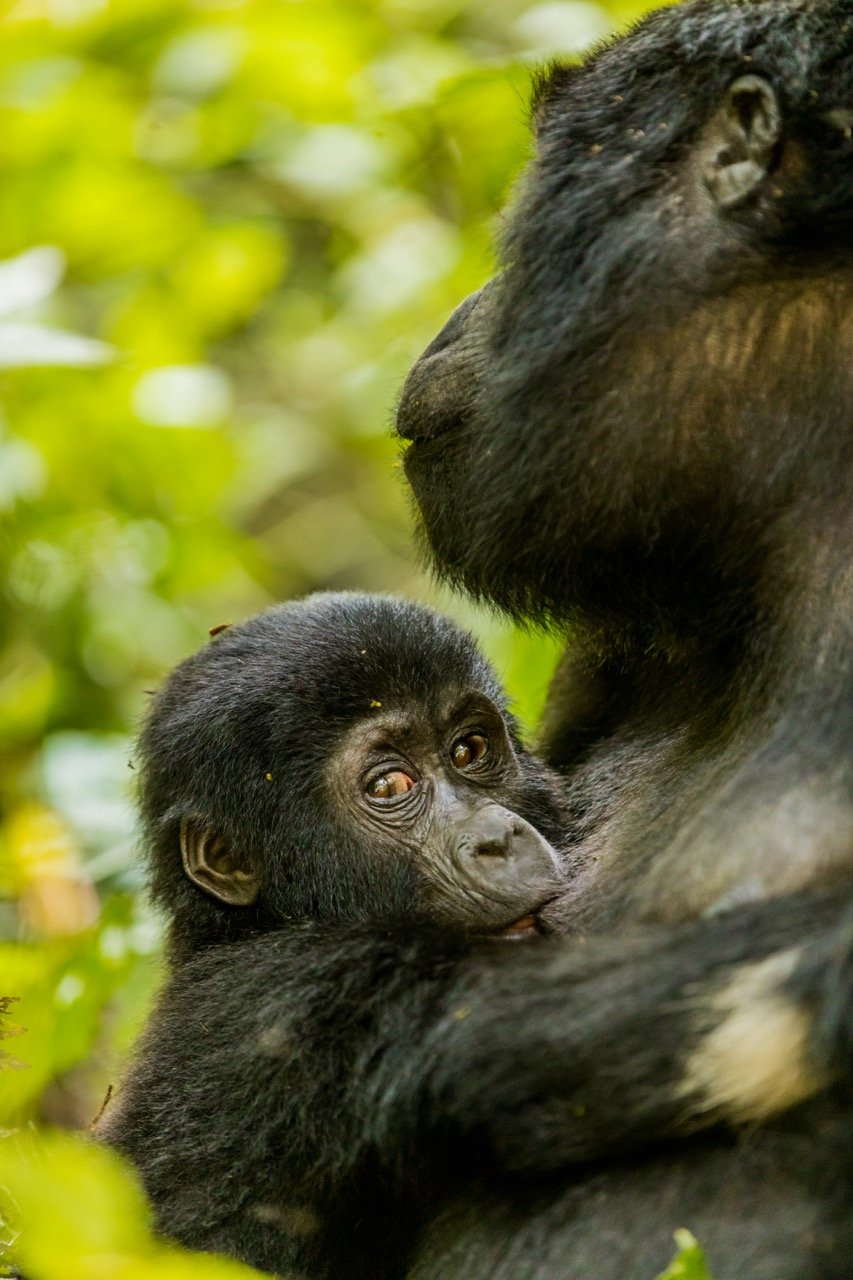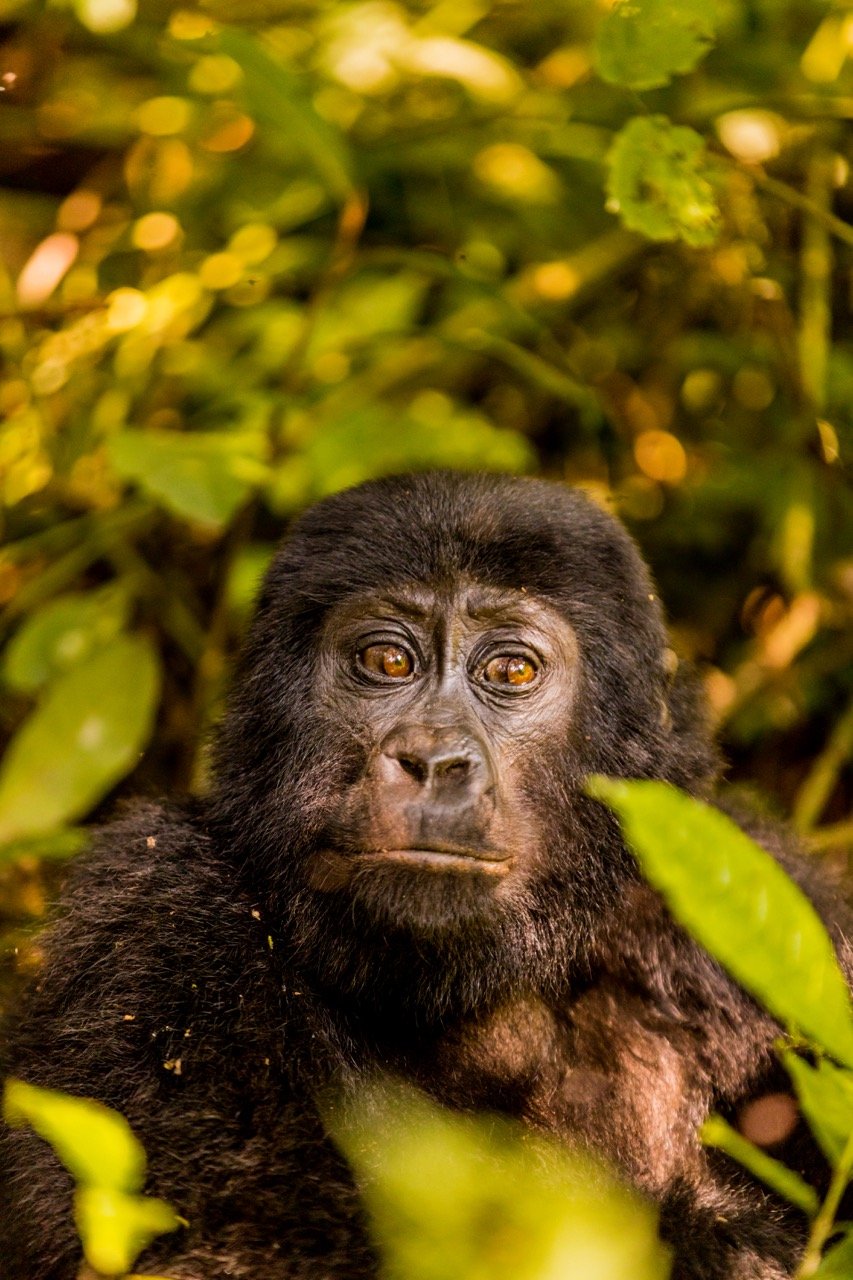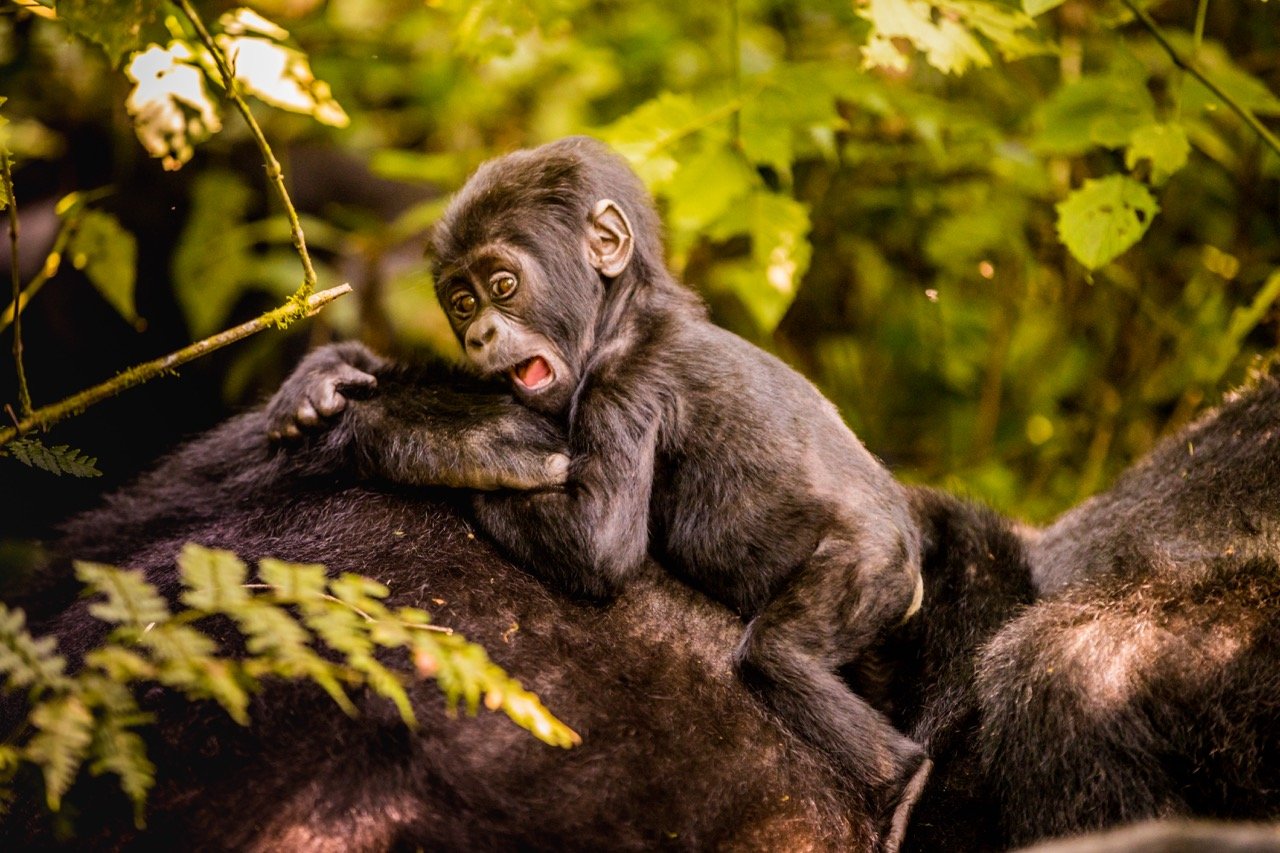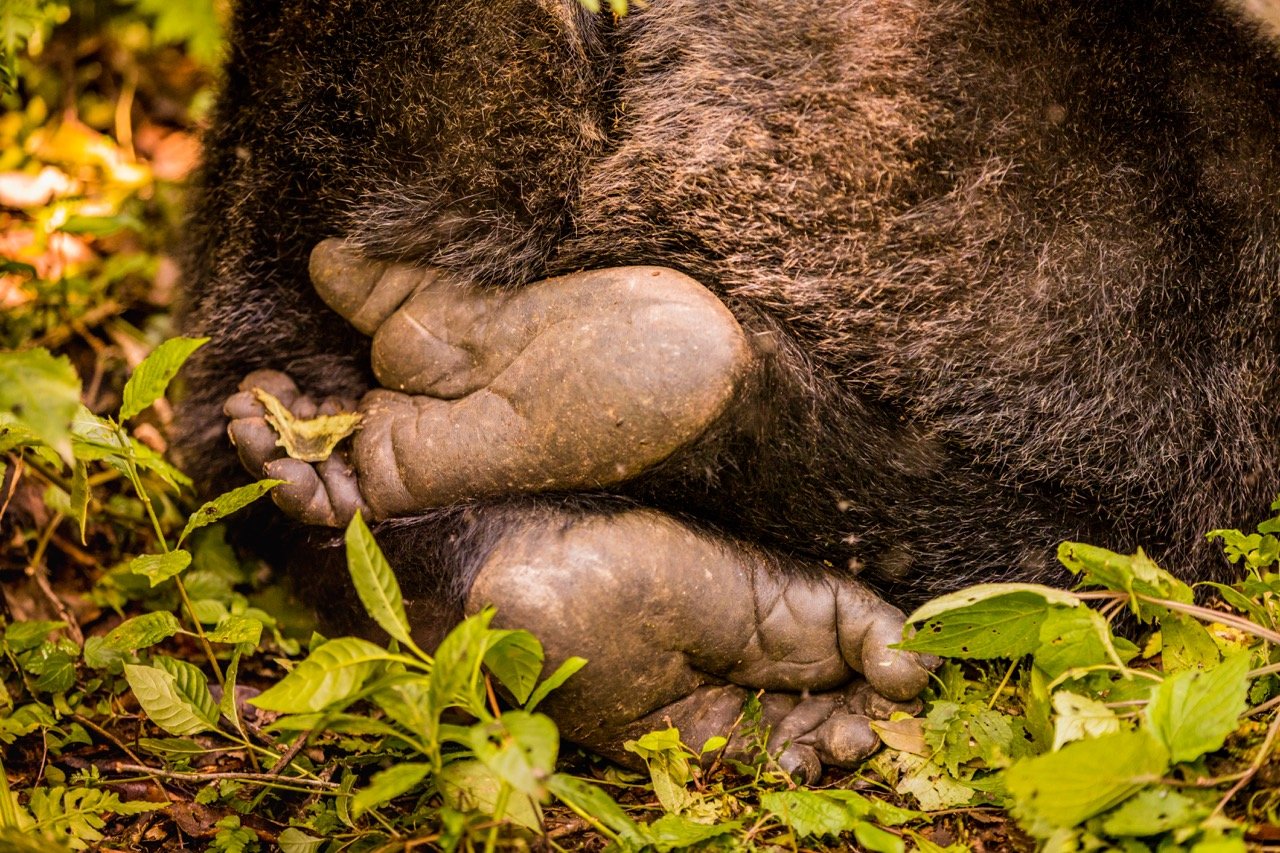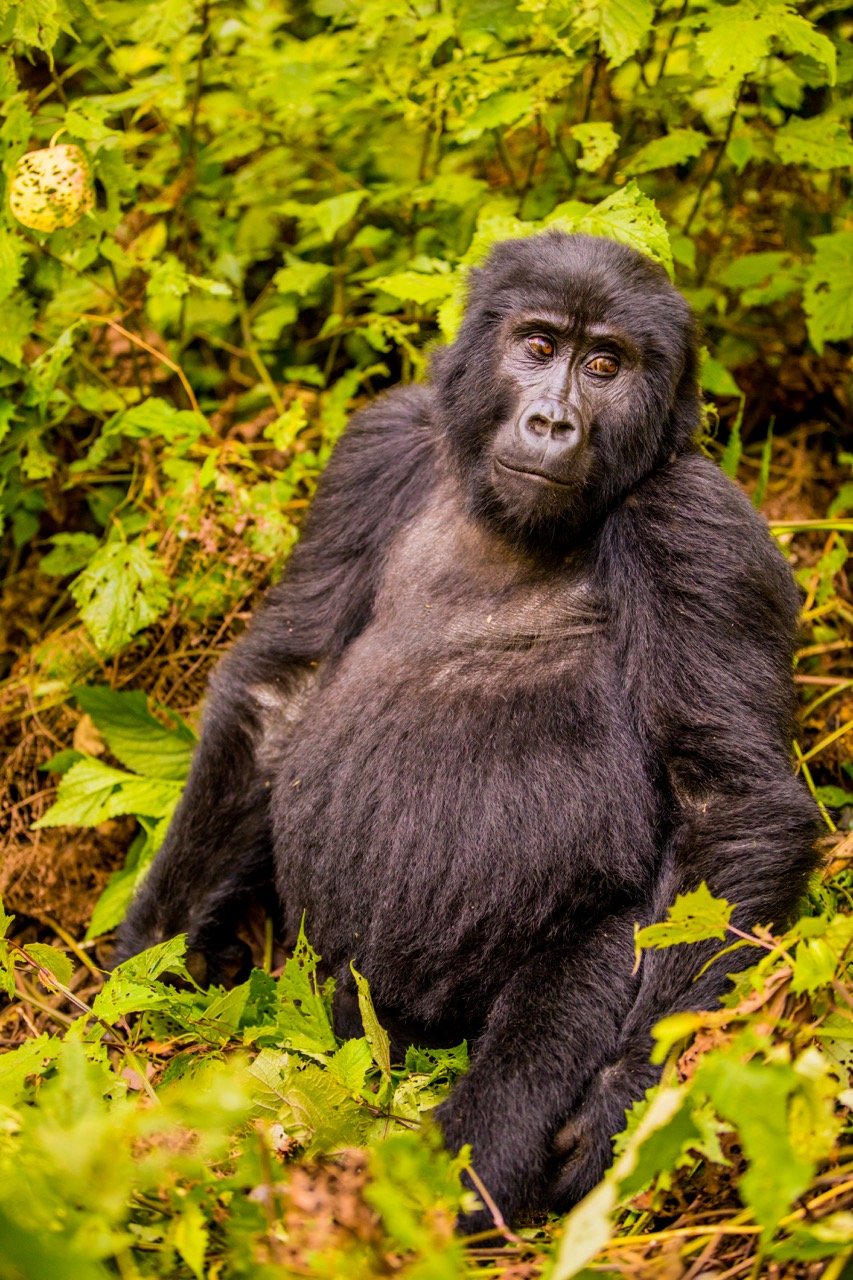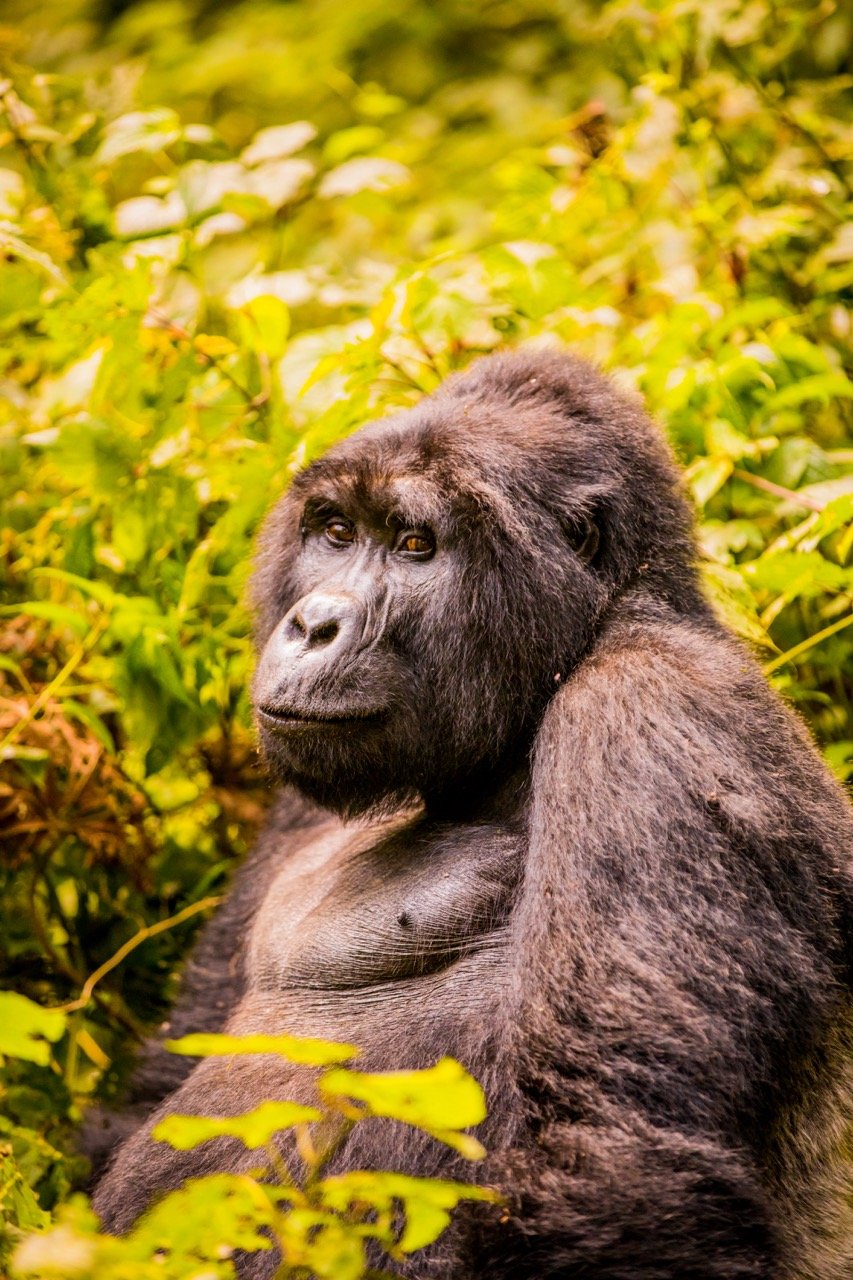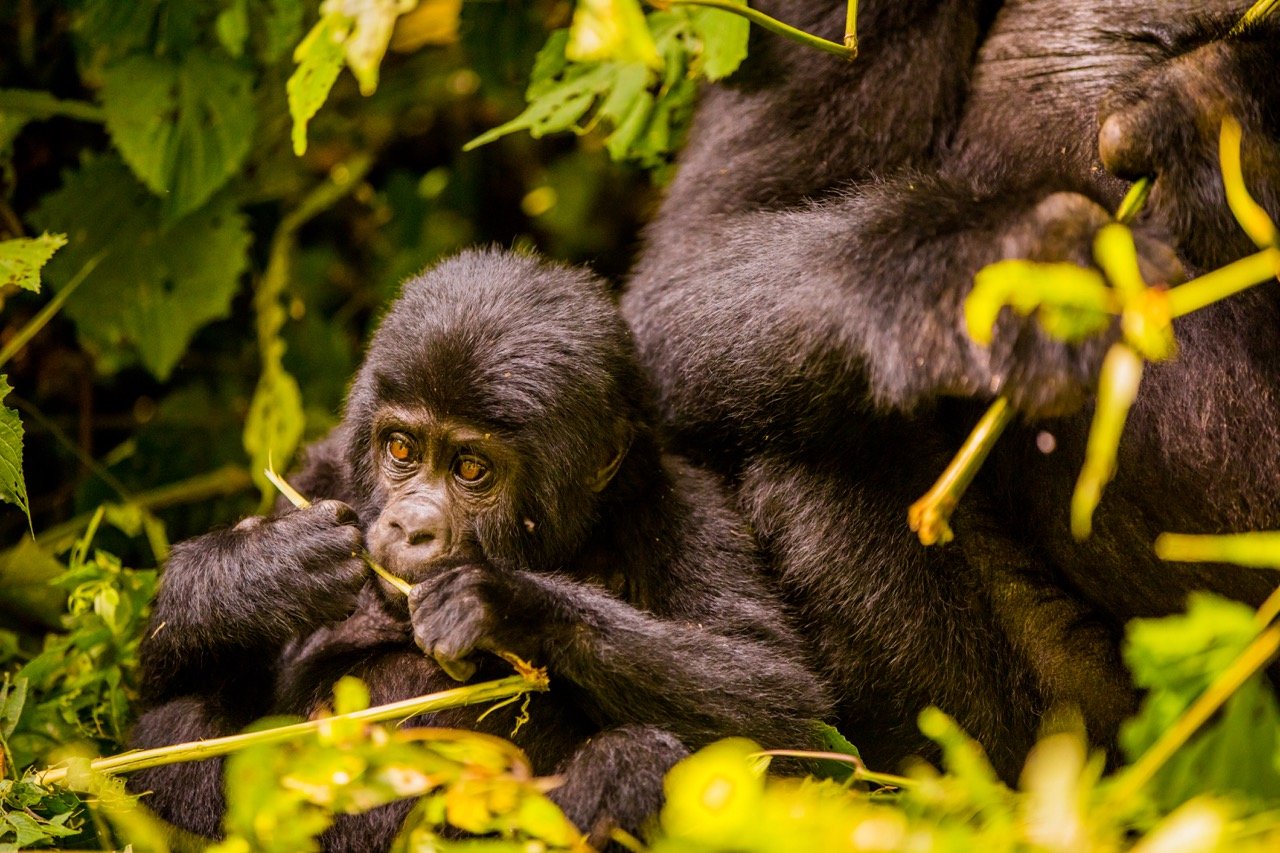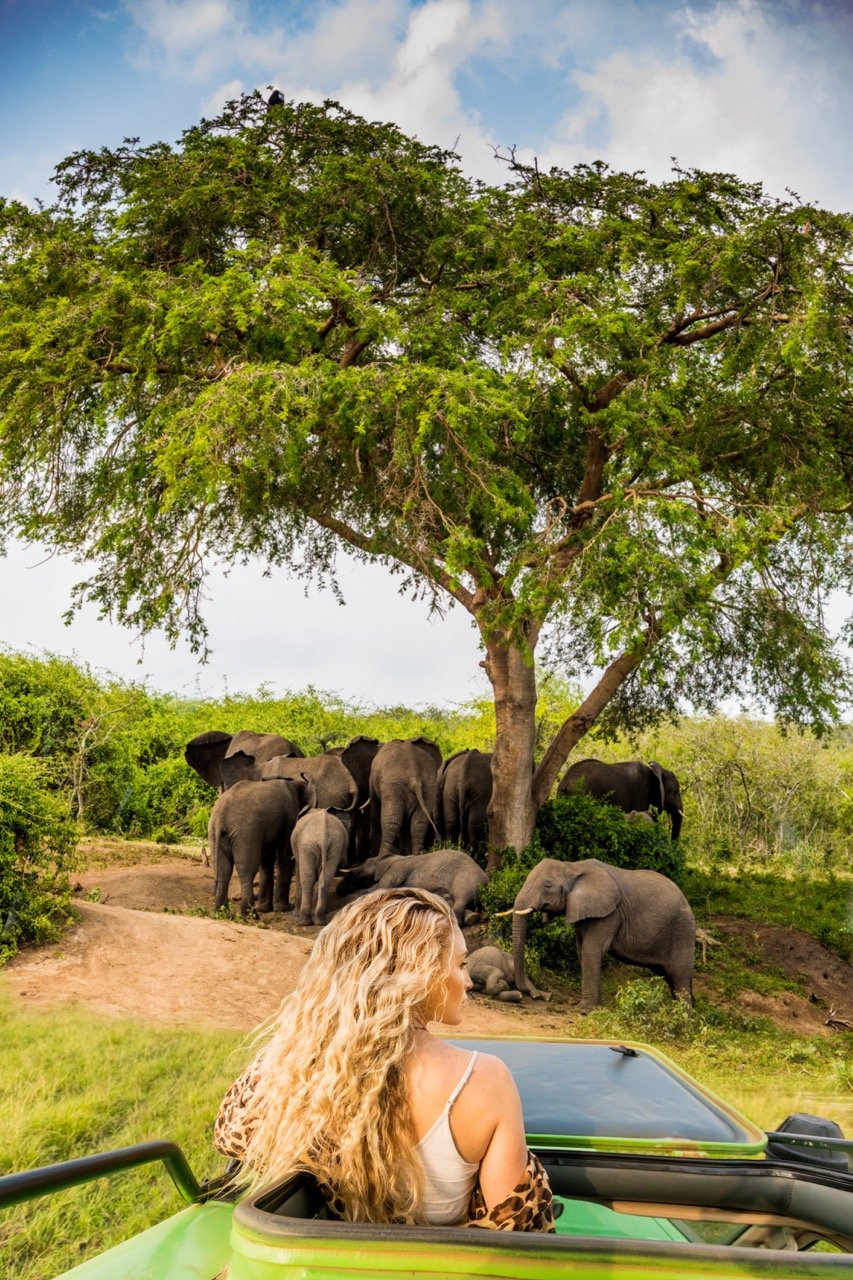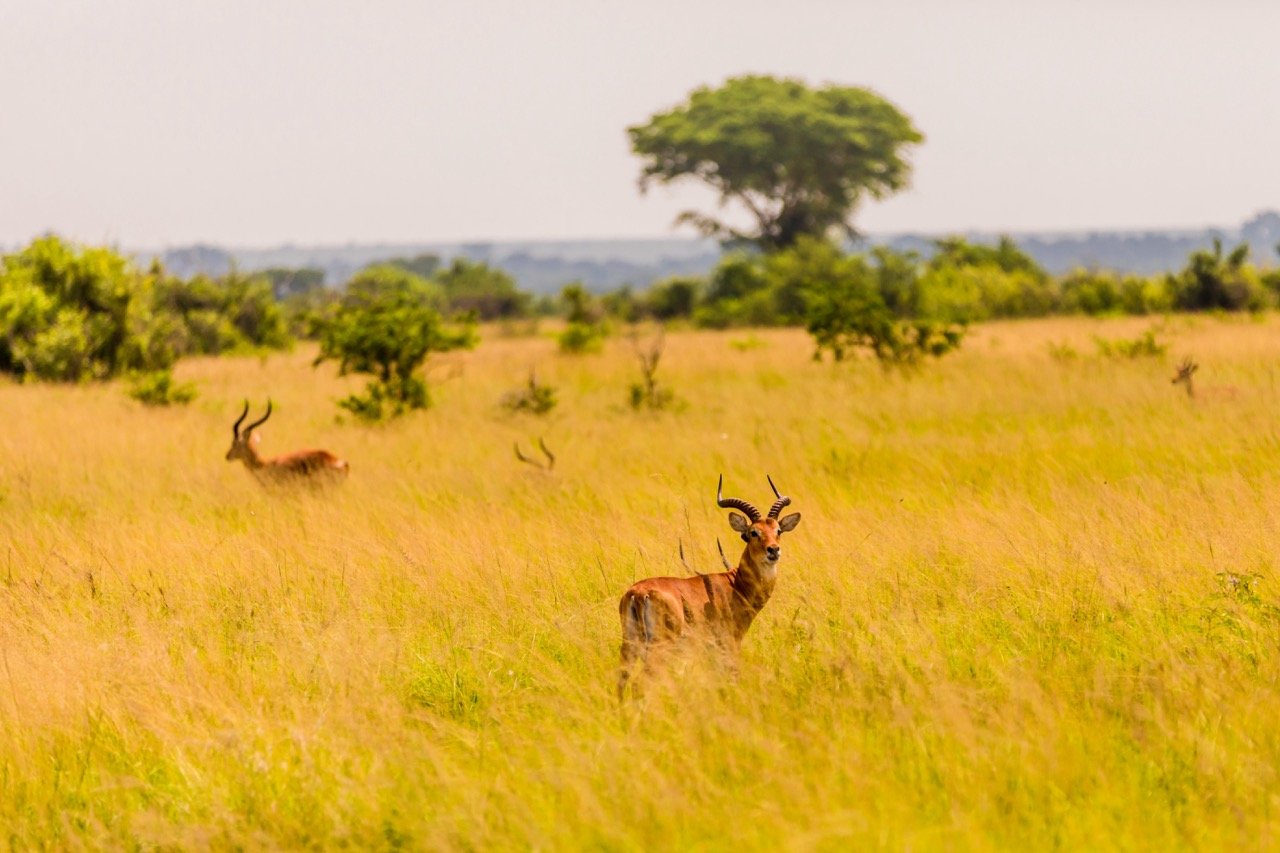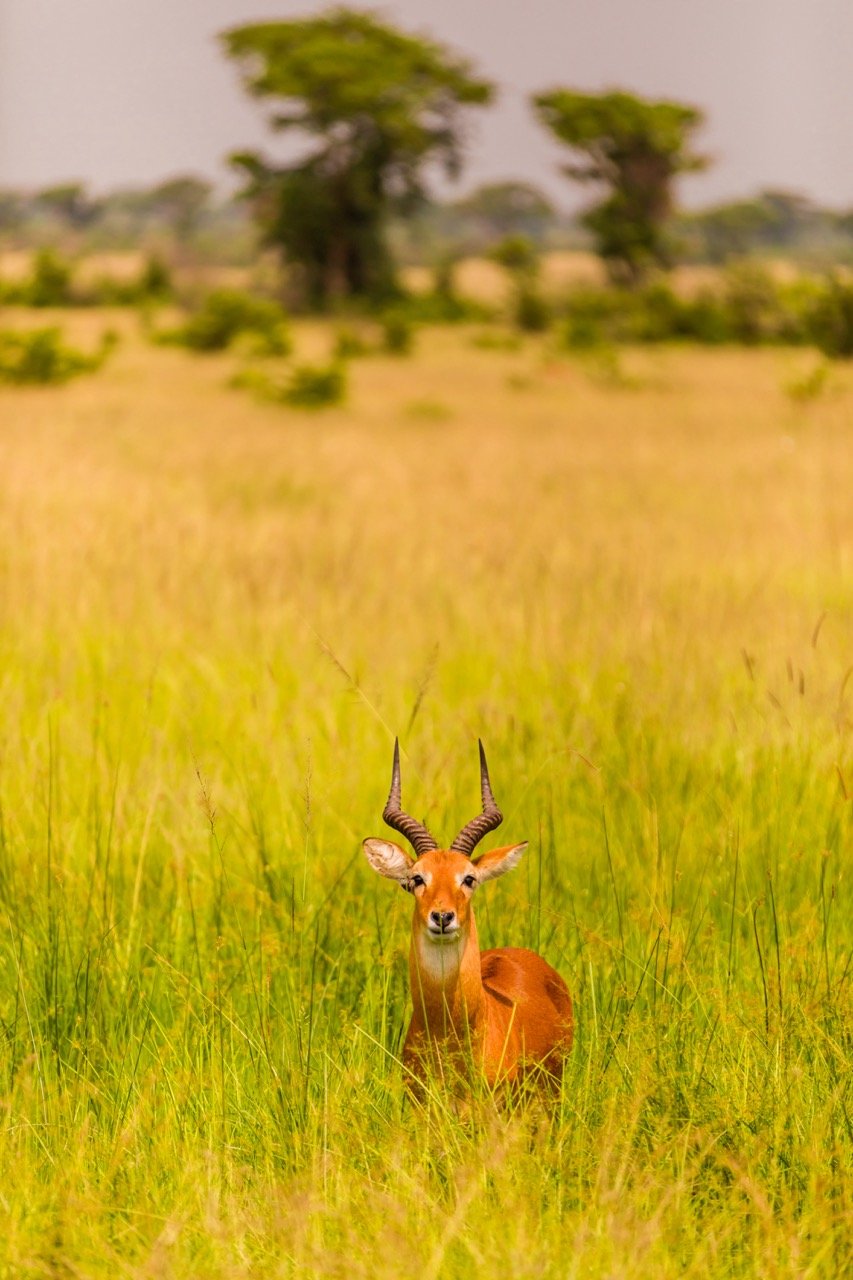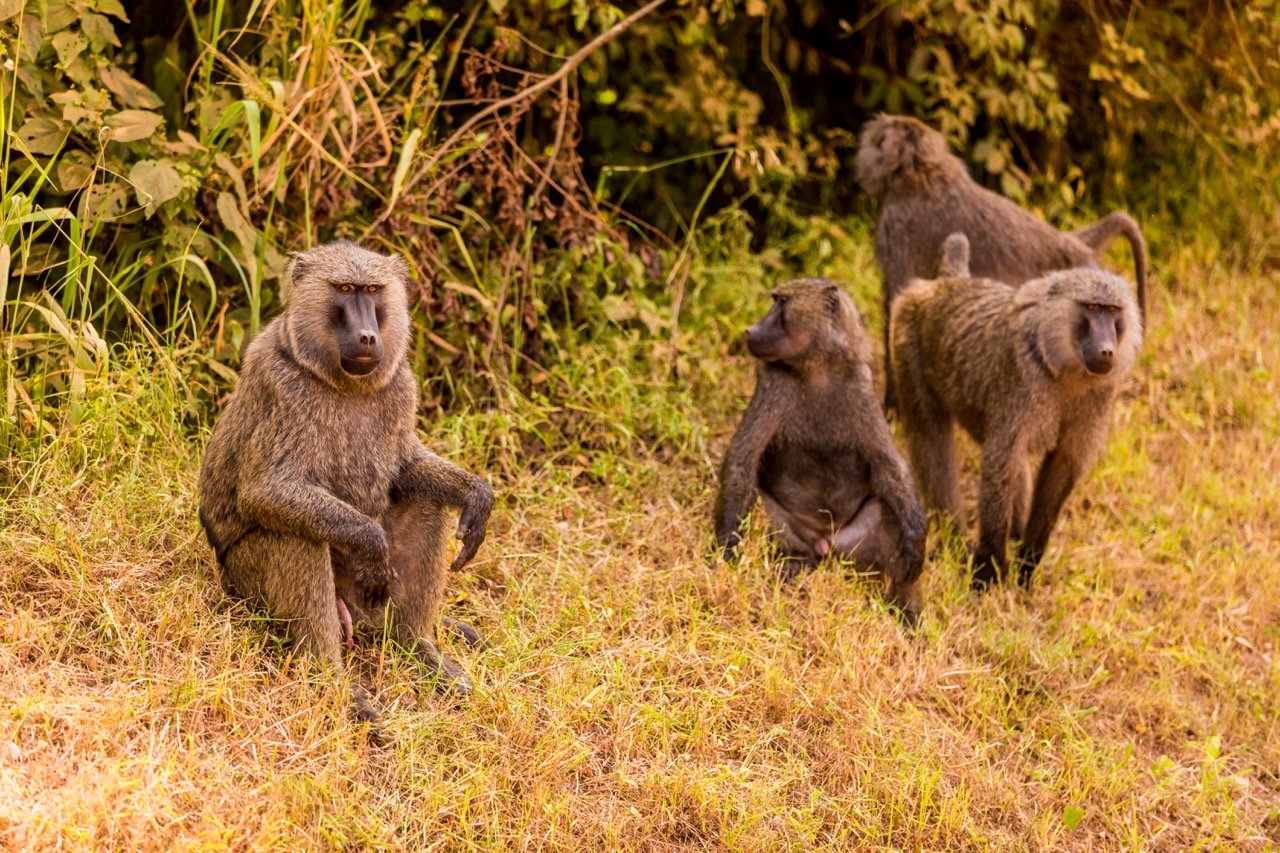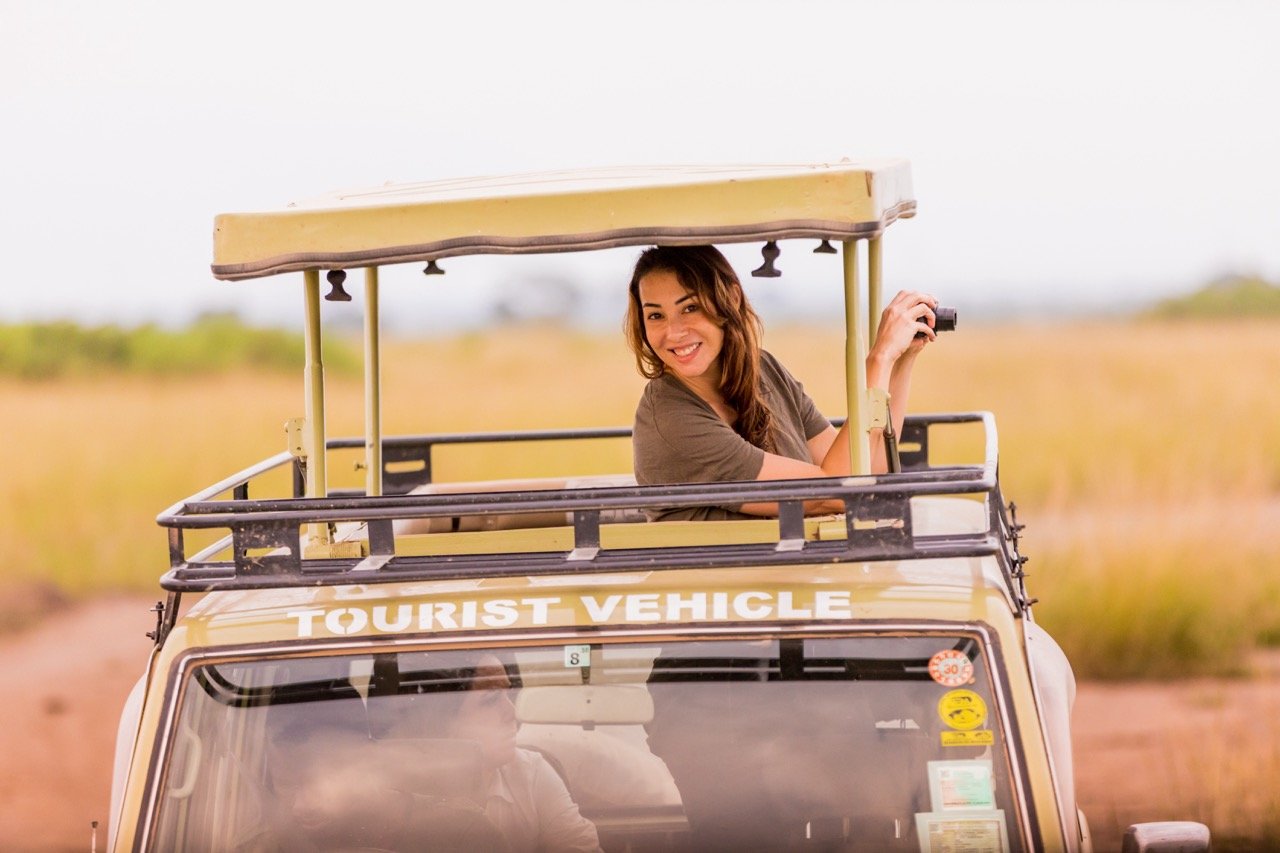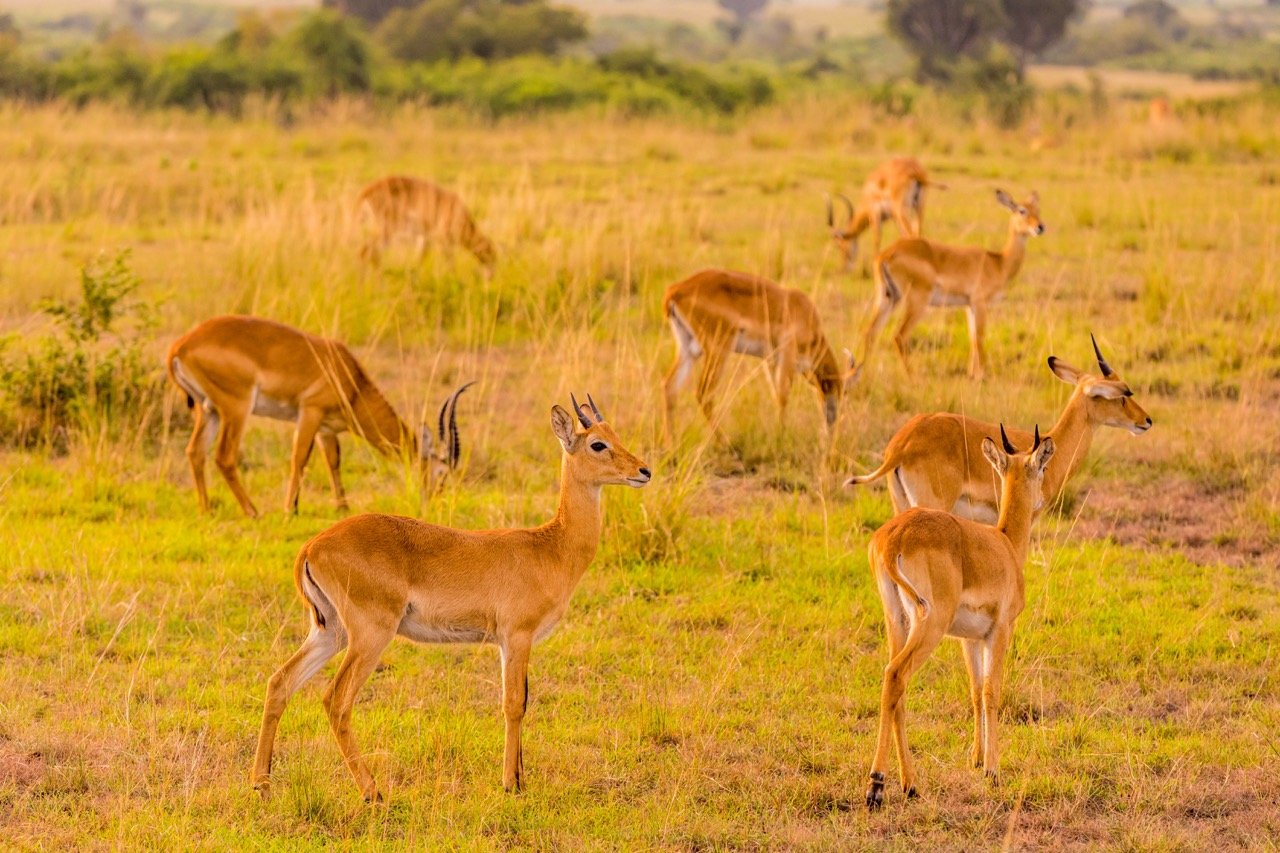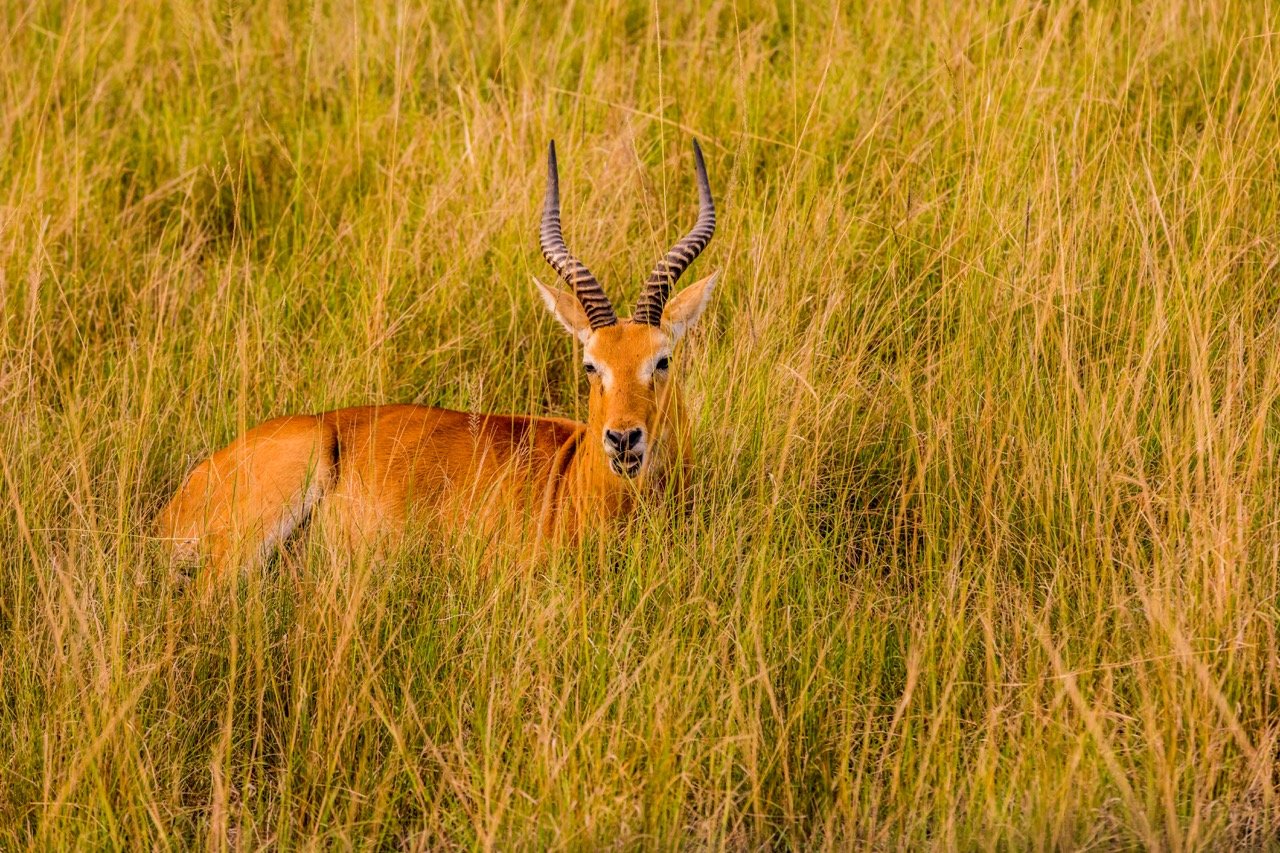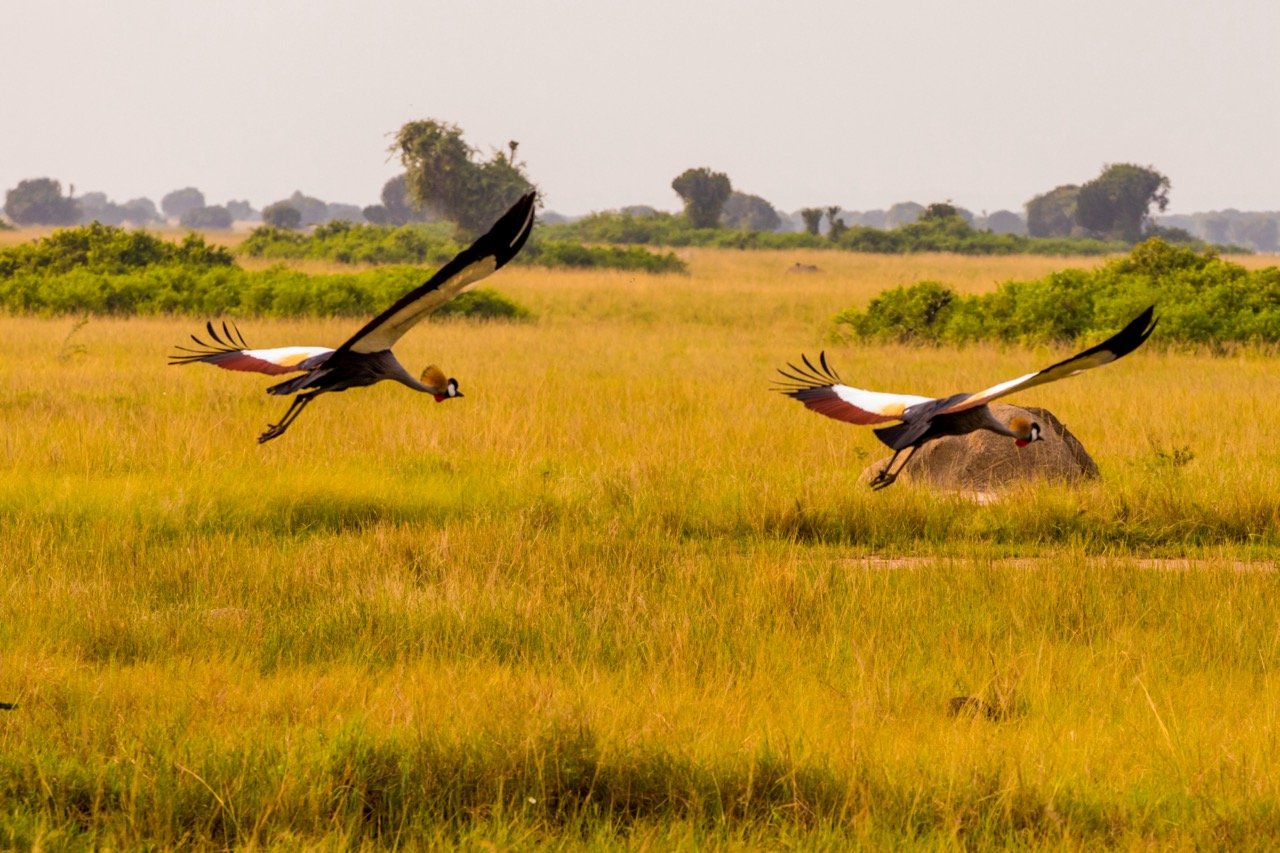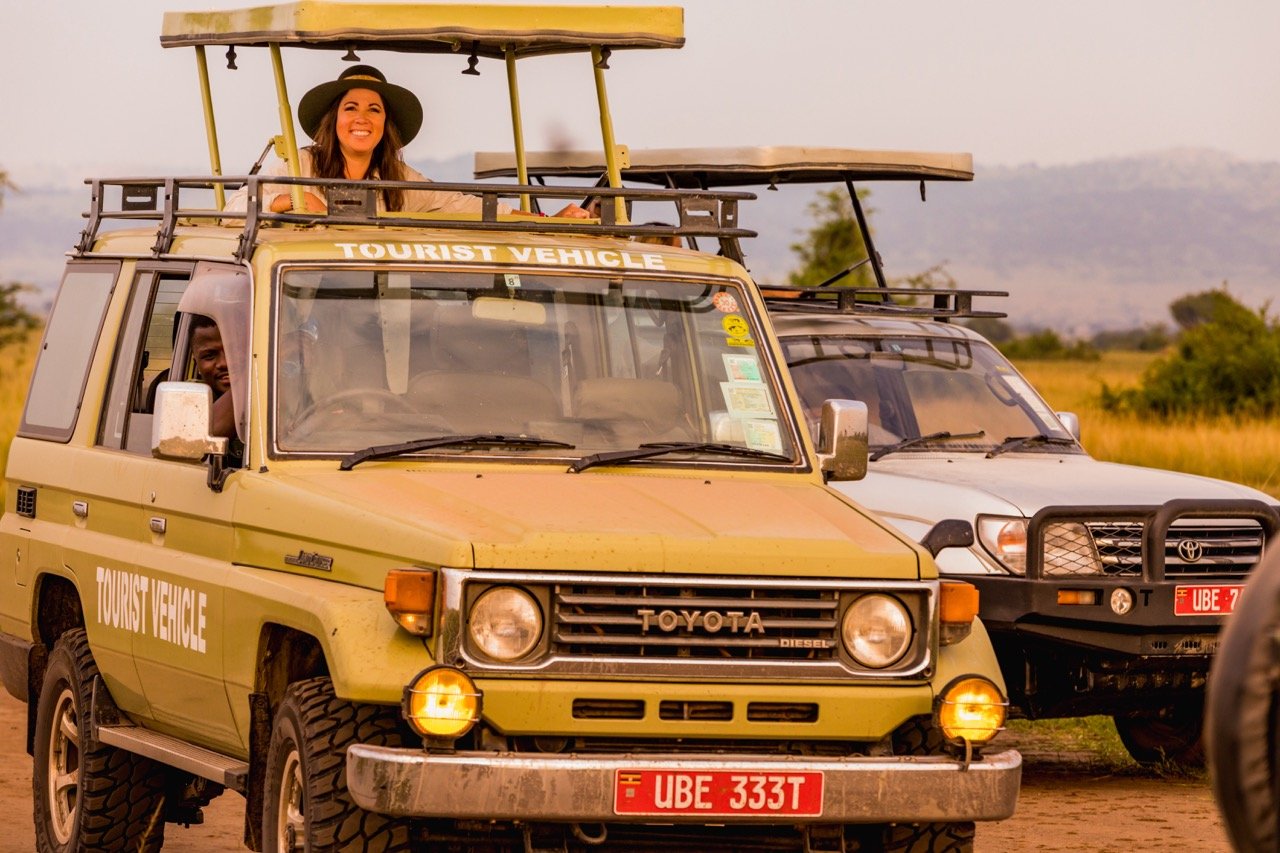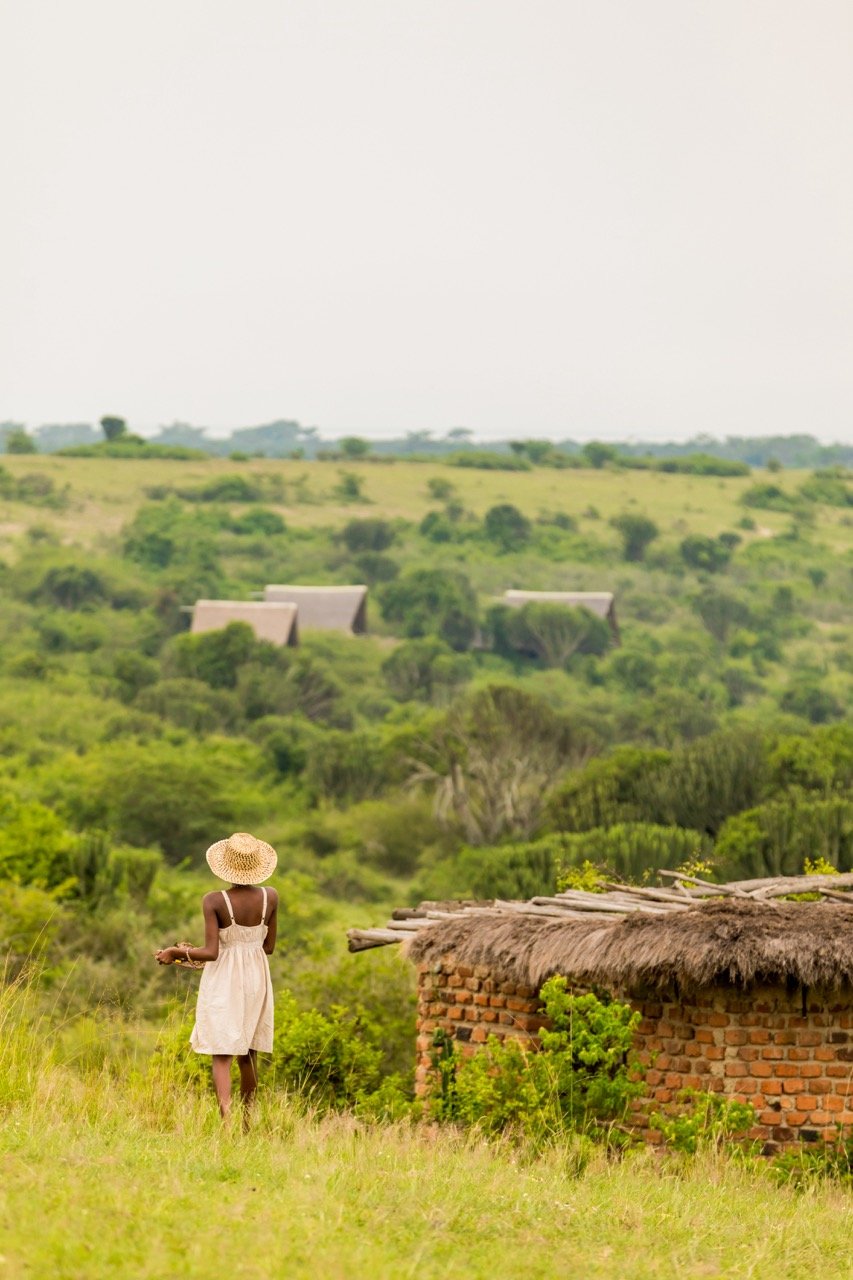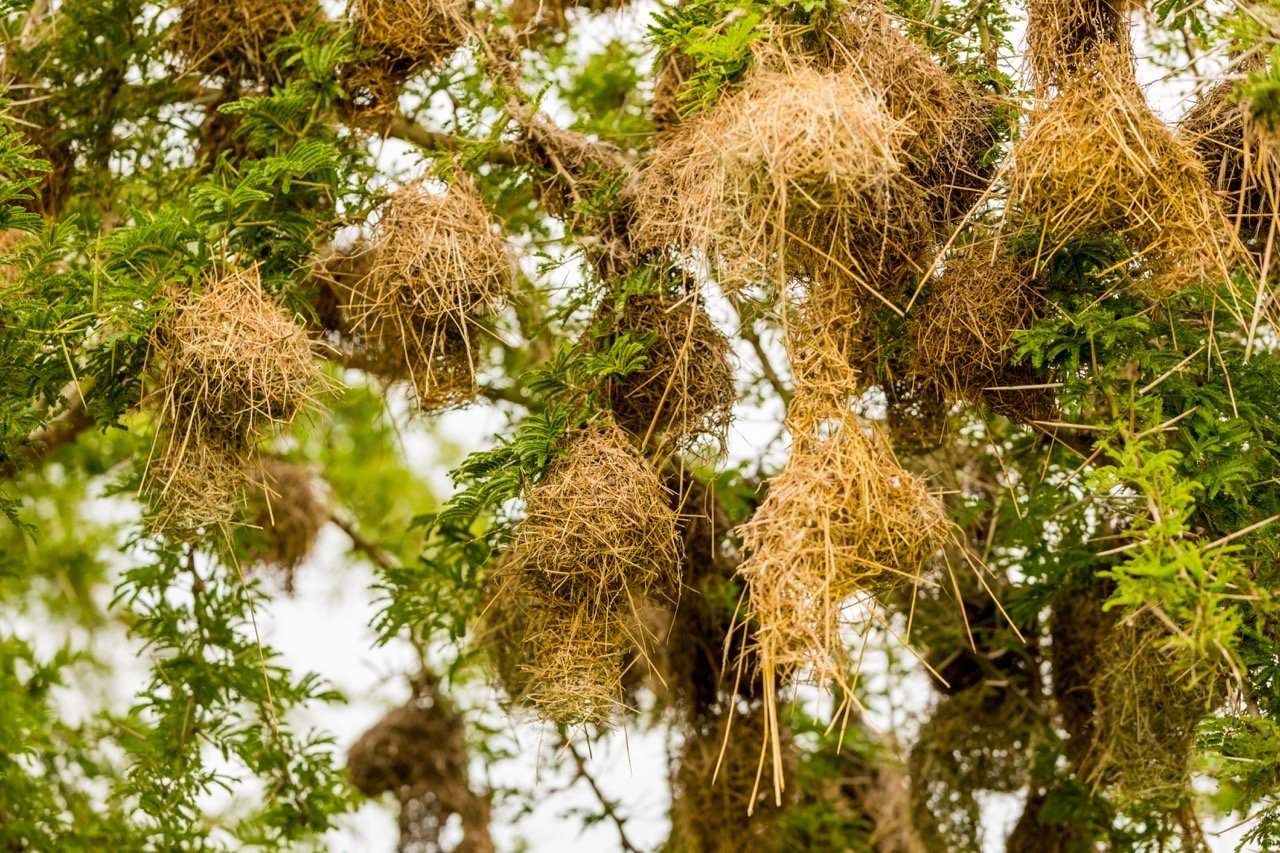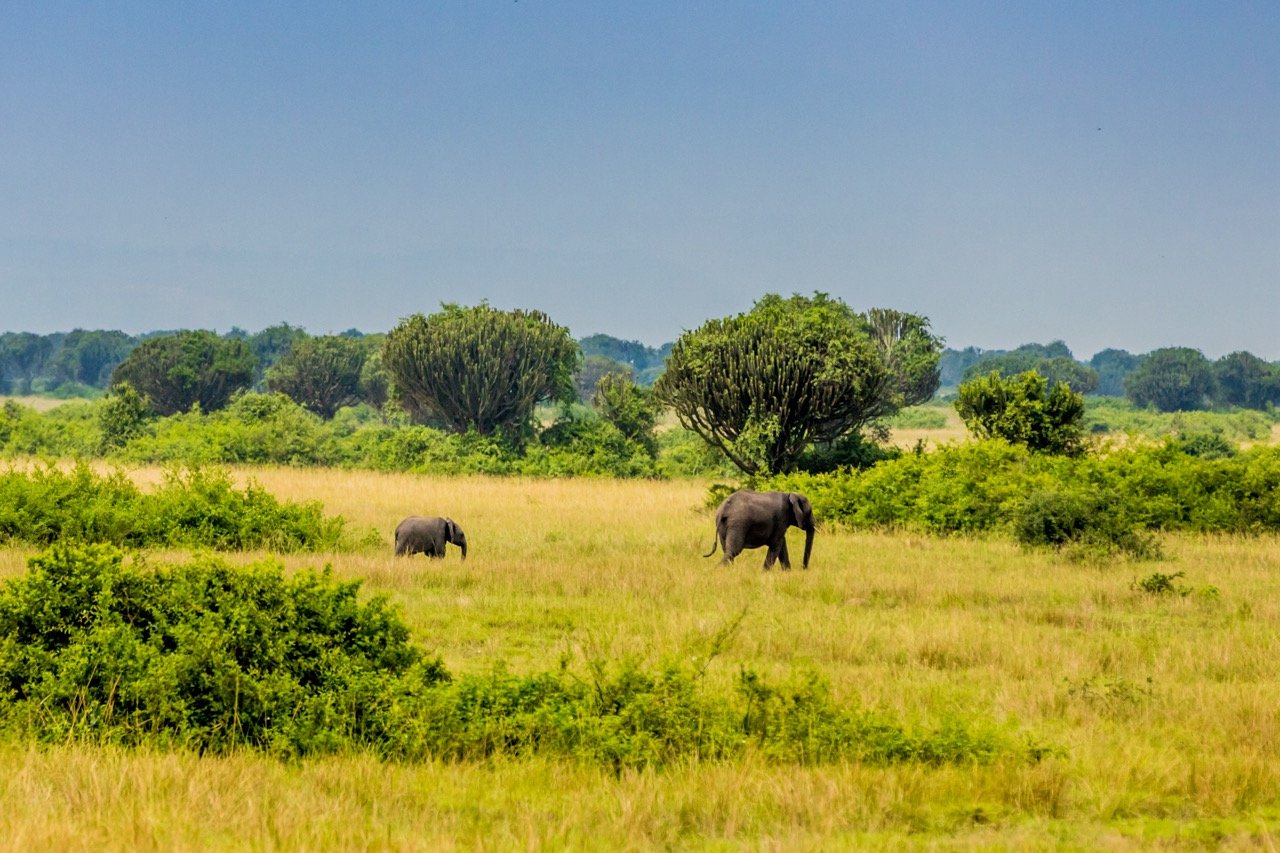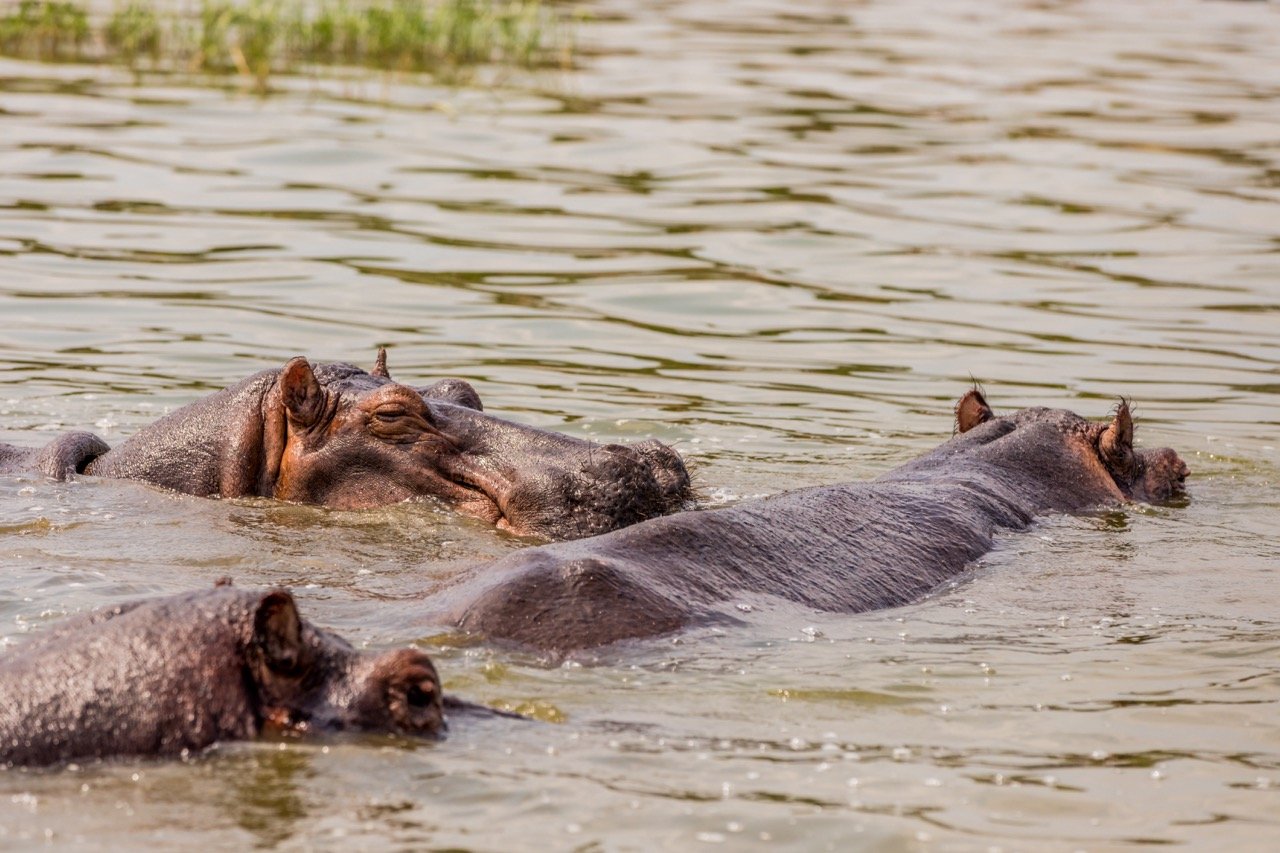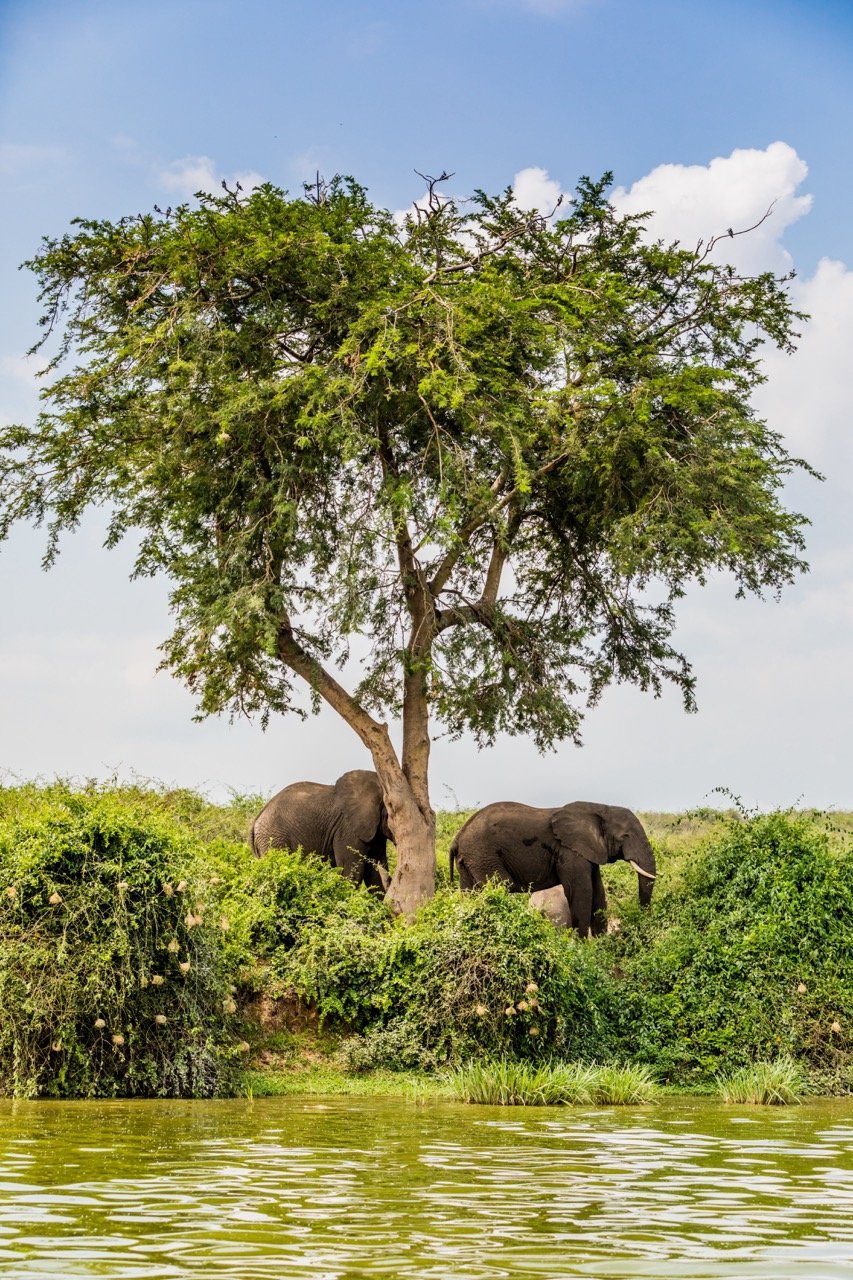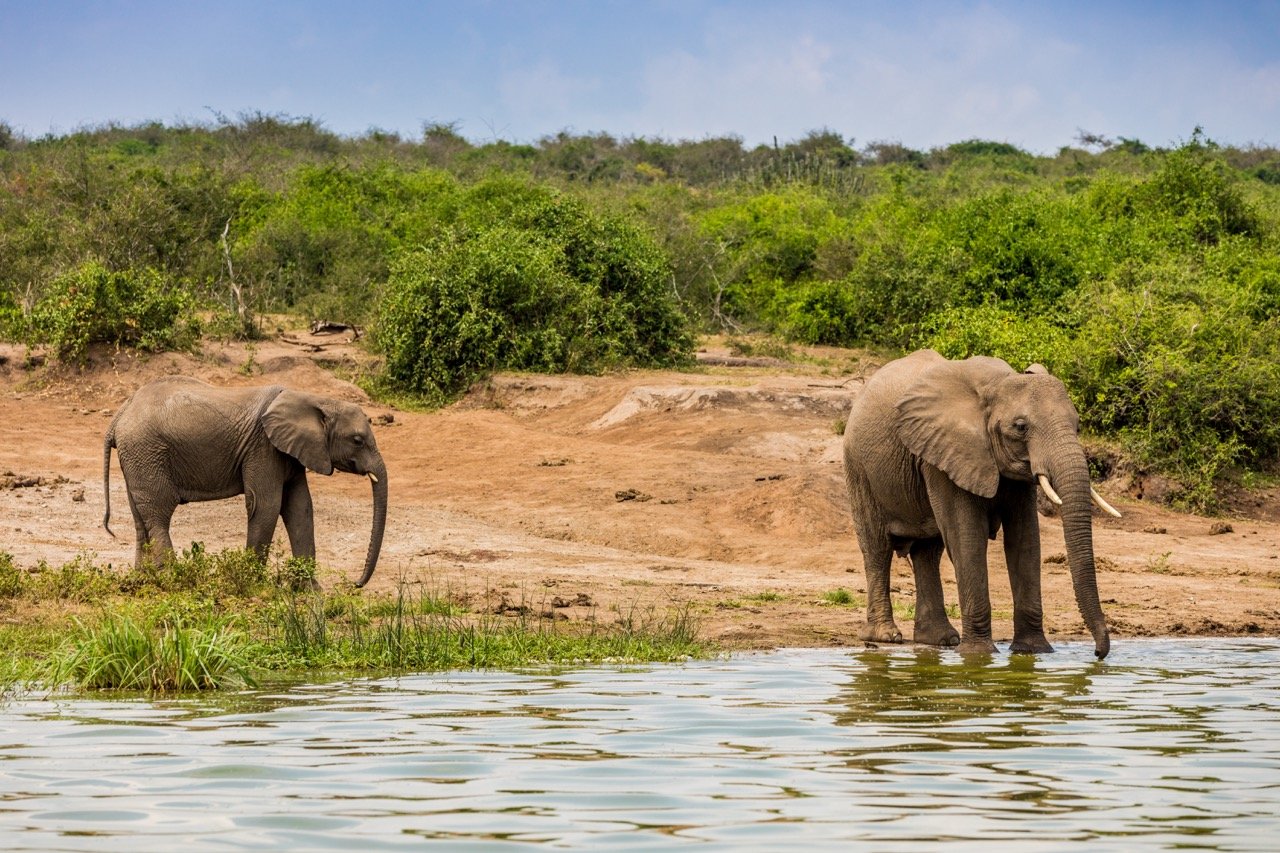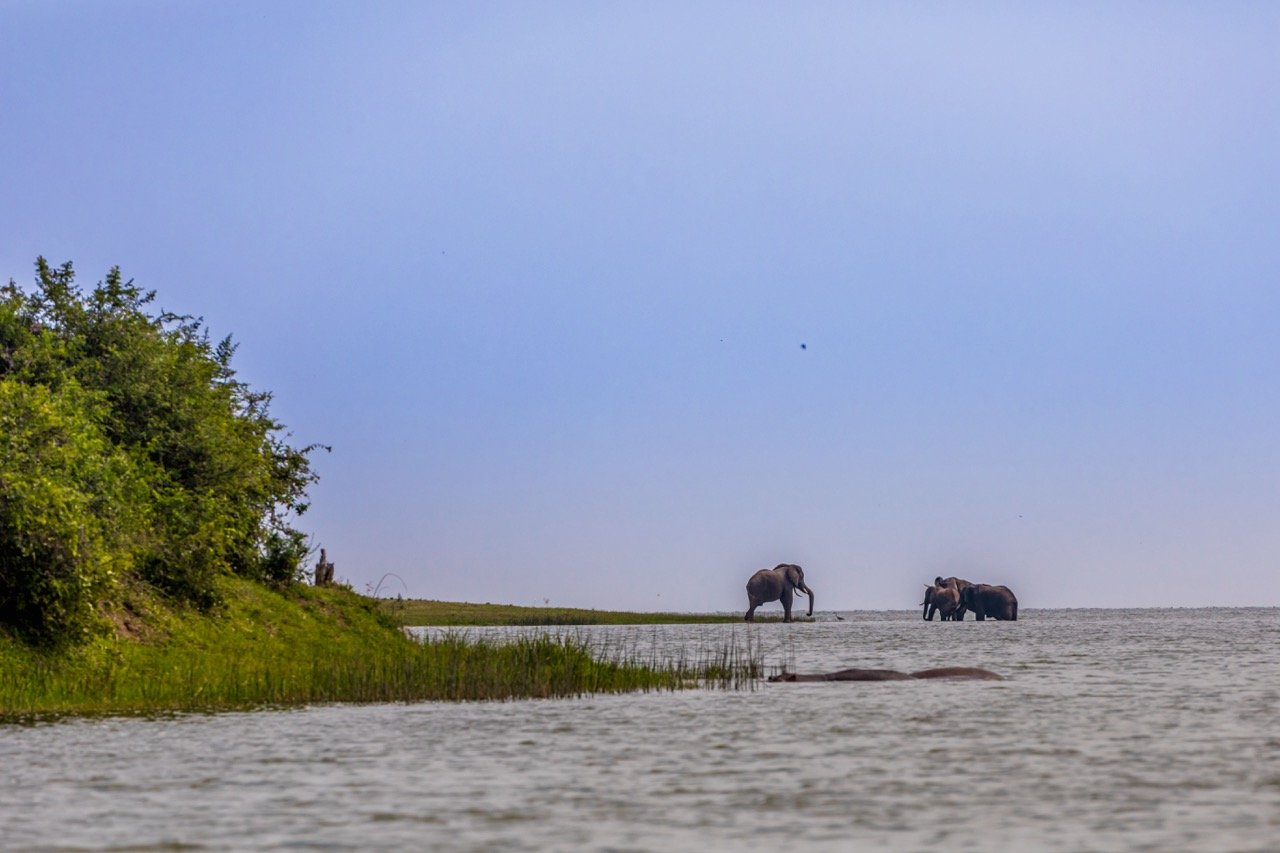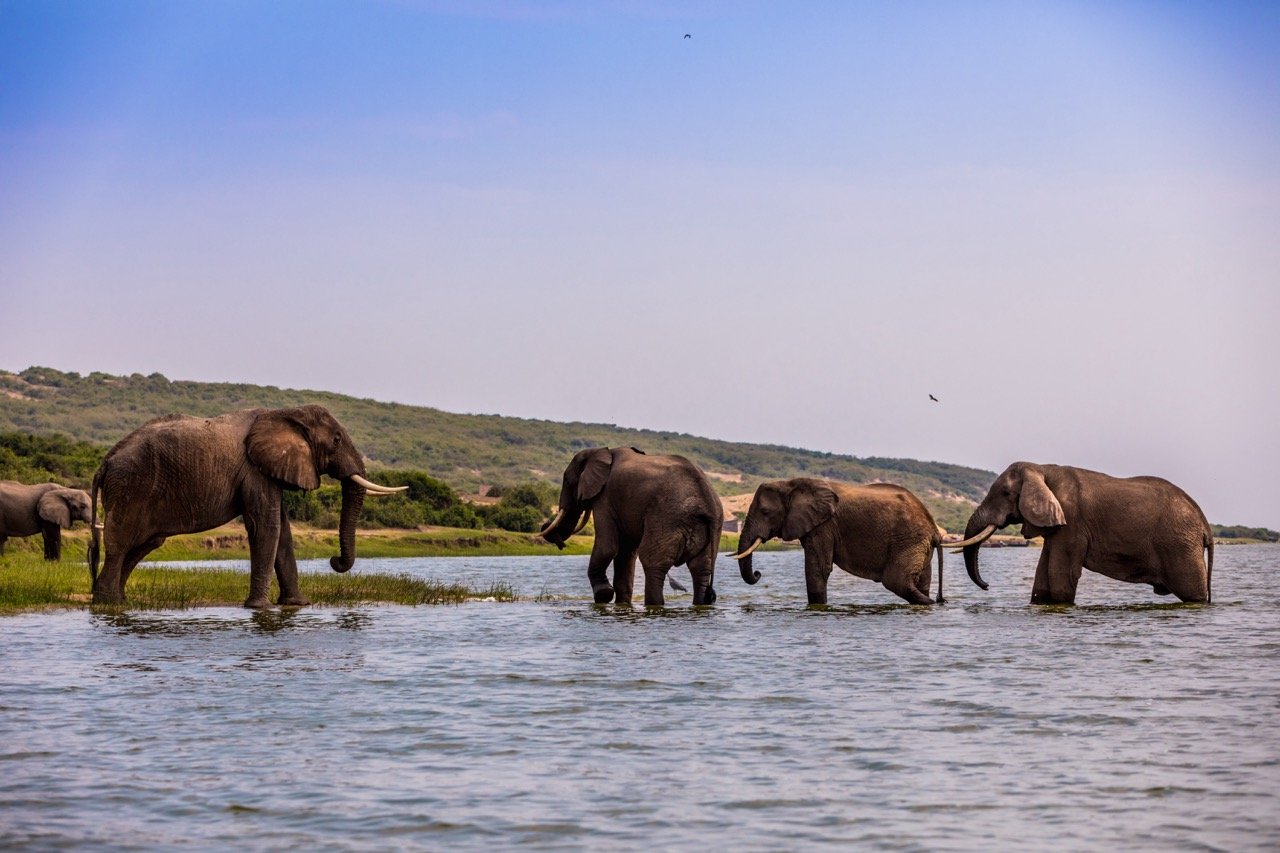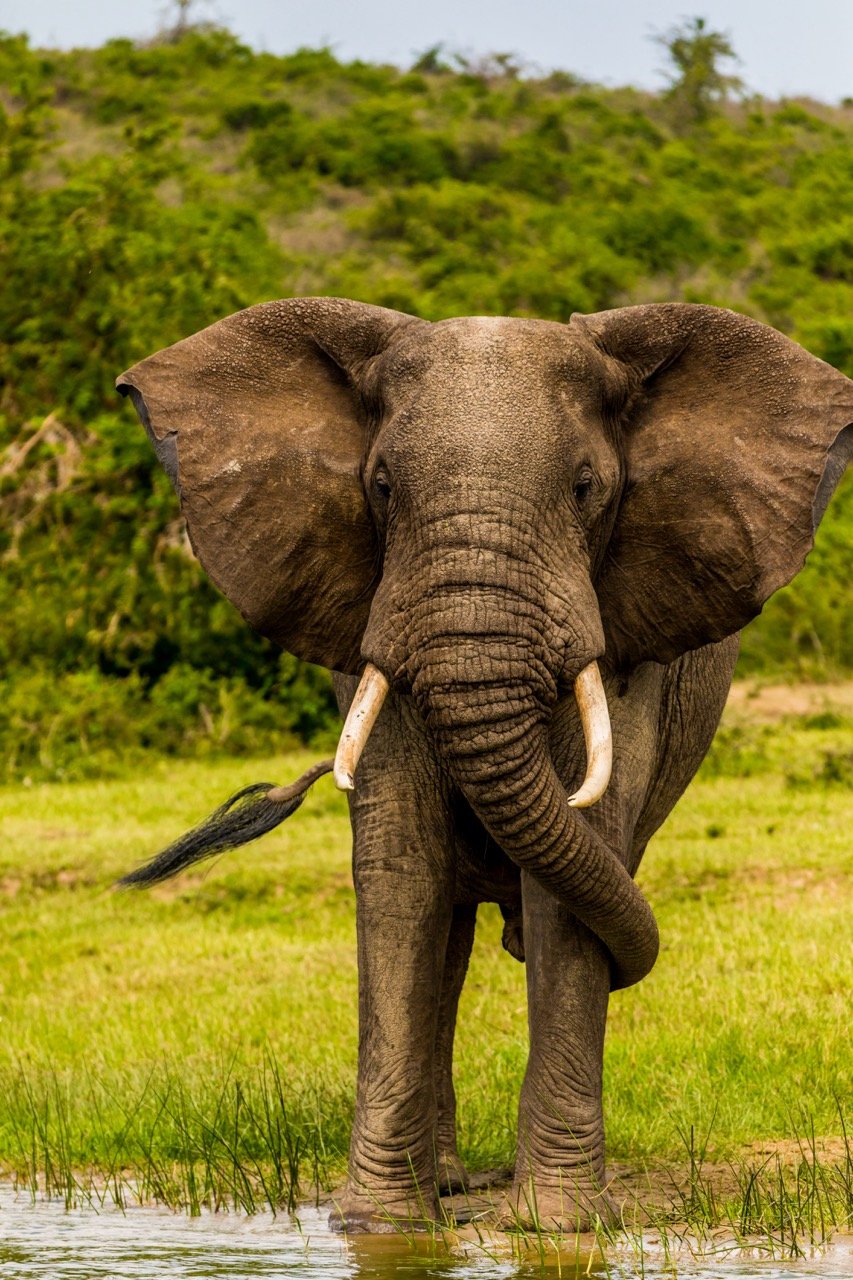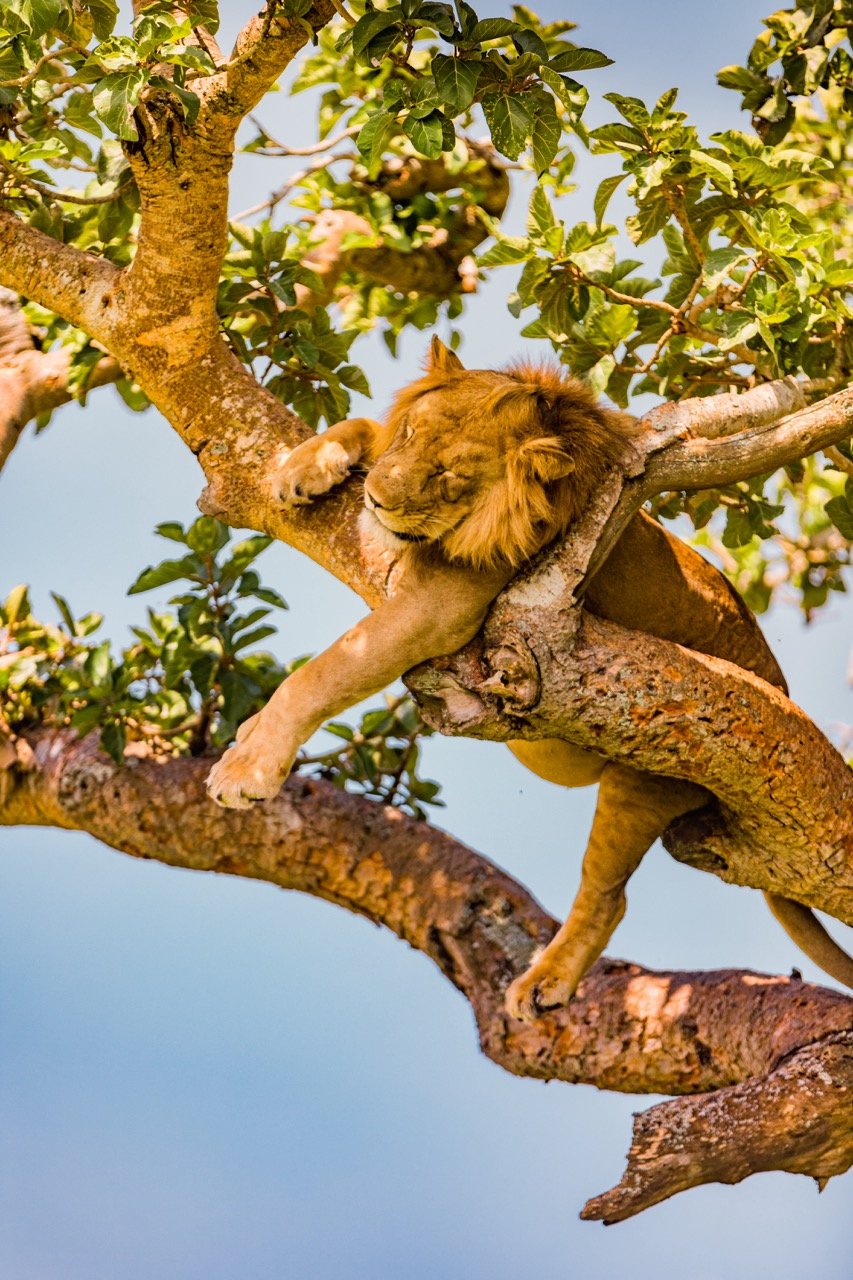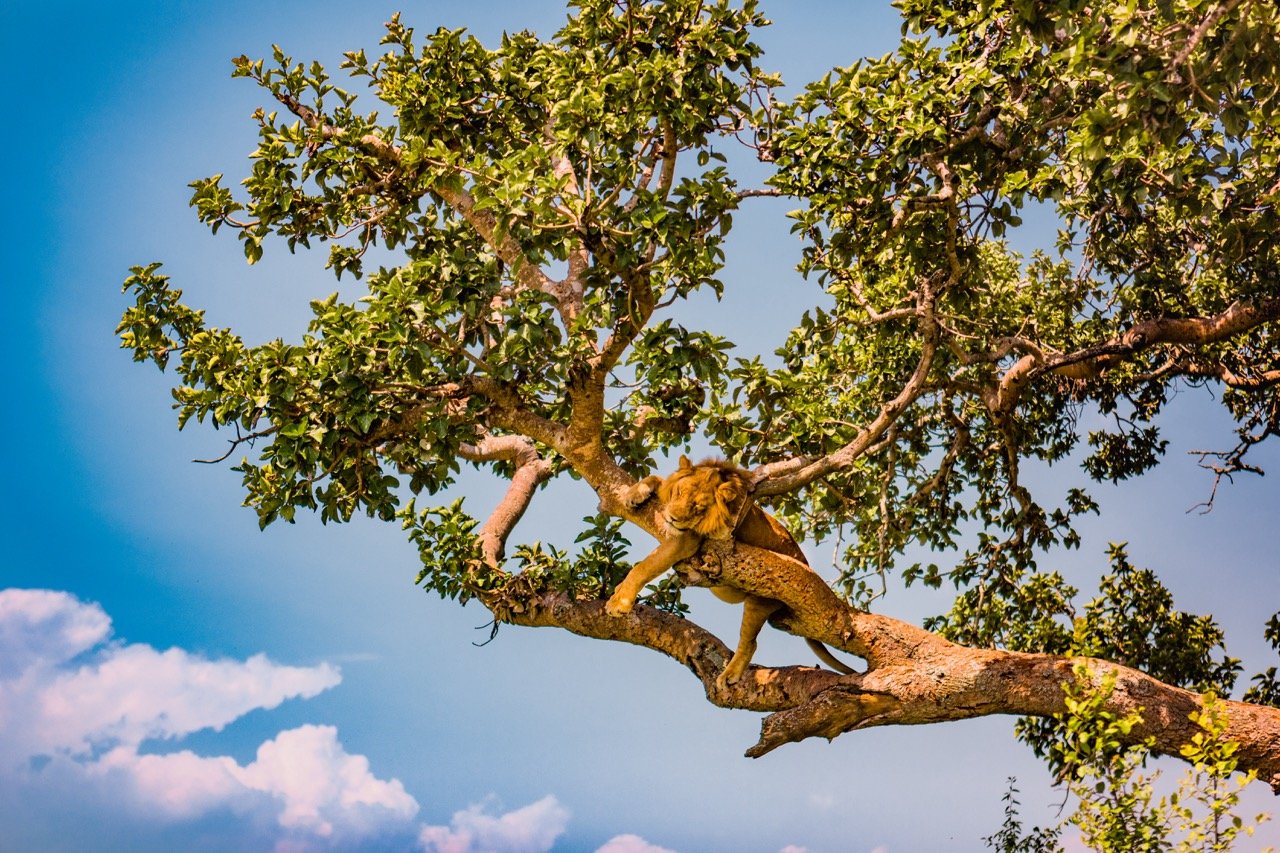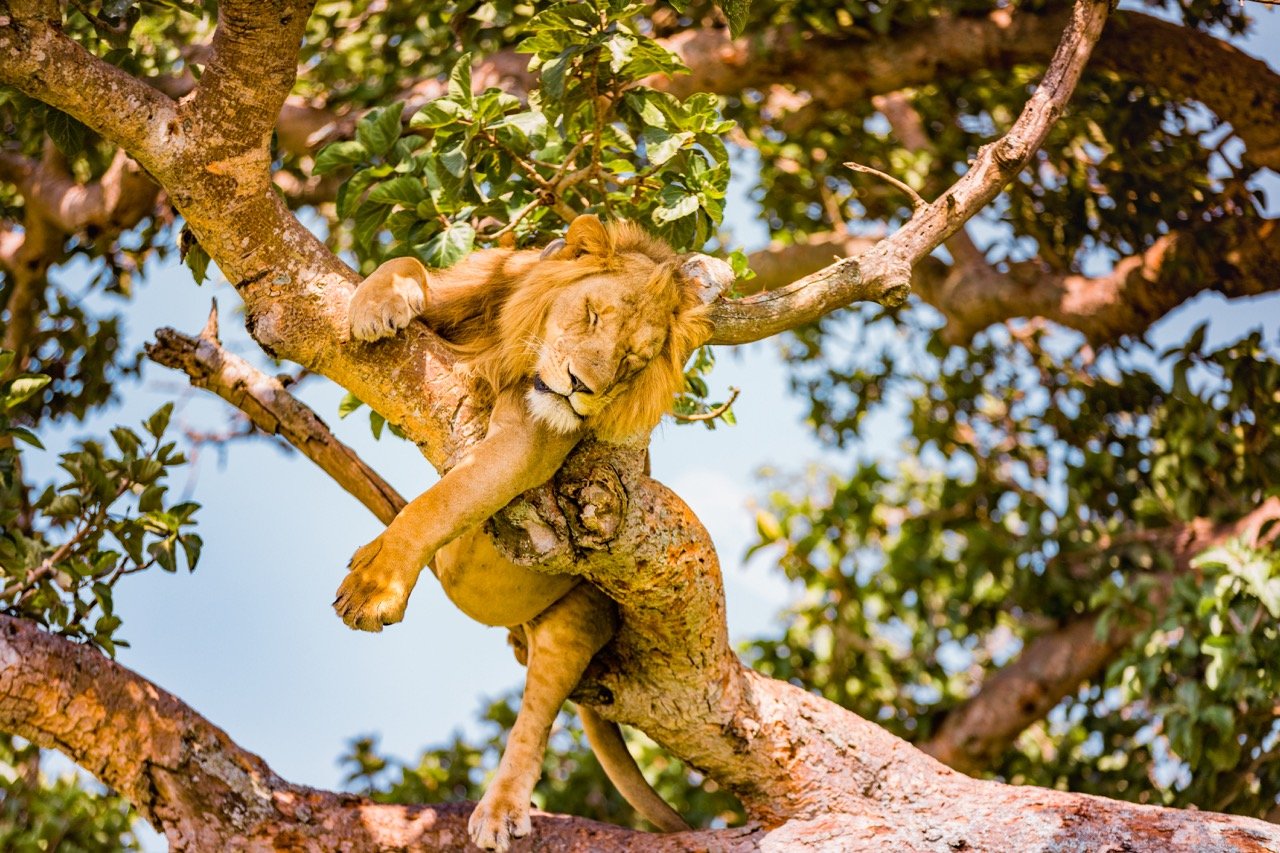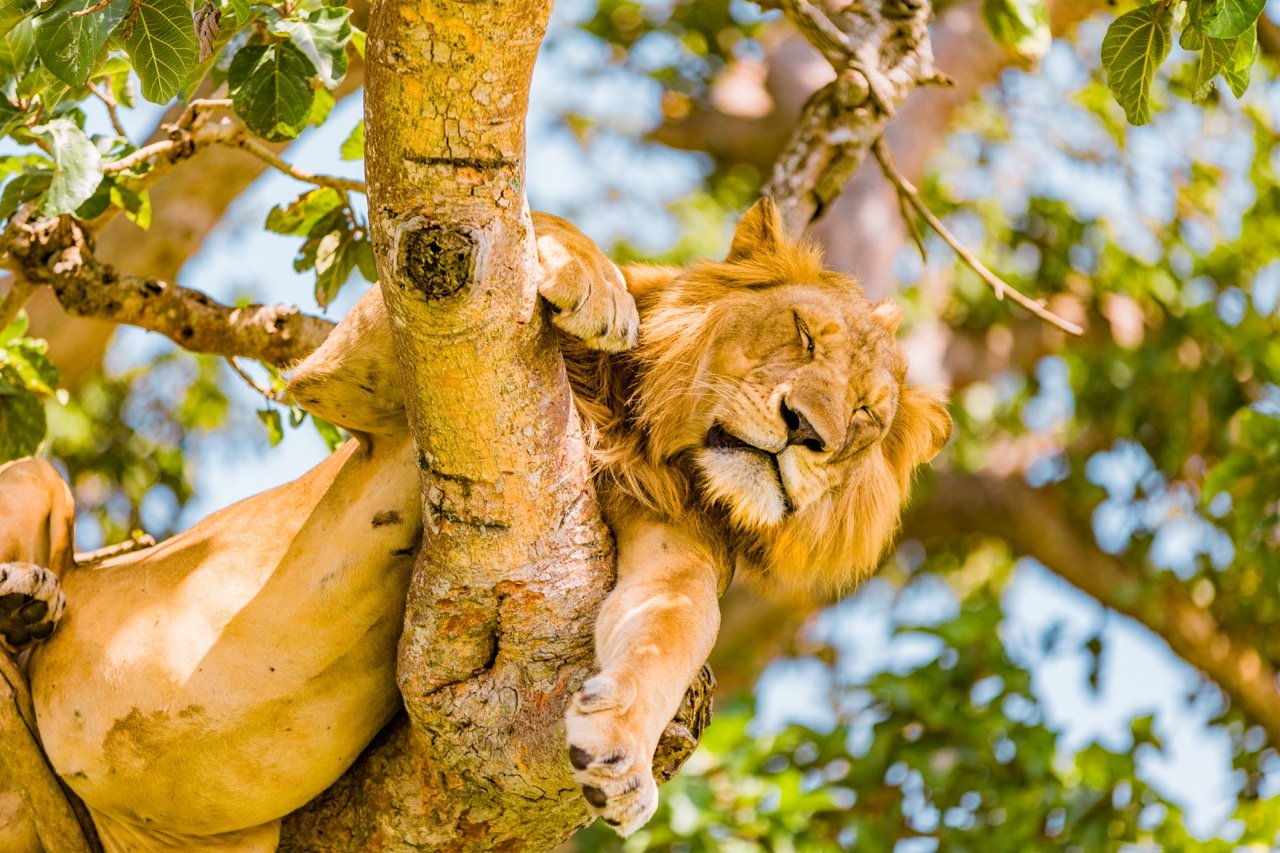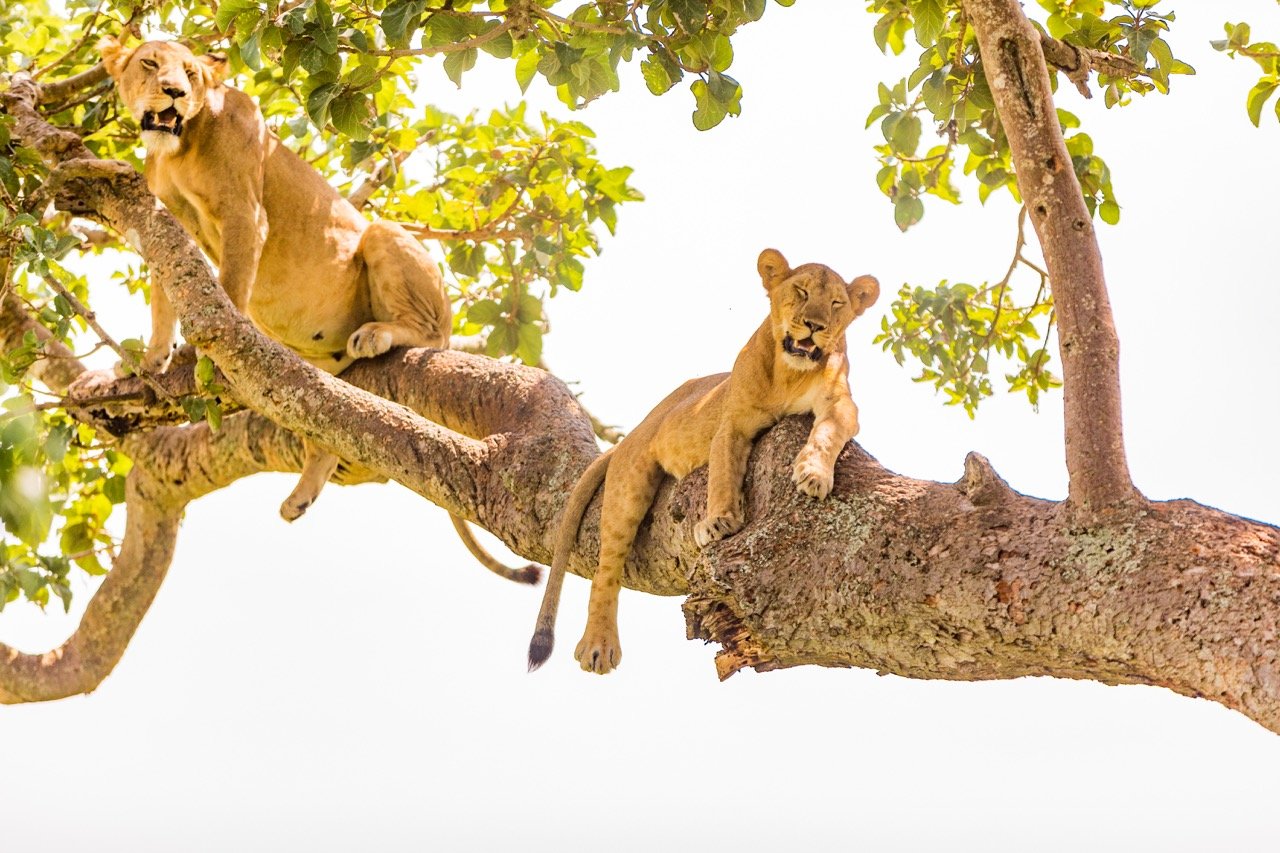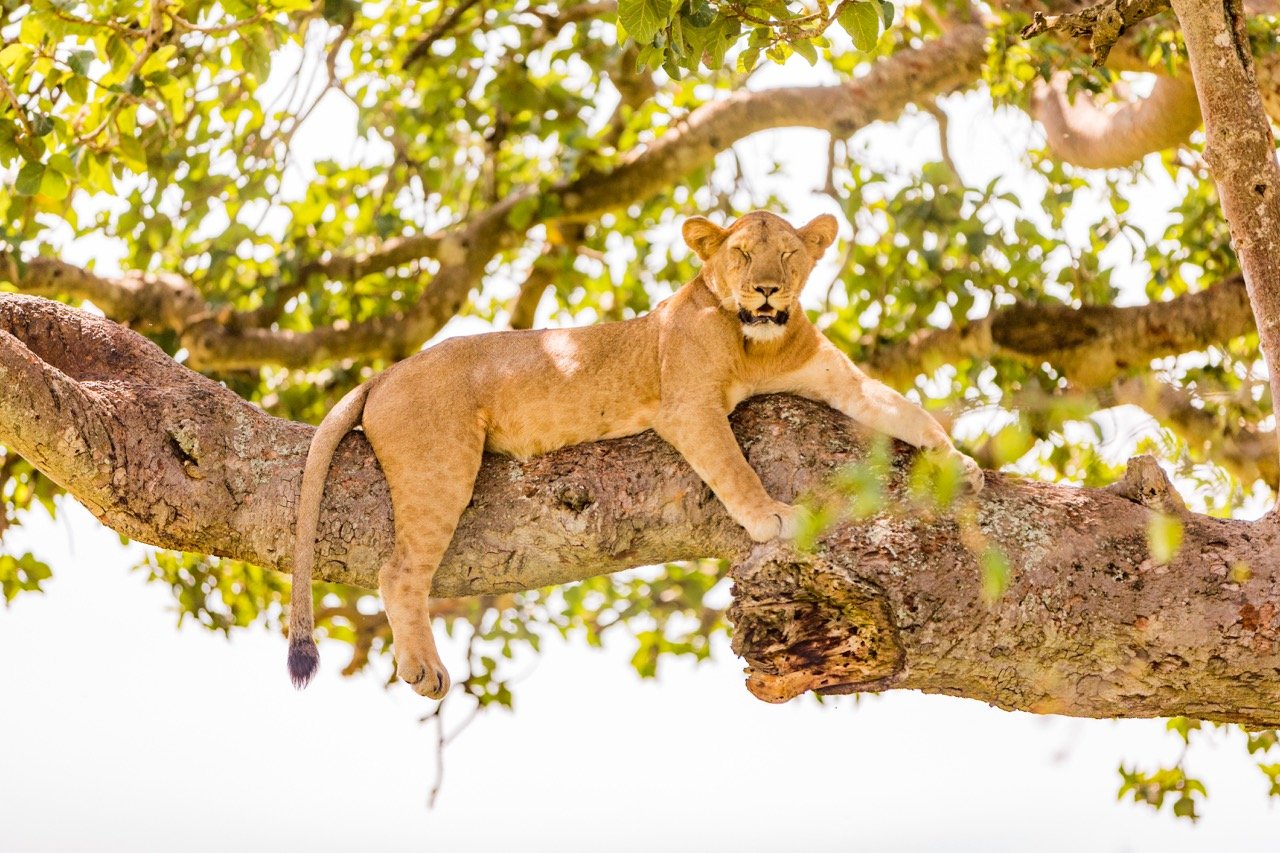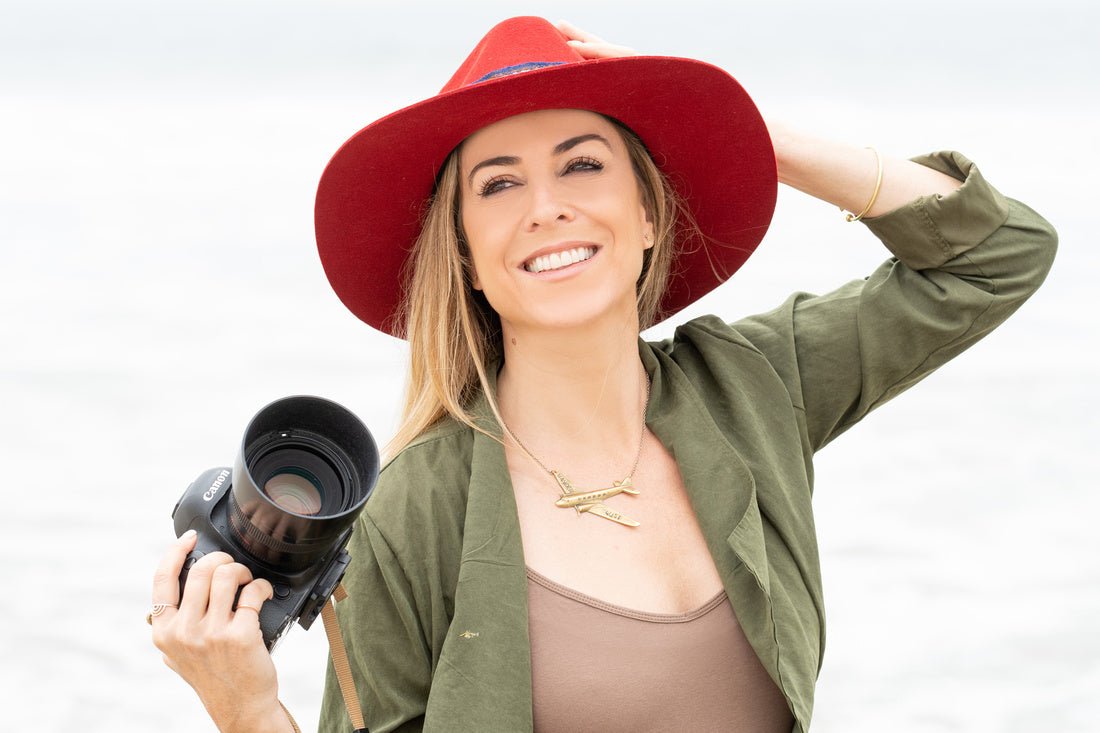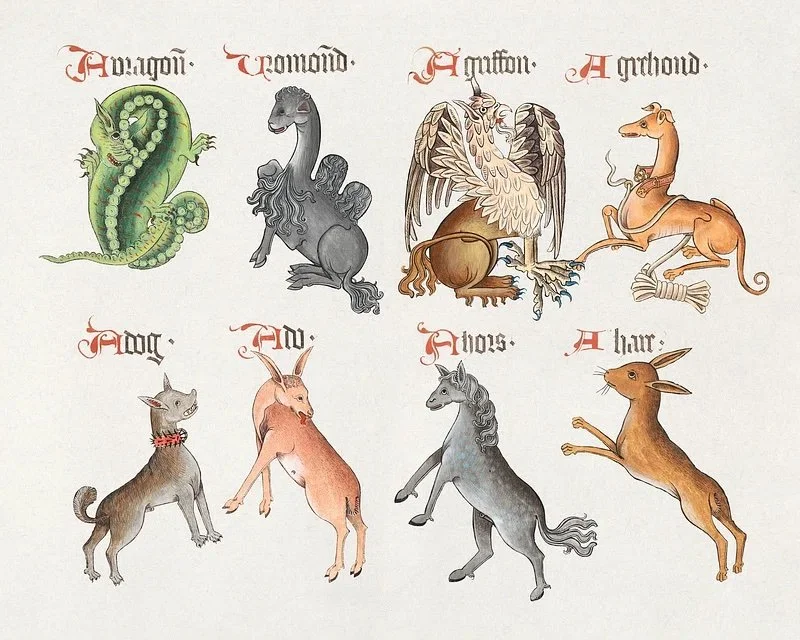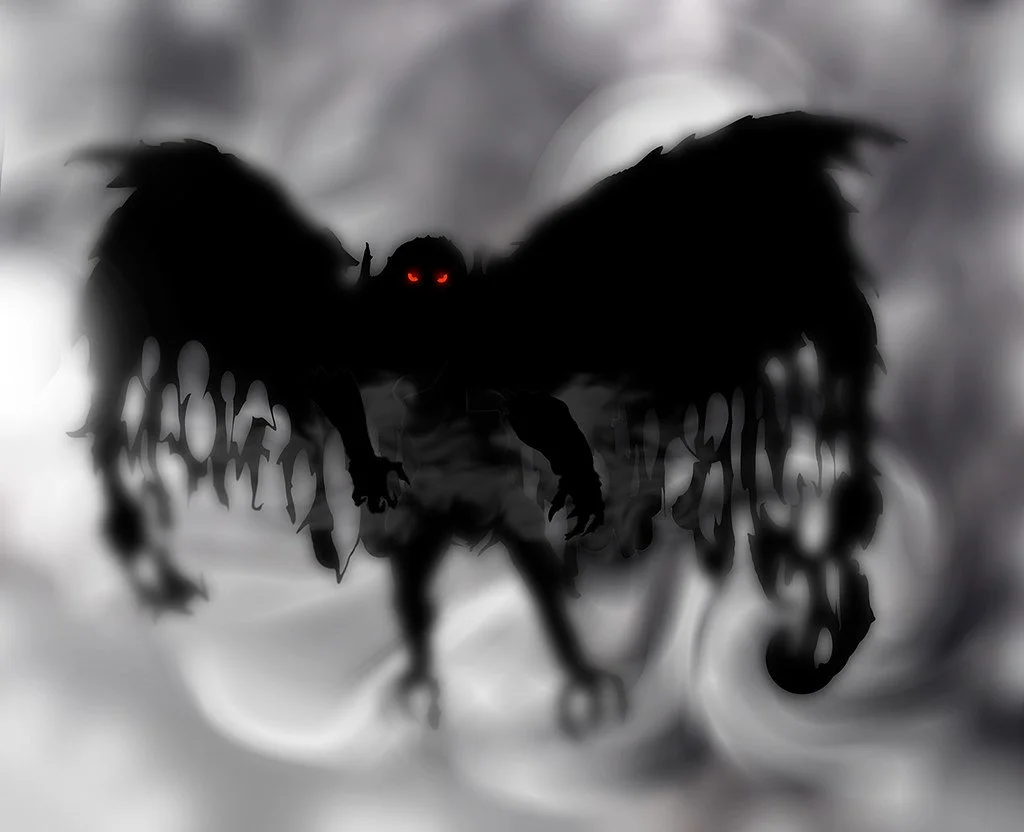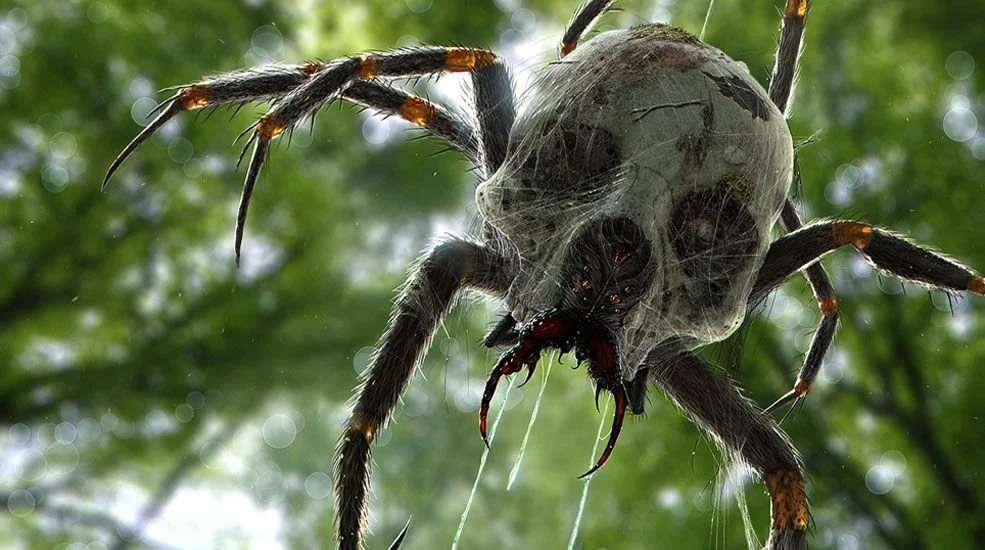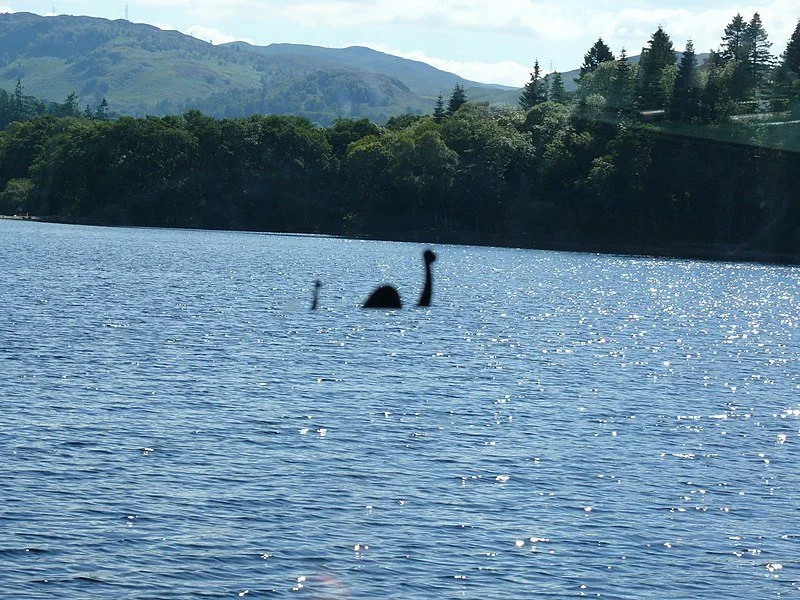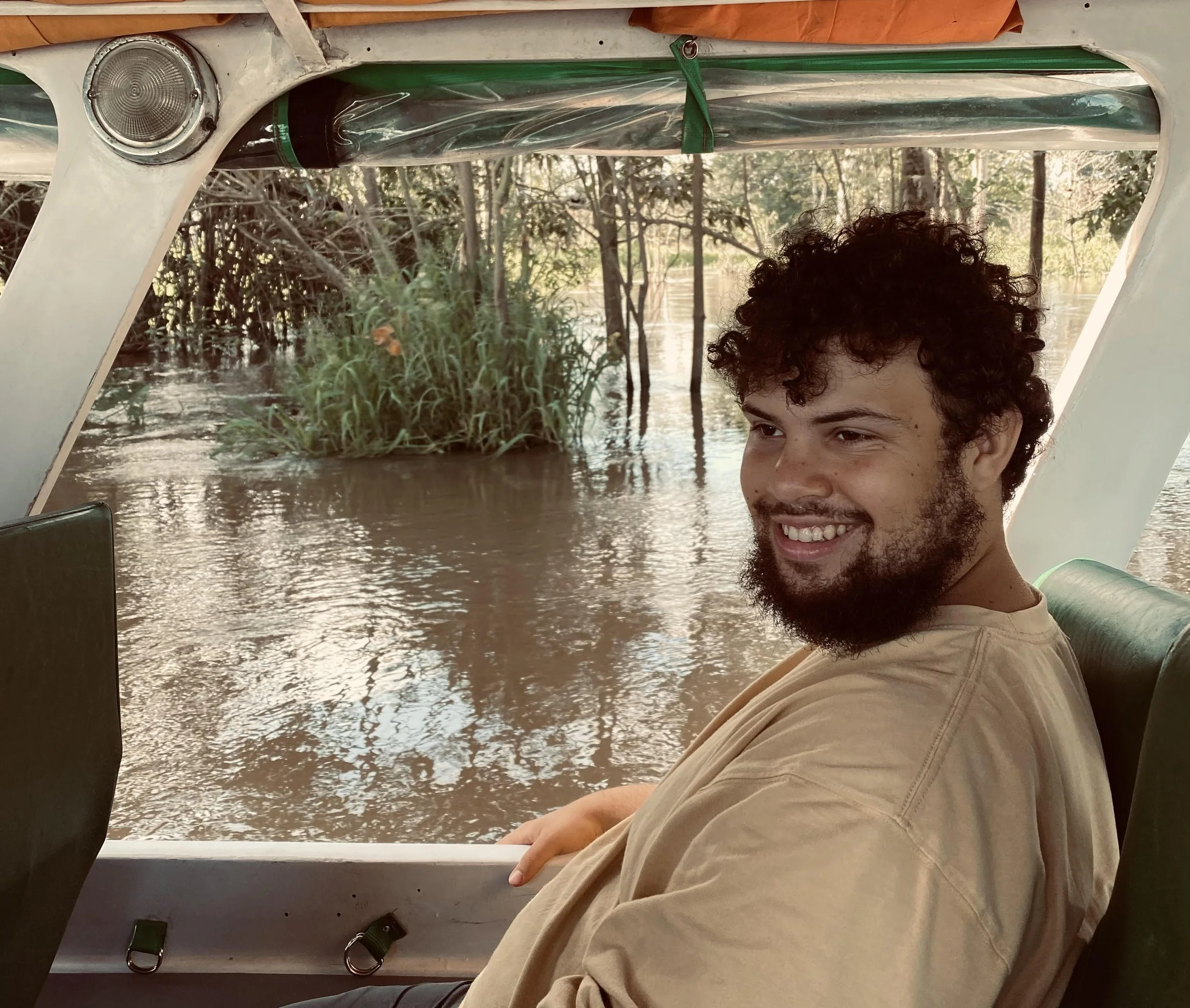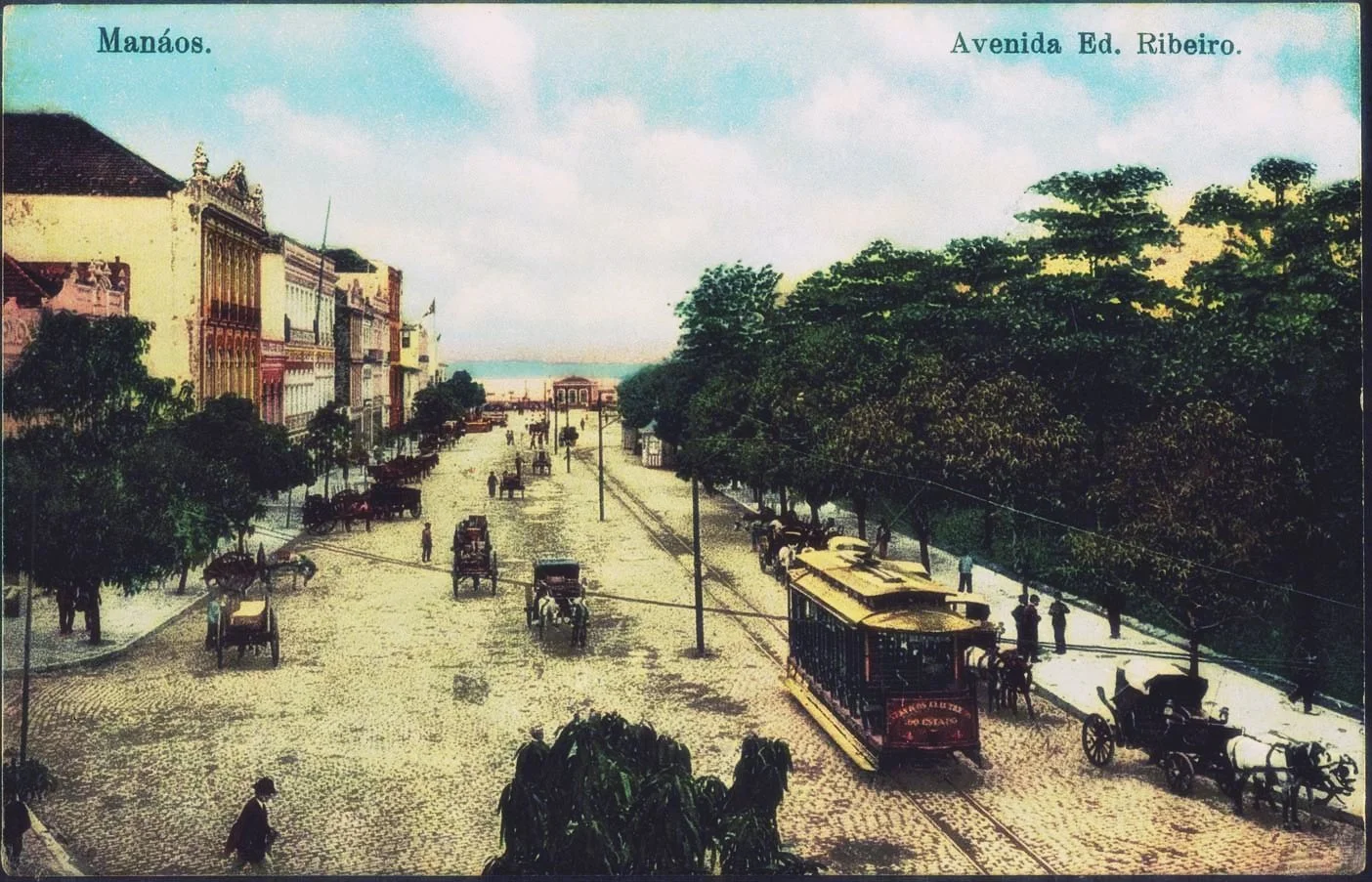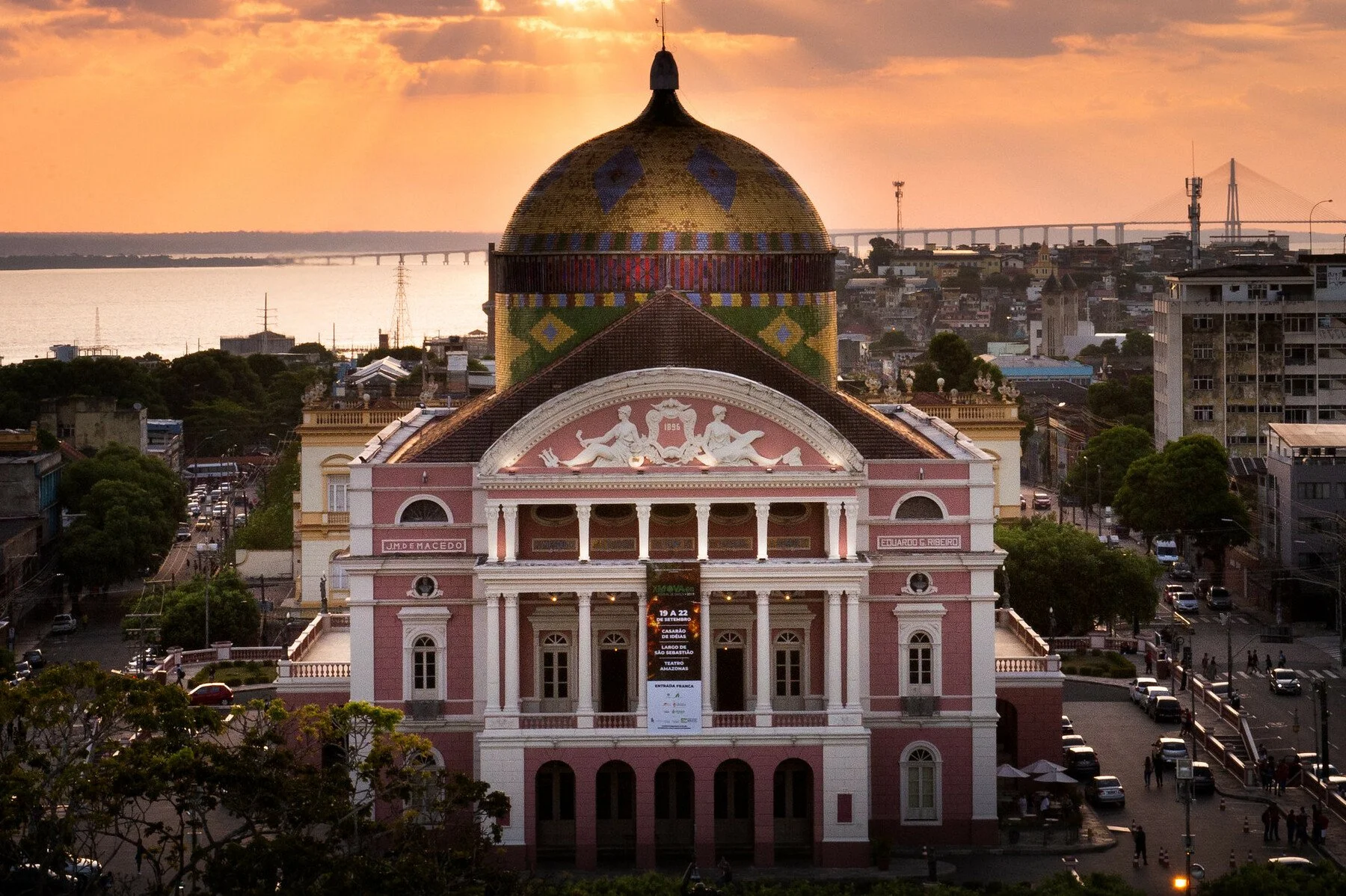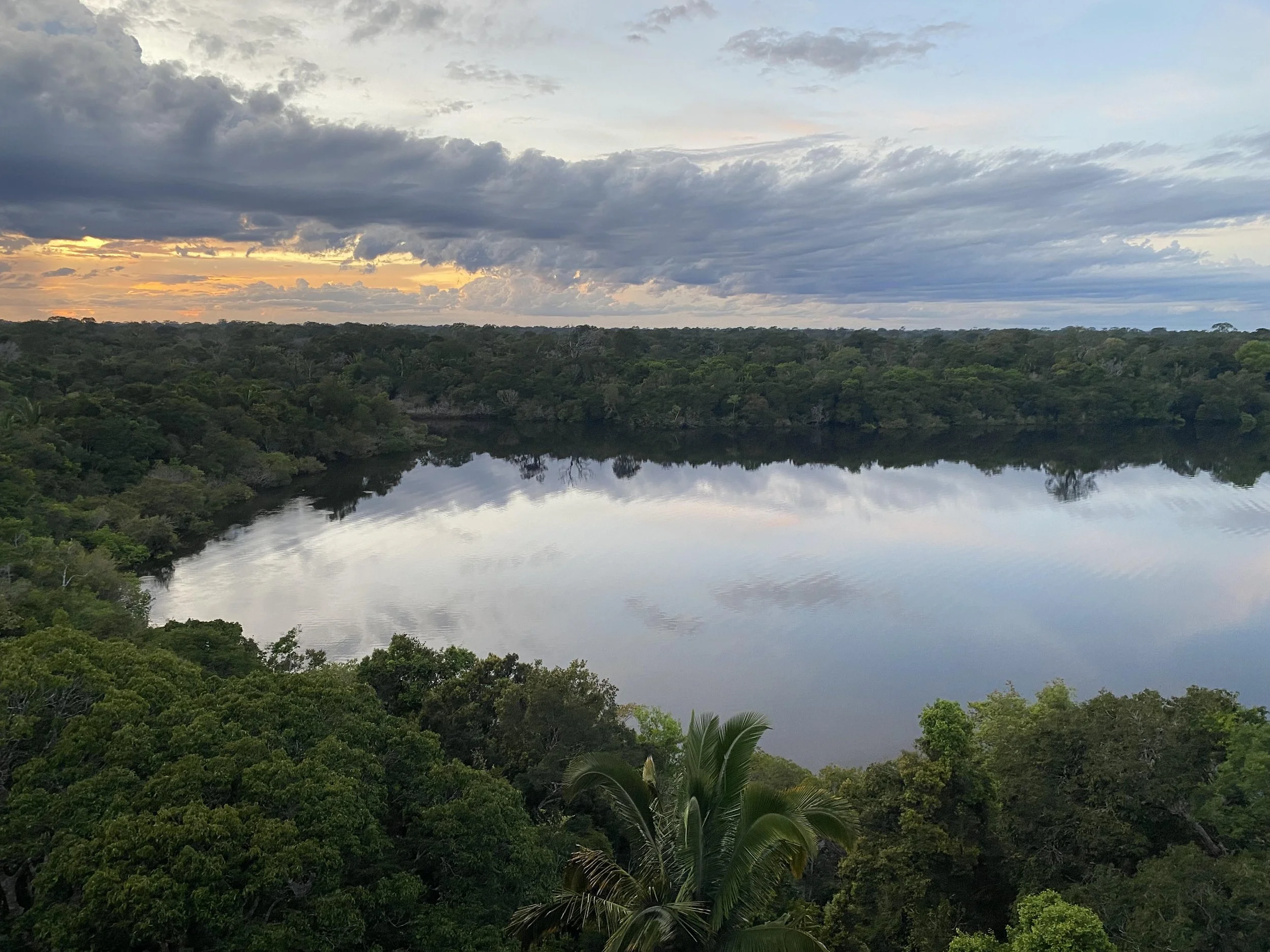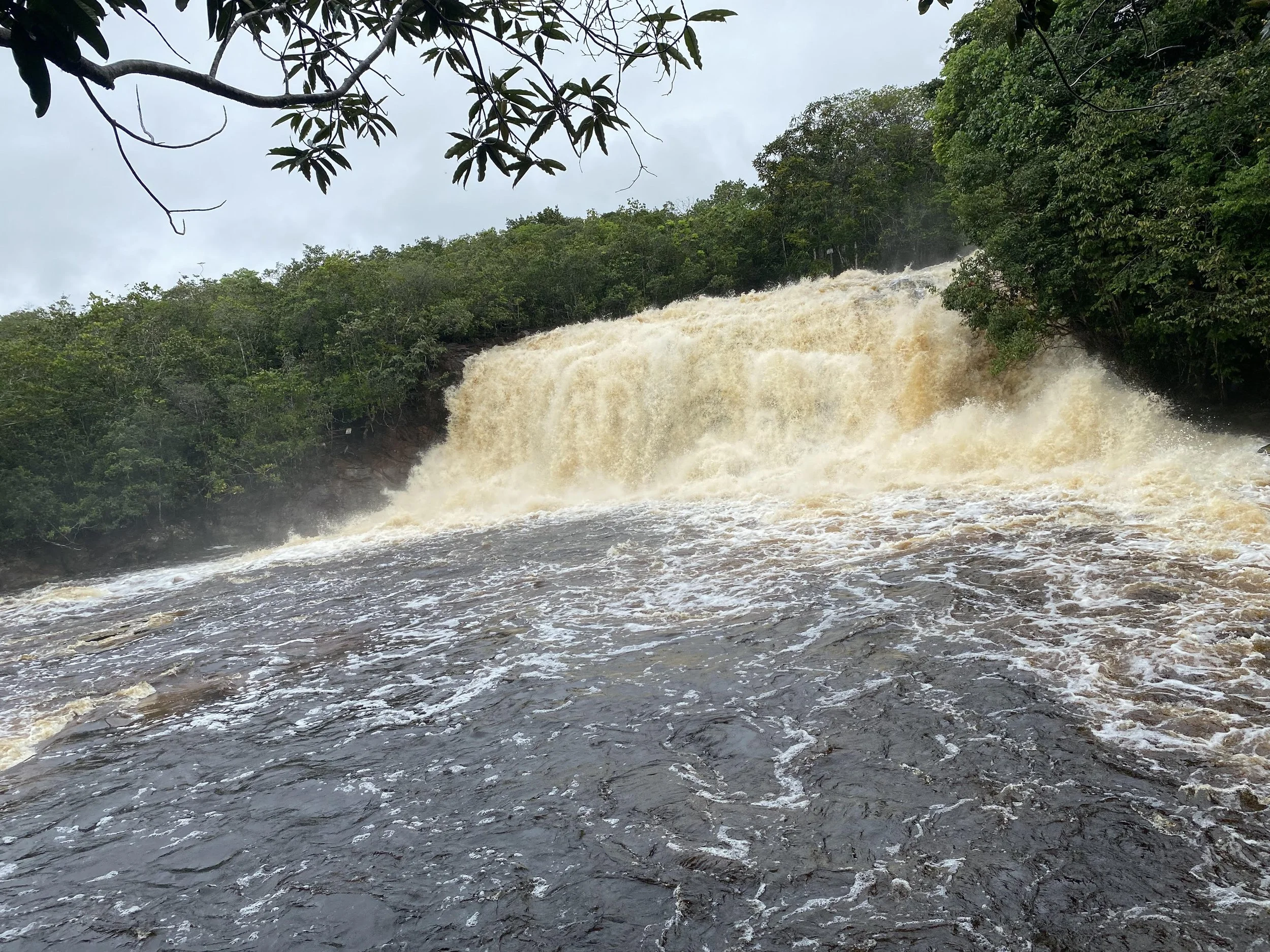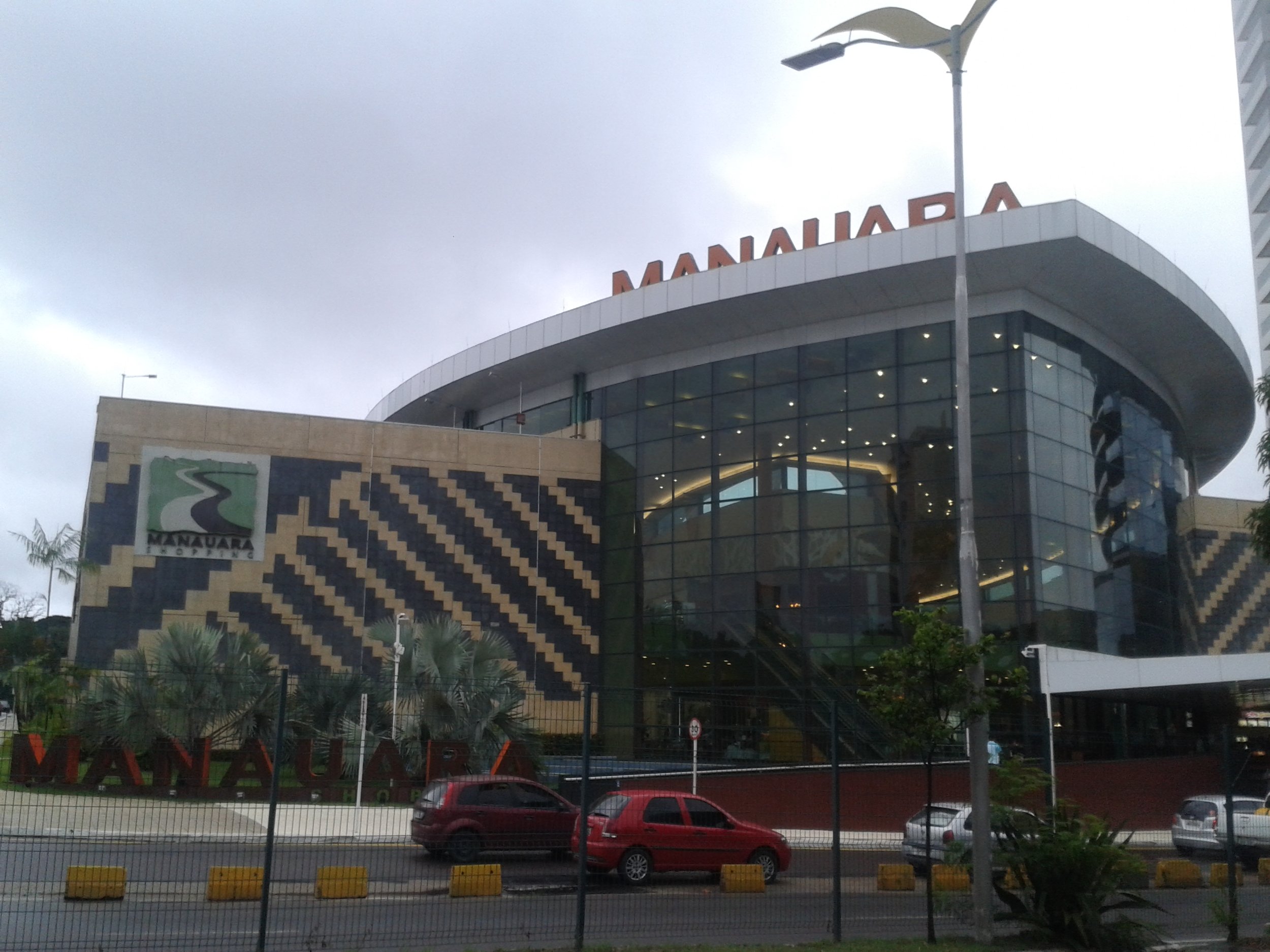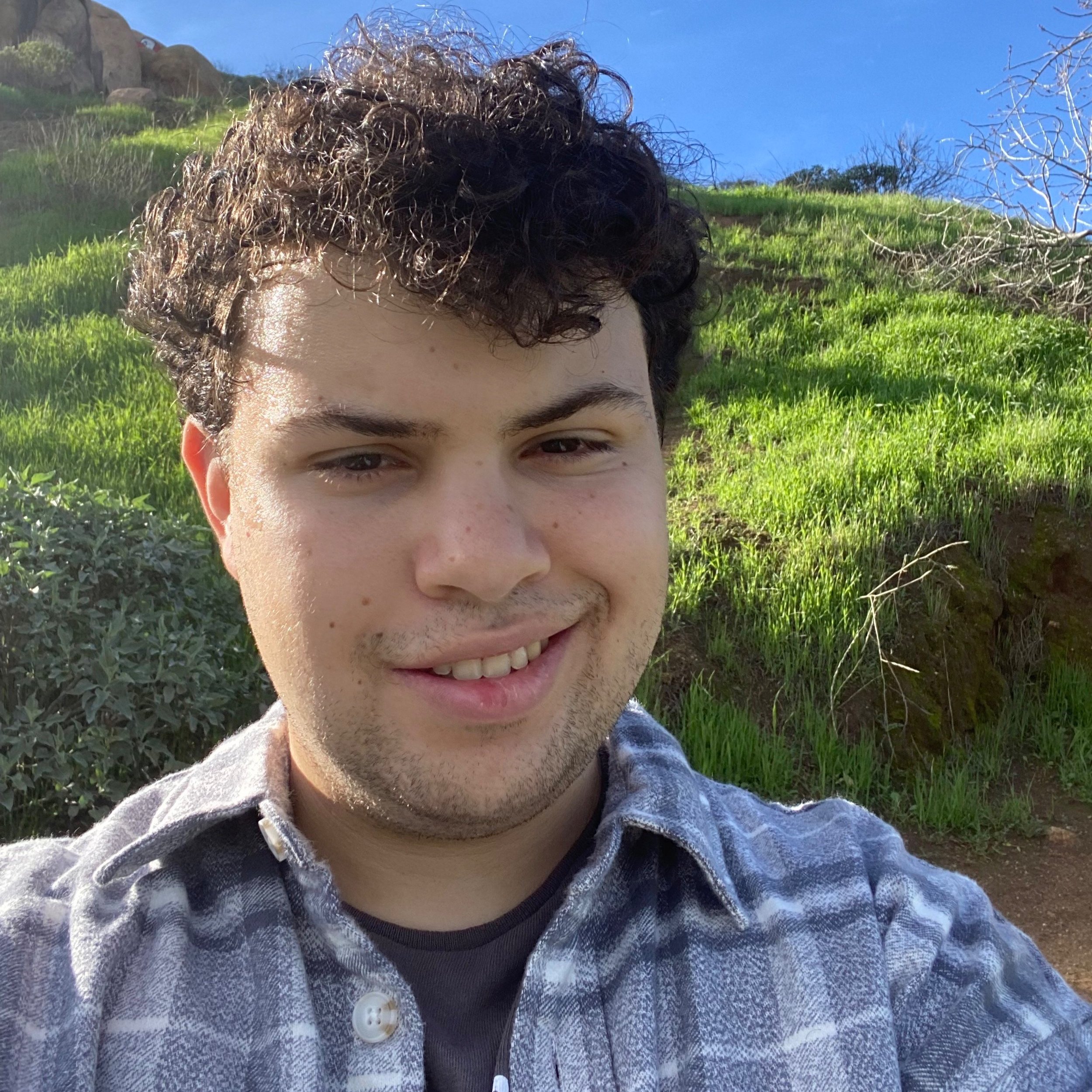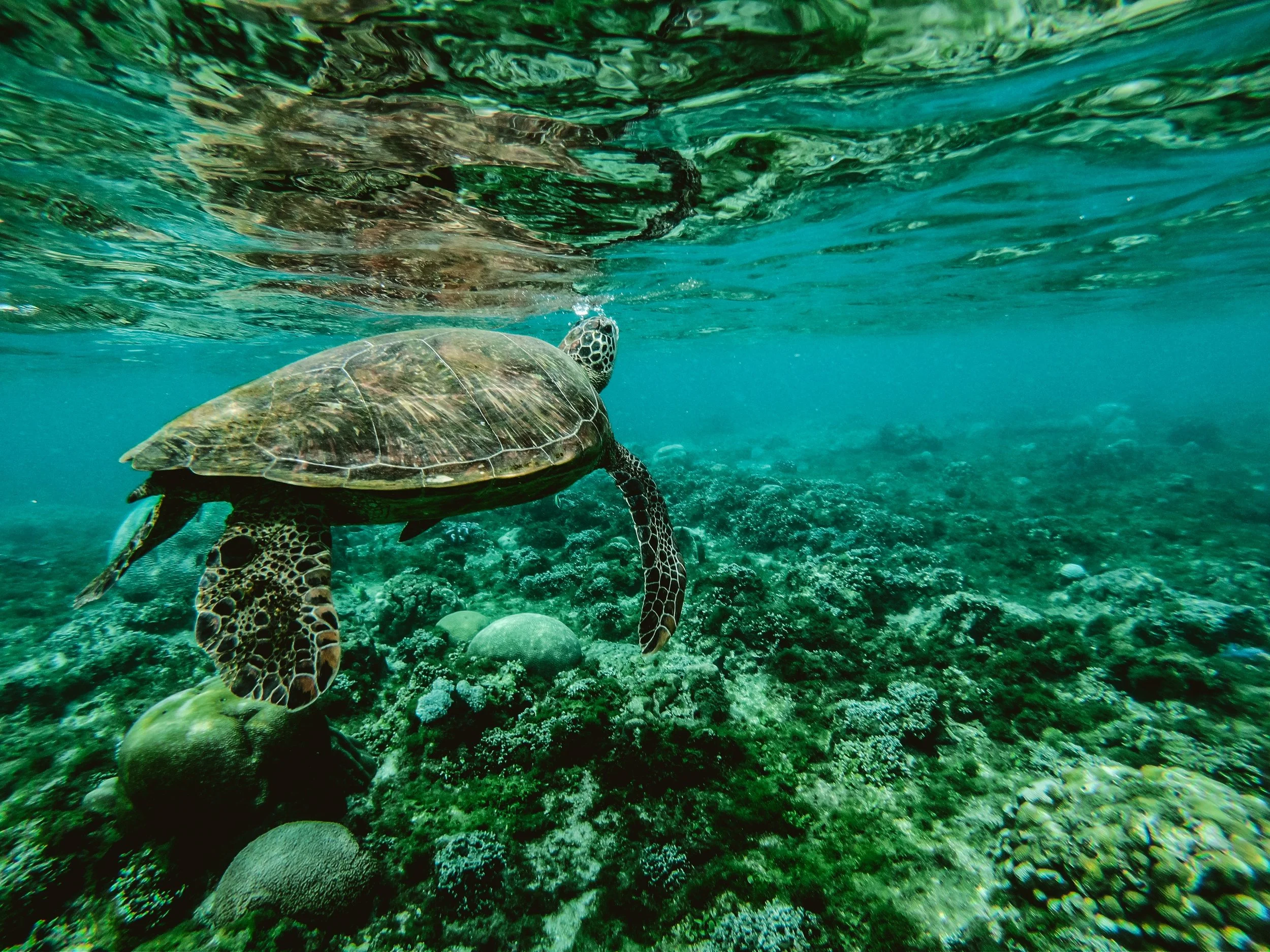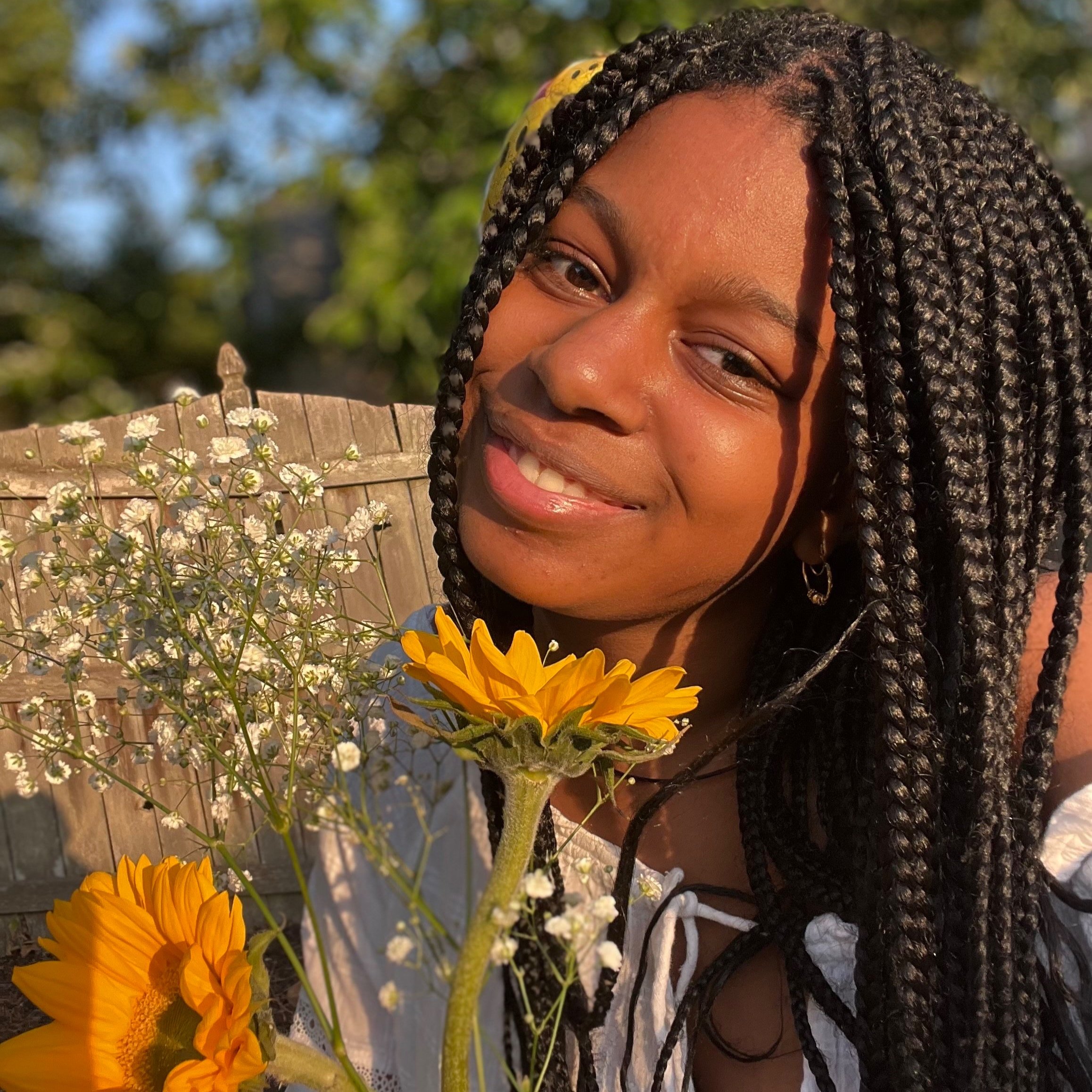Mulberry Mongoose, a Zambian woman-run jewelry shop, turns poaching snares into art.
South Luangwa National Park. Thomas Fuhrmann. CC BY-SA 4.0
Located just 15 minutes from the South Luangwa National Park's main gate in Zambia, Mulberry Mongoose is not just a jewelry brand; it's a movement of conservation, empowerment and creativity. The enterprise's business model is to transform poachers' snare wires into intricate jewelry. The workshop team is composed of 80% women and 100% locals born and raised in Zambia, and has become famous for its innovative methods of production. So far the company has raised over $150,000 for conservation. The story of Mulberry Mongoose is a testament to the power of turning adversity into art, with the motto of "creating beauty from brutality."
Original Snare Necklace. Courtesy of Mulberry Mongoose.
The shop was founded by the English entrepreneur Kate Wilson, who married Dave, a native of Zimbabwe. Before meeting her husband she had never stepped foot on African soil, but given his passion for the African bush, she ended up moving with him to South Luangwa. It was there that she realized her perspective of Africa was fundamentally flawed. Inspired by her own Zambia journey of self-actualization and realization, she decided to set up an ethical craft business that reflected her core values of growth, discipline, care, transparency and joyful bravery.
South Luangwa National Park is famed for its wildlife, having one of the highest concentrations of leopards in Africa. Like many parks in Africa, it struggles to protect its wildlife against poachers. Snare traps are an especially brutal method of hunting used by illegal wildlife poachers. They are the biggest killer of iconic wildlife in Southern Africa, killing tens of thousands of animals each year, including elephants, lions, leopards, giraffes and wild dogs. The traps are set by areas of high wildlife movement such as watering holes to catch antelopes, which are consumed by locals mainly for purpose of selling it on the illegal bushmeat trade. Unfortunately, snare traps are dreadful tools of destruction, they also do not discriminate, and often other animals can trigger the snare, leading to a slow and painful death by strangulation, dislocation, or near decapitation Without veterinary intervention, the animals are certain to perish.
Snare wire traps are collected by rangers and stored in containers across the continent. Mulberry Mongoose has been granted special permission to access the containers. Its team carefully extracts, untangles and cuts the wire into strips, which are then transformed into the materials they use to create their signature jewelry, a process requiring incredible strength and precision. This transformation not only prevents the wires from causing further harm but also turns them into symbols of hope and resilience.
Snare Chain Necklace with White Pearl. Courtesy of Mulberry Mongoose.
The team worked with a Mfuwe carpenter to train the shop’s female artisans to work with the difficult materials. Grace Mwanza, one of the artisans, told National Geographic how the skills she learned at her job enabled her to build her own house. “The process requires incredible strength,” said Kate Wilson, the business’ founder. “We course through nearly 5 steel drill bits per week!”
The project supports conservation efforts as well as local communities. Mulberry Mongoose gift bags are made with colorful chitenge material bought from businesswomen and turned into beautiful gift pouches by Mfuwe tailors. Its artisans use unique materials bought from local entrepreneurs, such as hand-carved wooden beads, seeds, vintage coins, and farmers’ feathers to ensure that their designs are authentically African and benefit their rural communities, while also showcasing the unique beauty of the African bush and the dexterity and ingenuity of African artisans. A portion of the proceeds from their jewelry sales go to NGOs dedicated to protecting wildlife and supporting rangers. The shop has removed 27,000 snare traps from circulation and transformed over 164,000 feet of snare wire into works of art.
Rhino Conservation Snare & Vegetable Ivory Bracelet. Courtesy of Mulberry Mongoose.
The Mulberry Mongoose team is renowned for its passion and hospitality. You can drop into their "Shop Less Ordinary: between 7:00 a.m. and 4:30 p.m. any day of the week. Visitors will receive a warm welcome and a free guided tour of the team's purpose-built workshop and learn their story of conservation, female empowerment, rural African employment and ingenuity. You can even try coiling or hammering poachers’ snare wire yourself! Their shop is a beautiful space with an extraordinary variety of designs, worn by the likes of supermodel Doutzen Kroes, businessman Richard Branson, former president Bill Clinton, and former Secretary of State Hillary Clinton.
“On a typical day, a package will leave our shop for the Mfuwe airport, where the truck drives by a watering hole for hippopotamus and a natural basin where giraffes and elephants meet,” said Wilson. “It may take a bit longer to receive our jewelry, but I want to take people on the journey of why we do what we do—to conserve the species of this pristine wilderness we call home.”
TO GET INVOLVED
Mulberry Mongoose: Visit the website to learn more about Mulberry Mongoose’s team and story and to shop online. If you are lucky enough to travel to the South Luangwa you can visit the shop itself to learn firsthand from the passionate members. Their site also includes an online shop, with the proceeds benefiting the local community and conservation efforts. They ship orders from their remote workshop anywhere in the world in under 14 days. They also stock ethical retail businesses including conservation shops and safari boutiques. Last you can follow them on Instagram or Facebook as Mulberry Mongoose.
Conservation South Luangwa: This organization’s mission is to work with community and conservation partners in the protection of the wildlife and habitats of the South Luangwa ecosystem. Their goal is to ensure the long-term survival of wildlife and habitats in South Luangwa under the custodianship of the Zambian people. Their site includes information about getting involved and donating.
Zambian Carnivore Programme: This organization seeks to conserve Zambia’s large carnivores and the ecosystems they reside in through science, action and strengthening local leadership. ZCP hopes to create restored and thriving ecosystems that are collaboratively conserved by local communities, scientists and policy-makers through evidence-based approaches. Its website includes information about getting involved and donating.
Conservation Lower Zambezi: Conservation Lower Zambezi is an NGO committed to the conservation of wildlife and the environment in Lower Zambezi, Zambia, and was founded in 1994 to provide support to the Department of National Parks and Wildlife and help it fulfill its mandate to mitigate threats to wildlife from poaching in the region. The organization's website has information about getting involved and donating.
Rebecca Pitcairn
Rebecca studies Italian Language and Literature, Classical Civilizations, and English Writing at the University of Pittsburgh. She hopes to one day attain a PhD in Classical Archeology. She is passionate about feminism and climate justice. She enjoys reading, playing the lyre, and longboarding in her free time.



